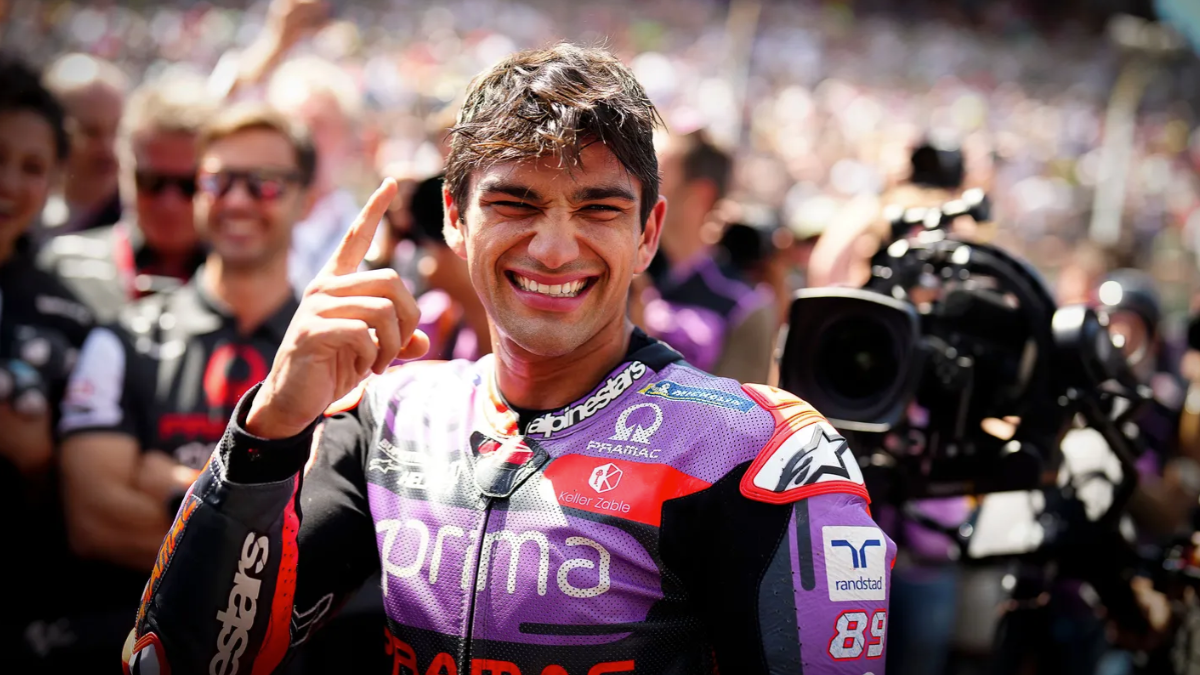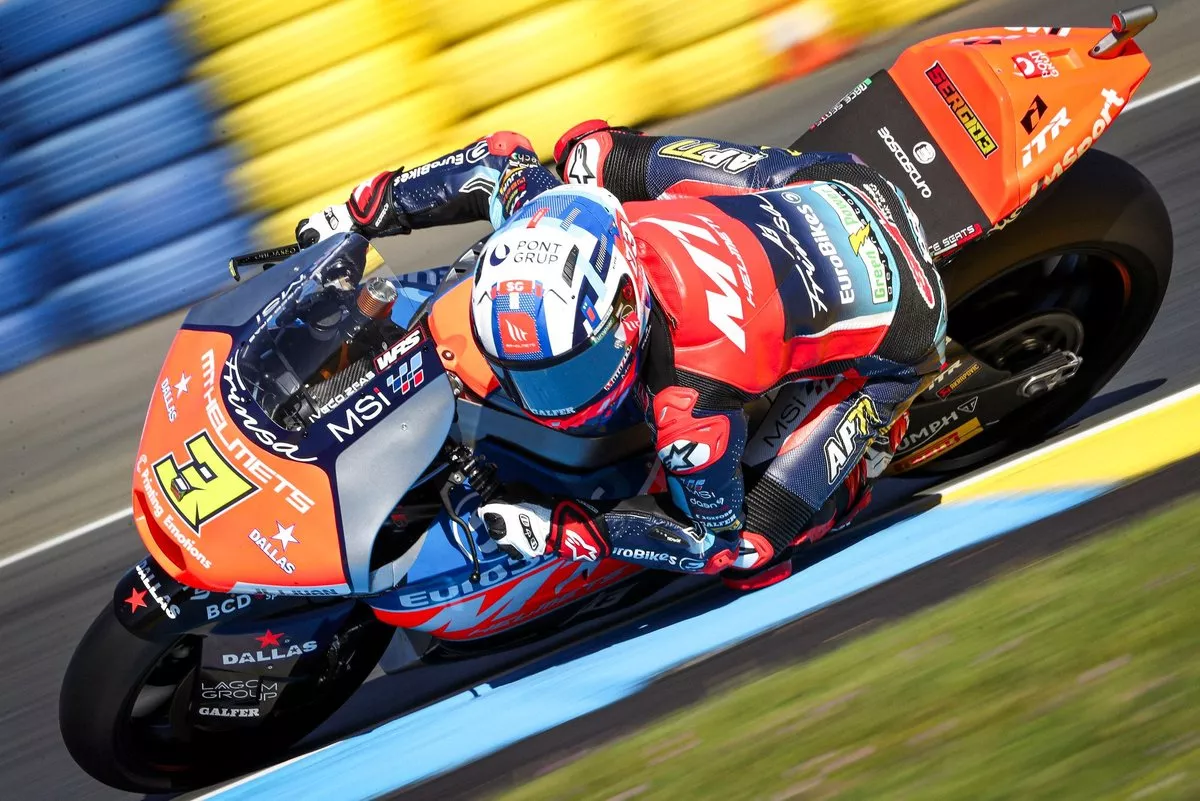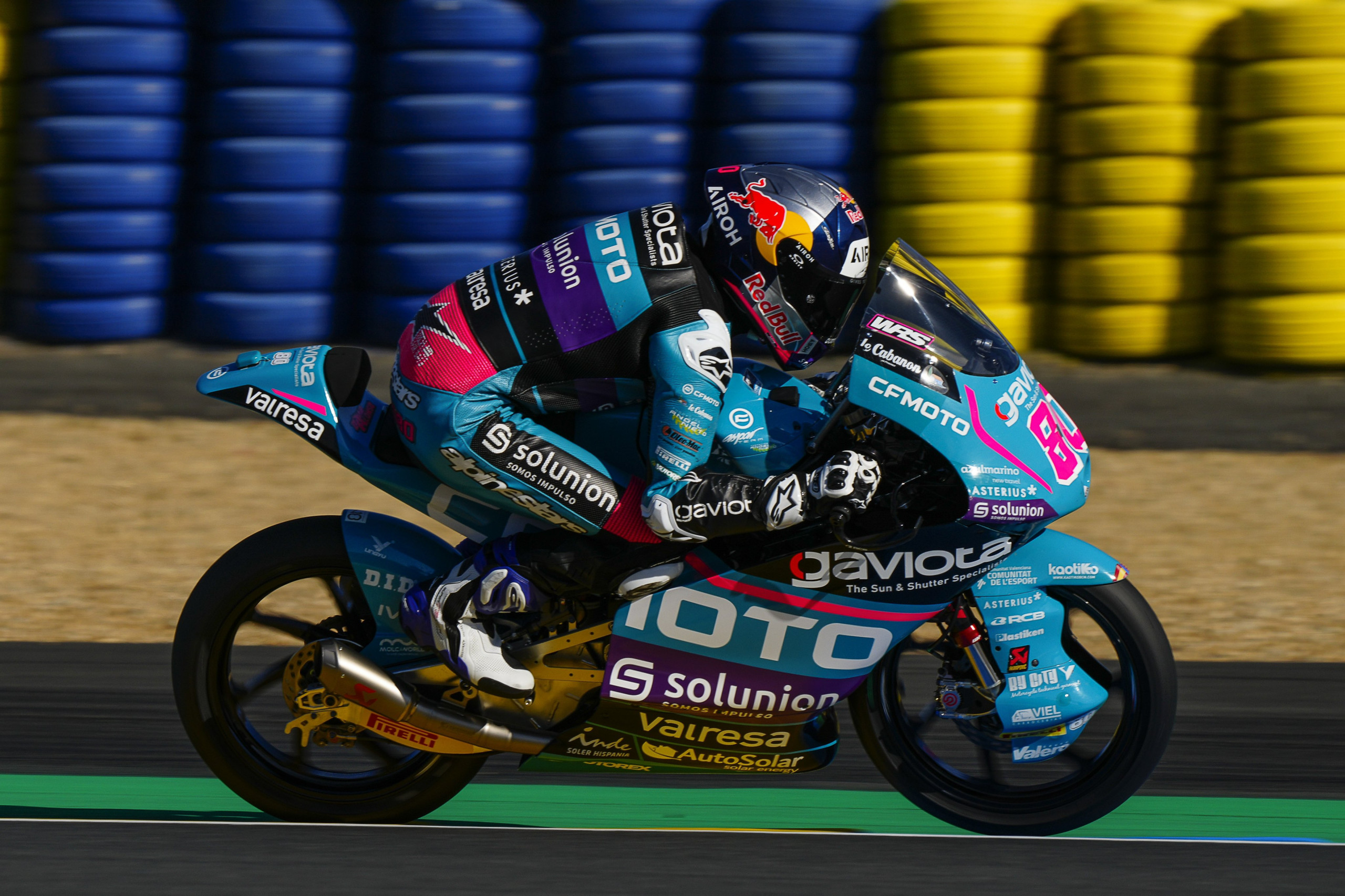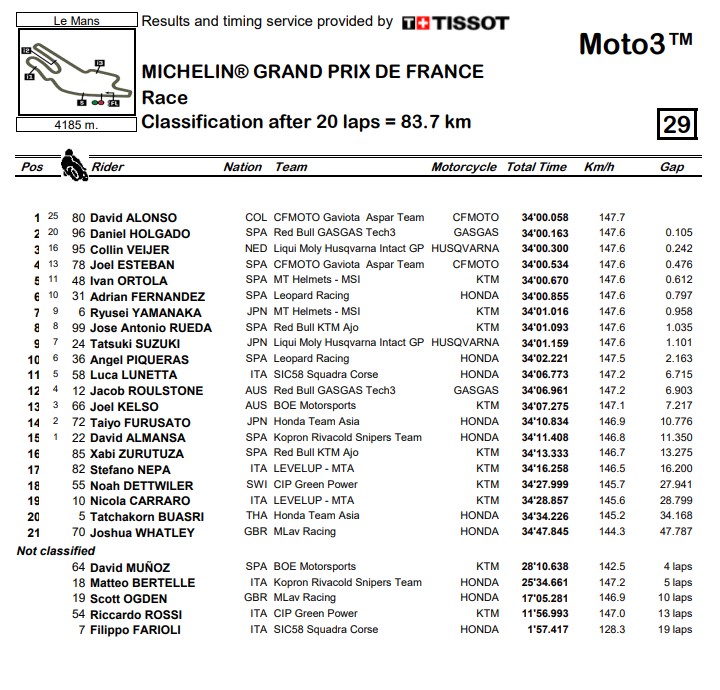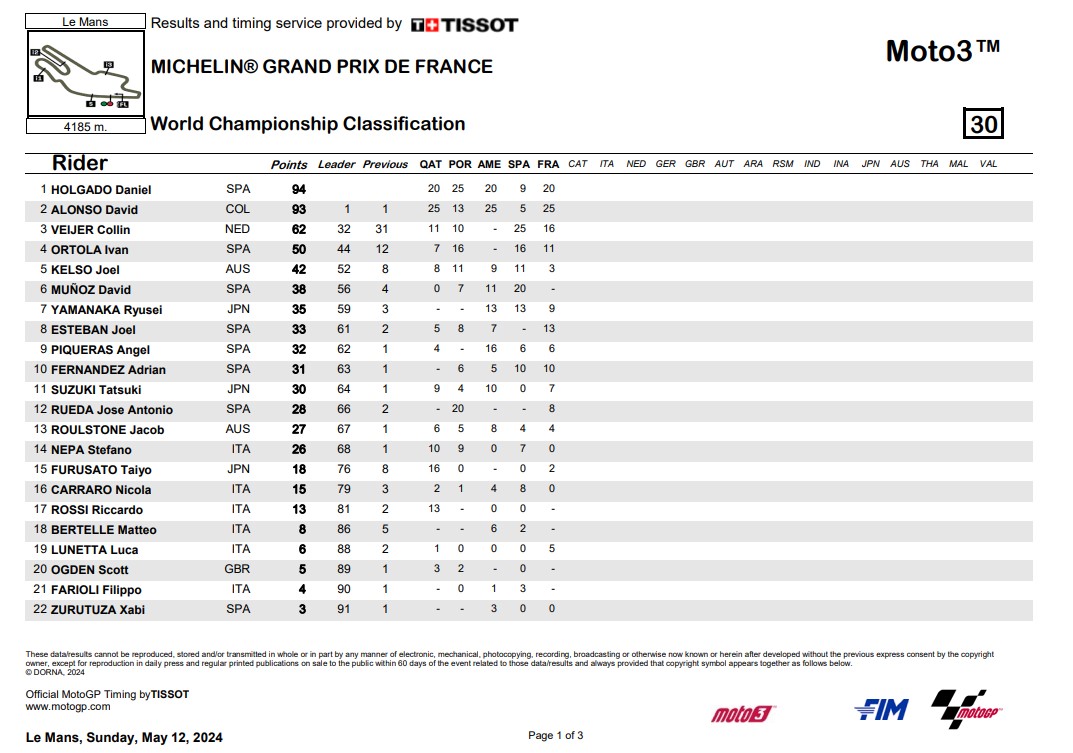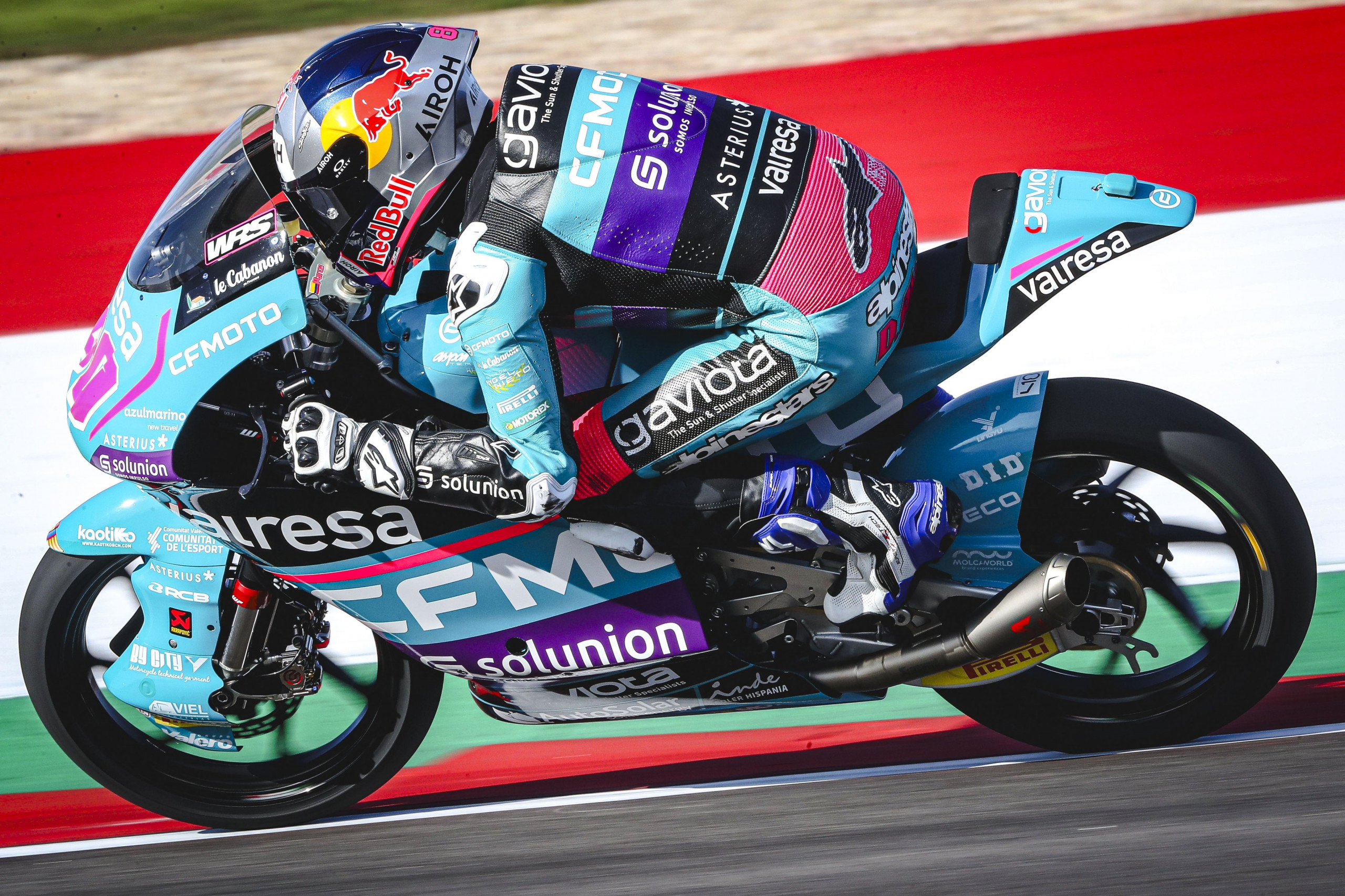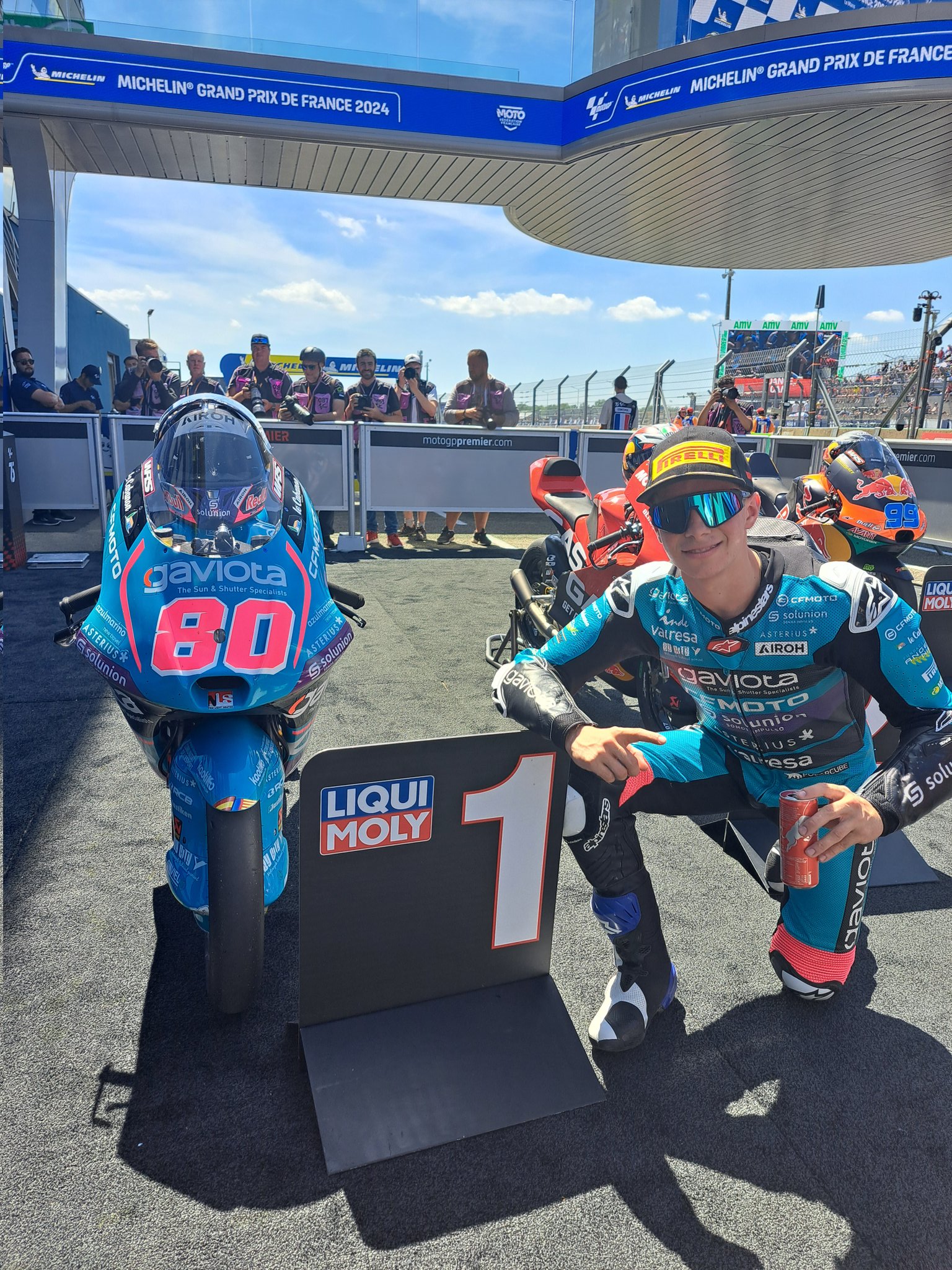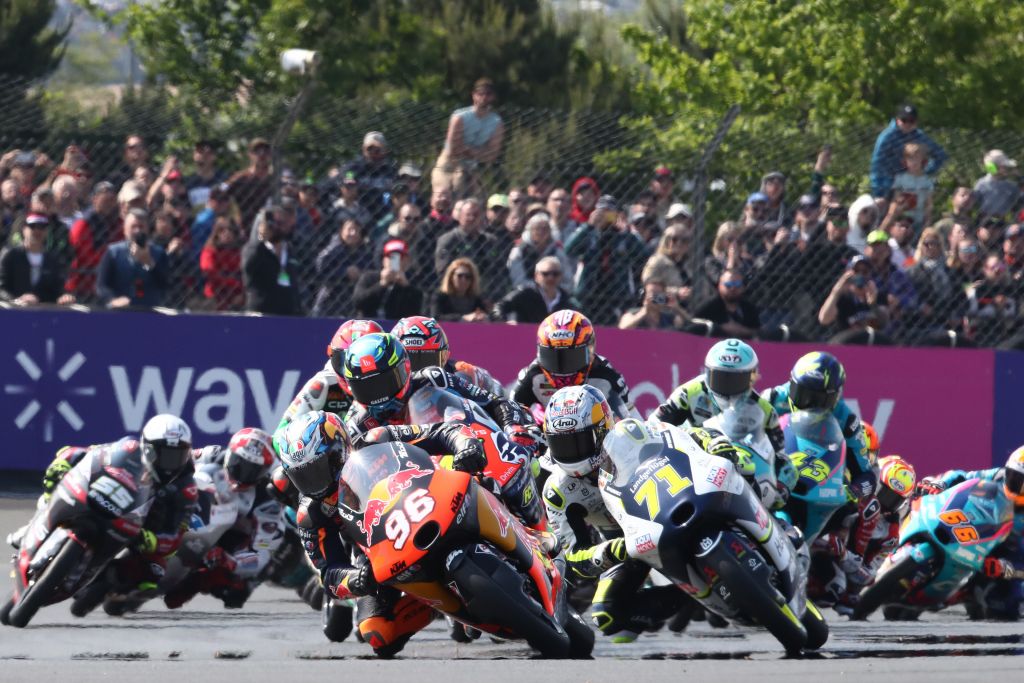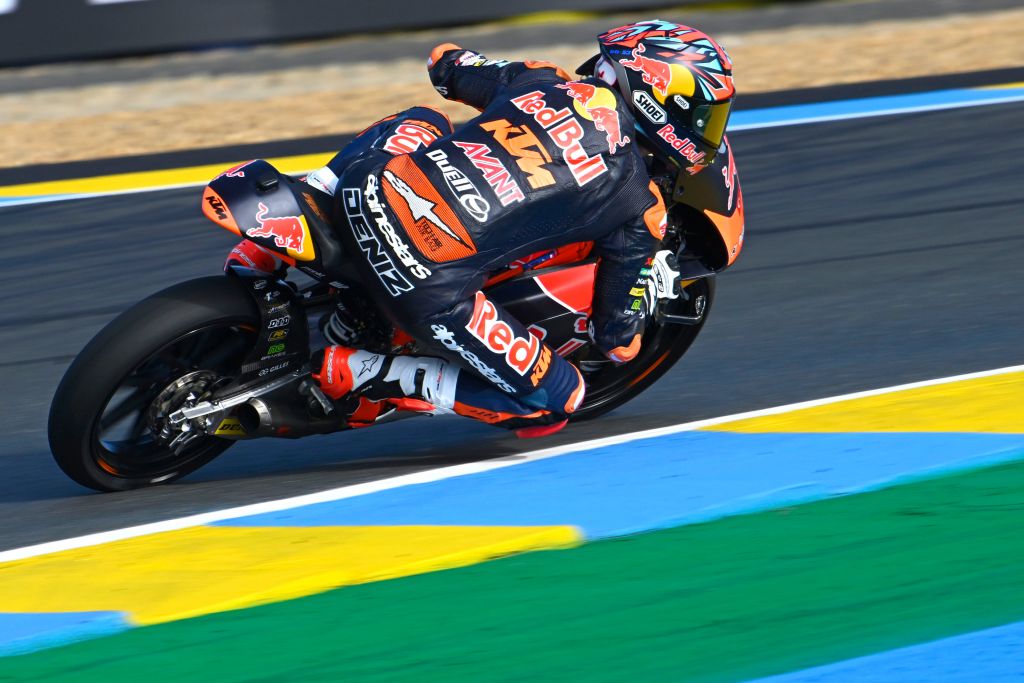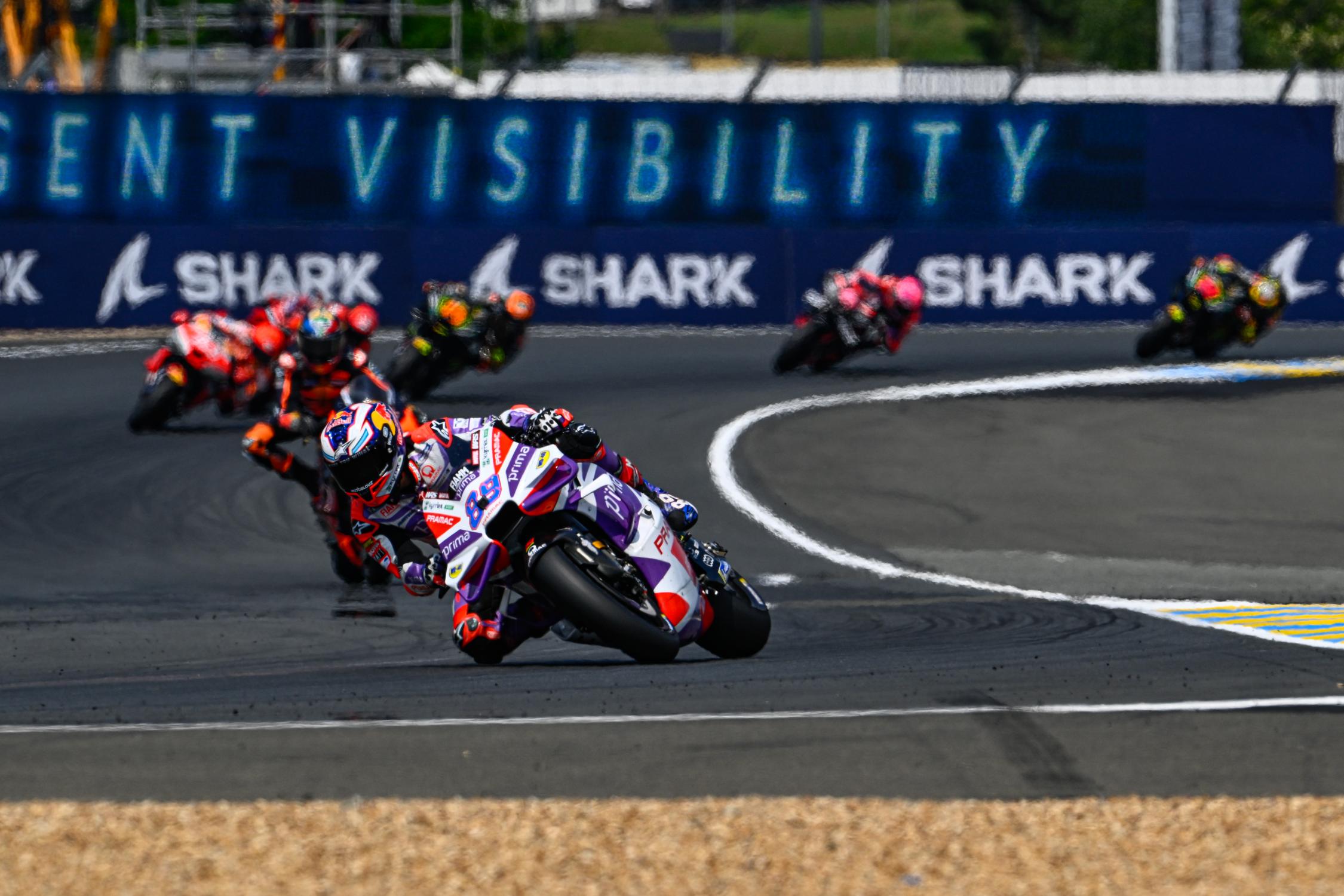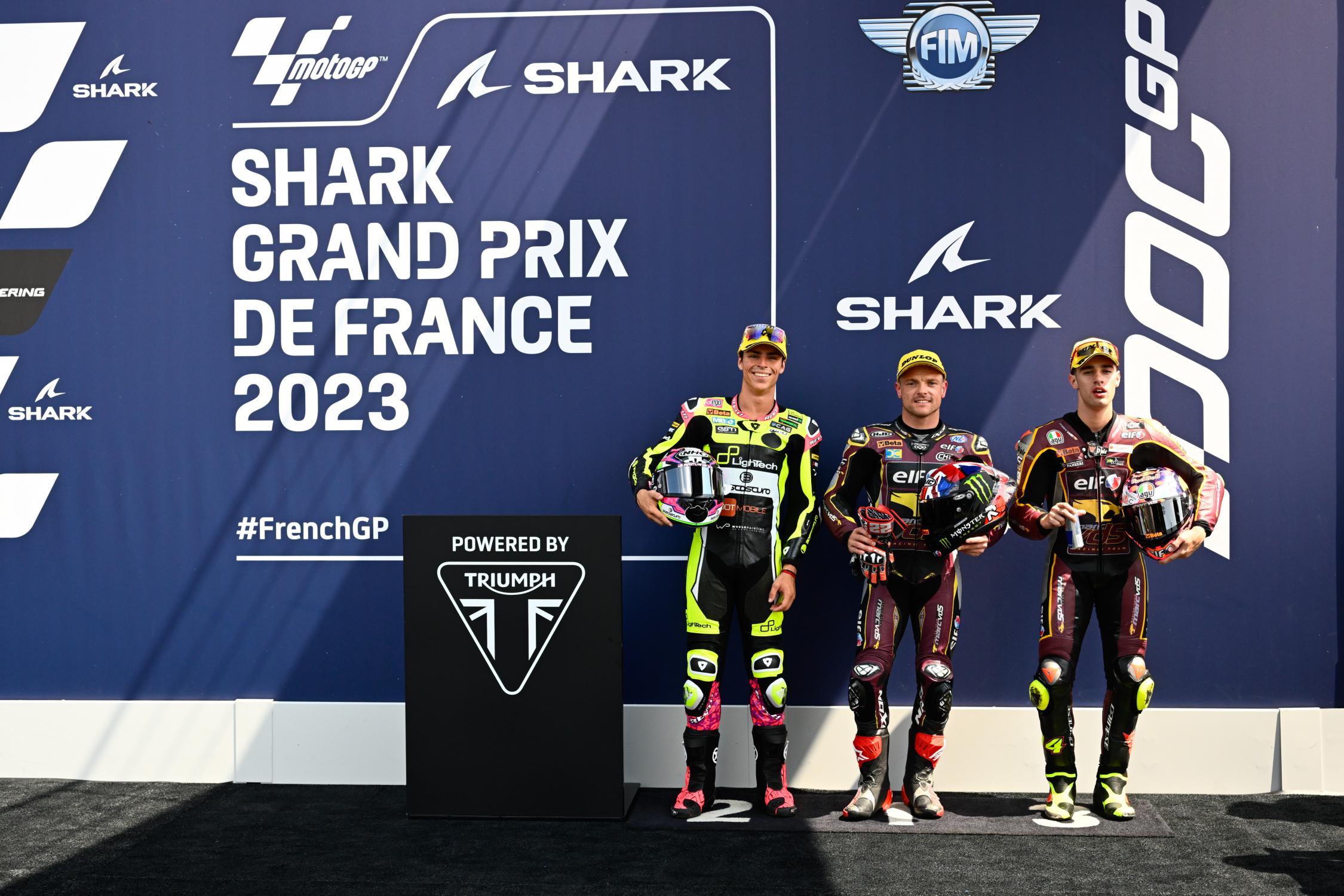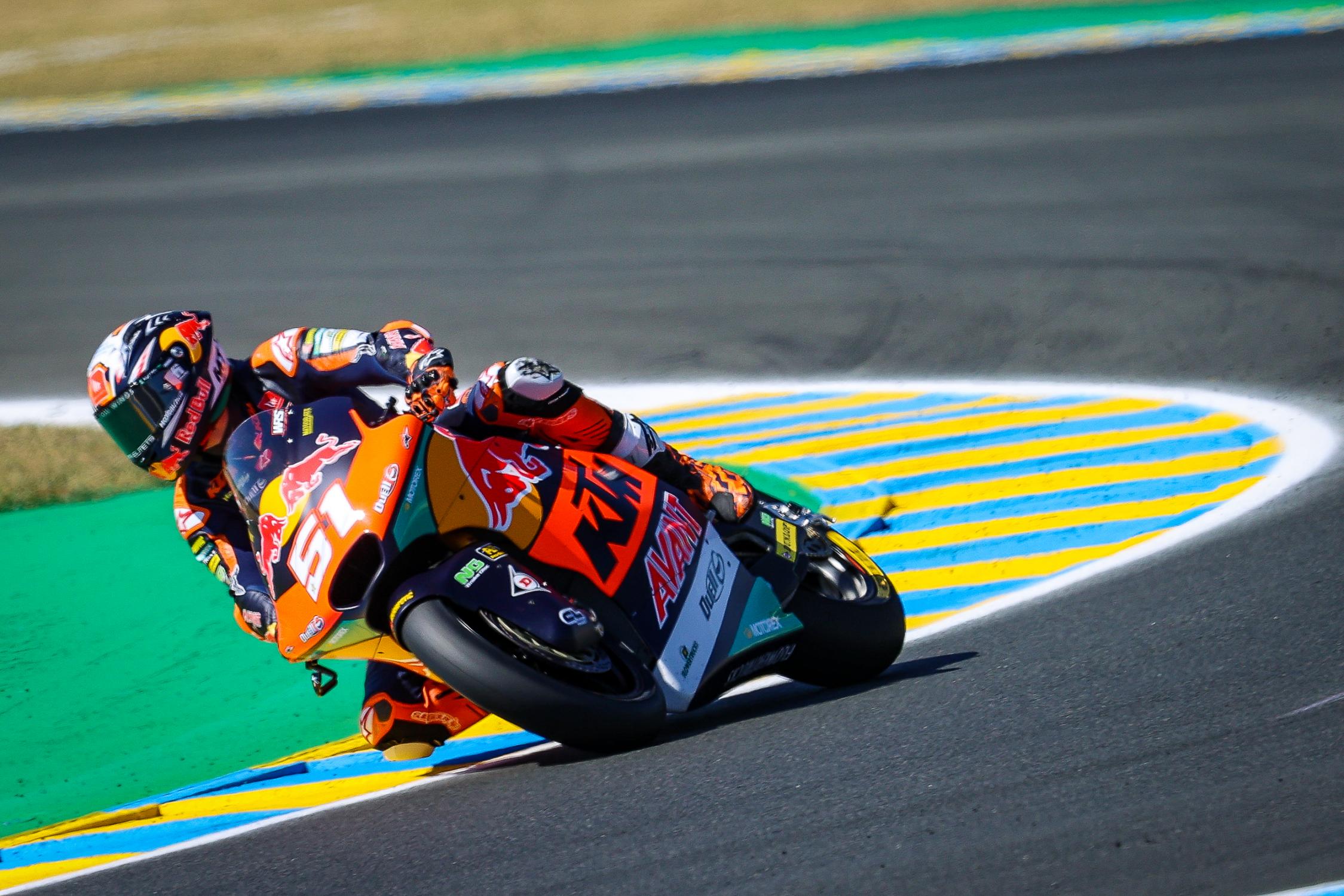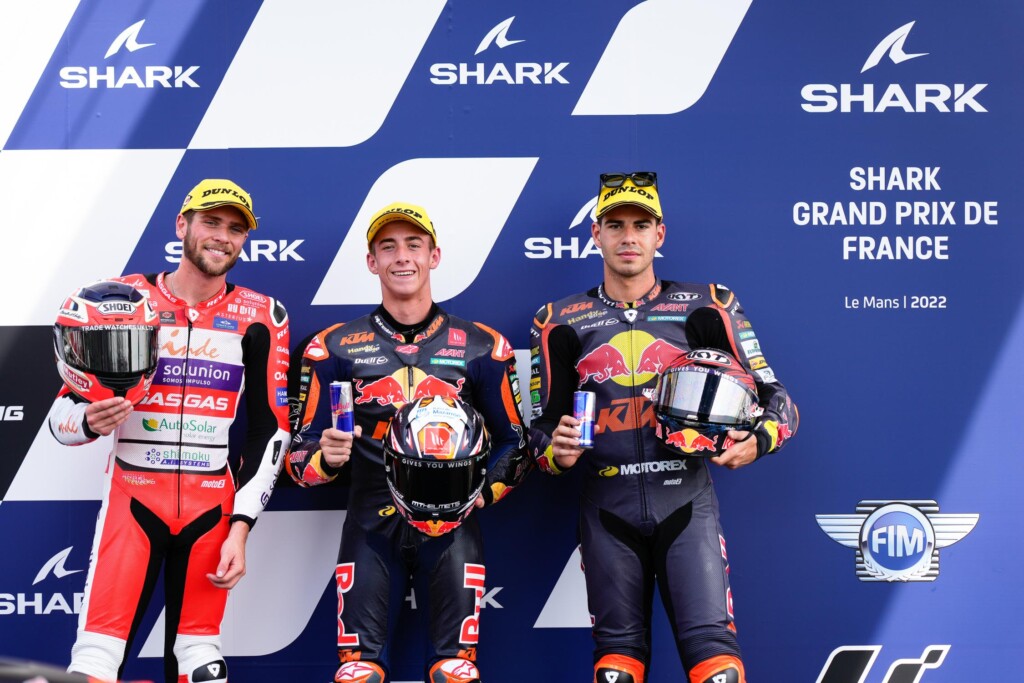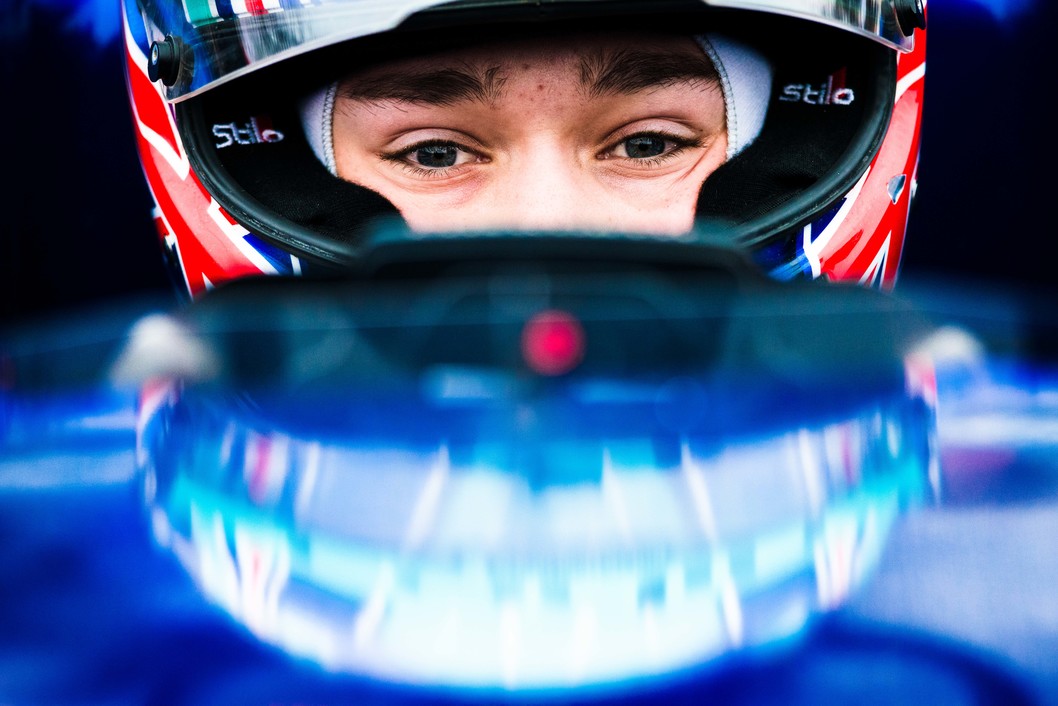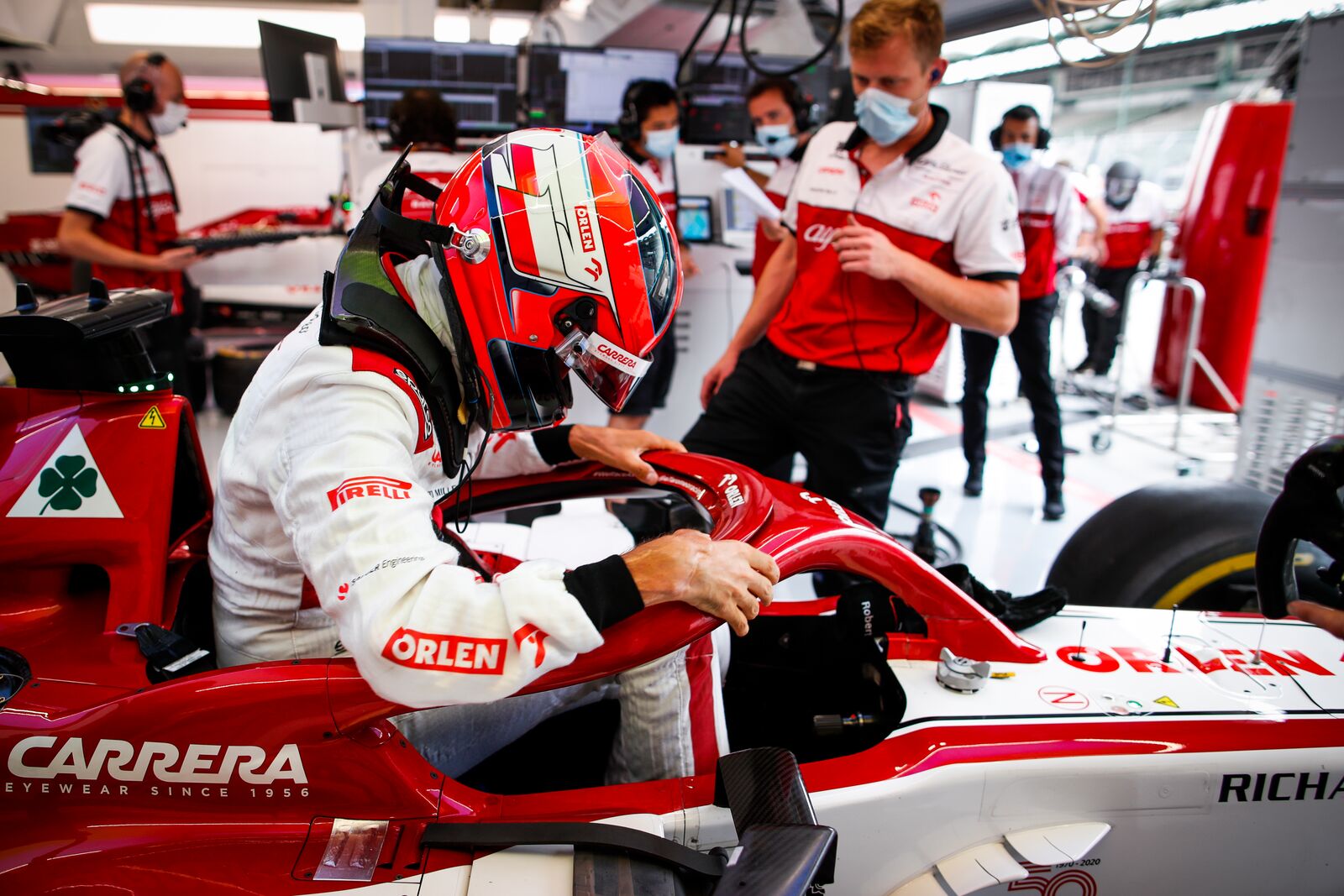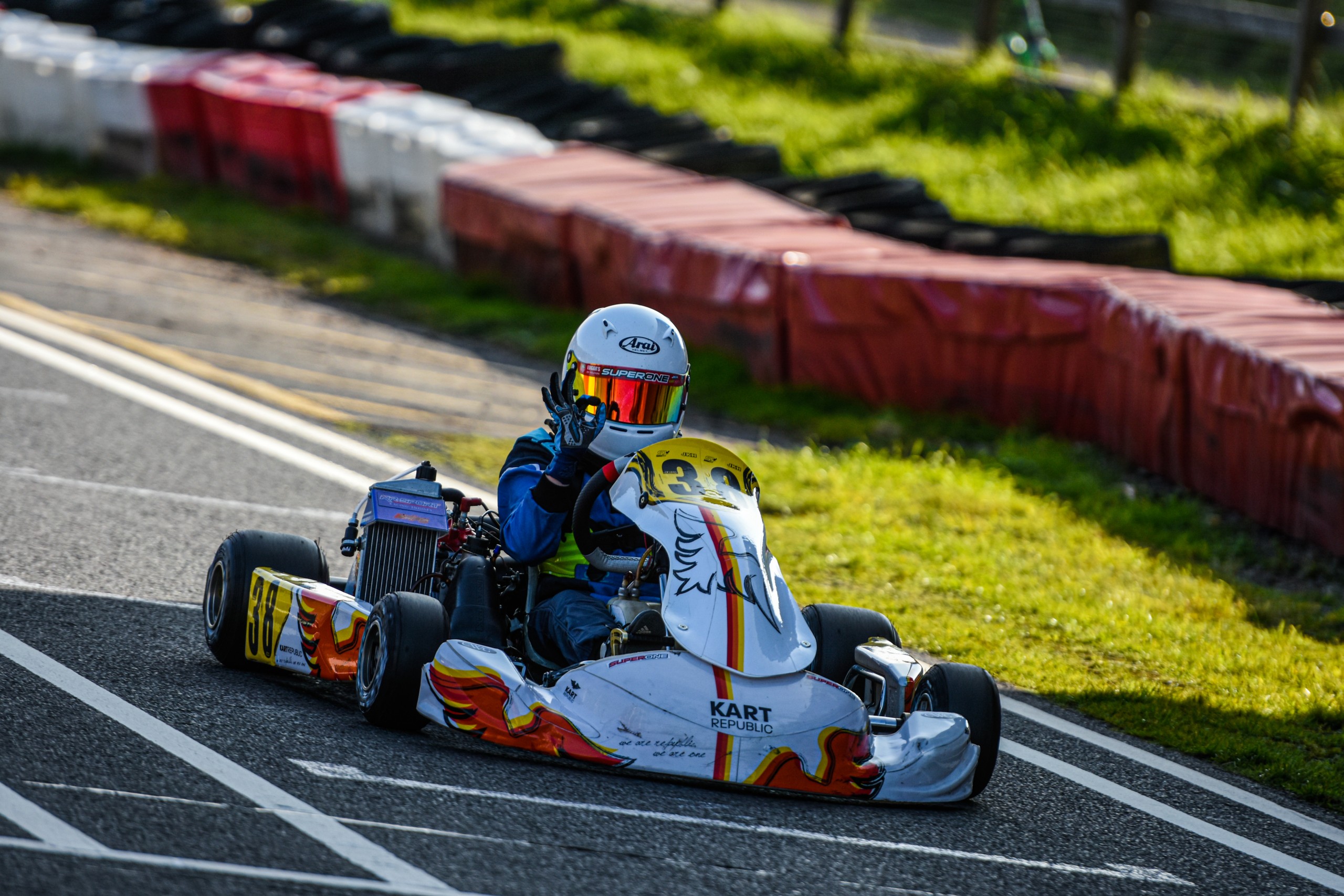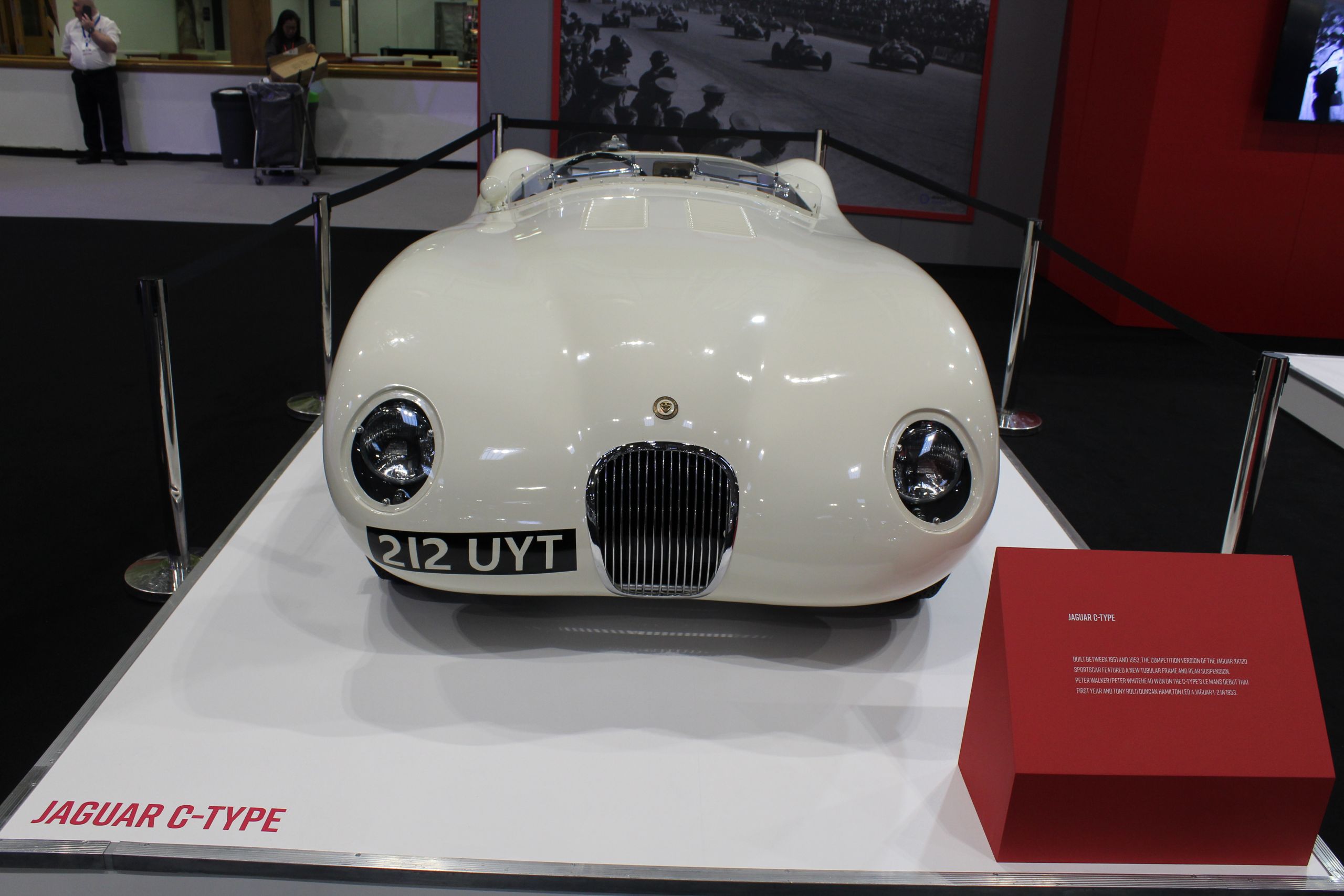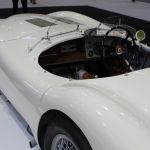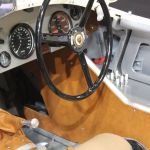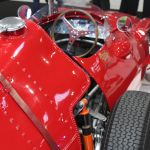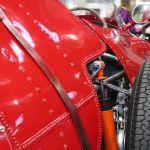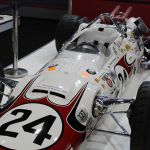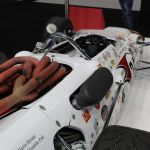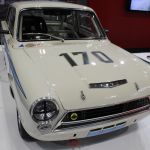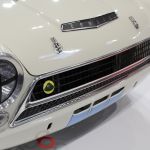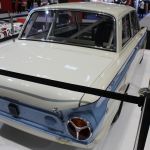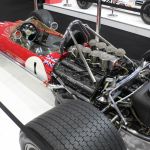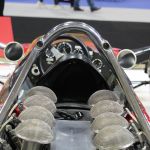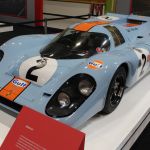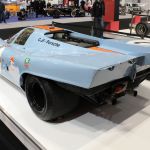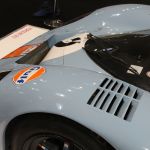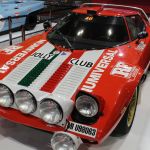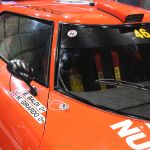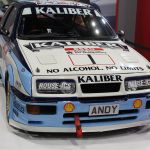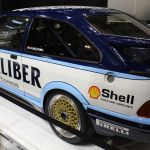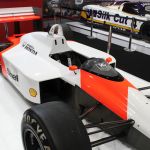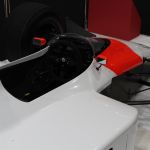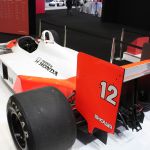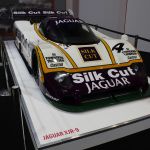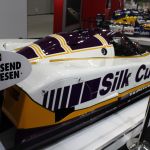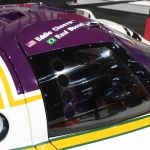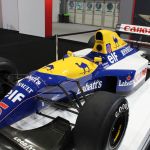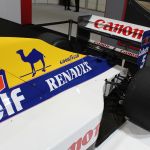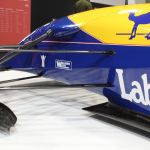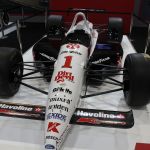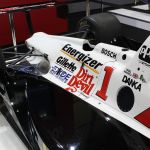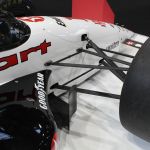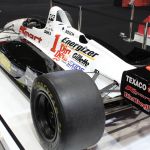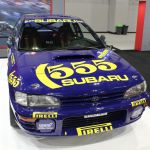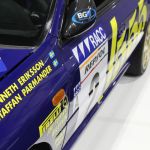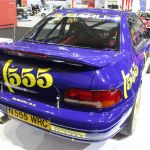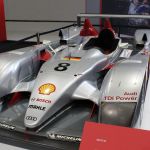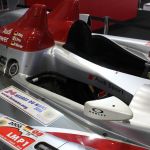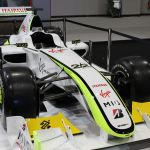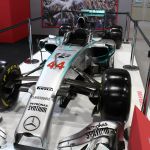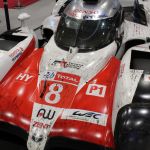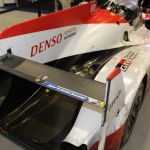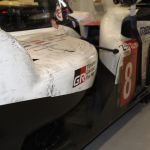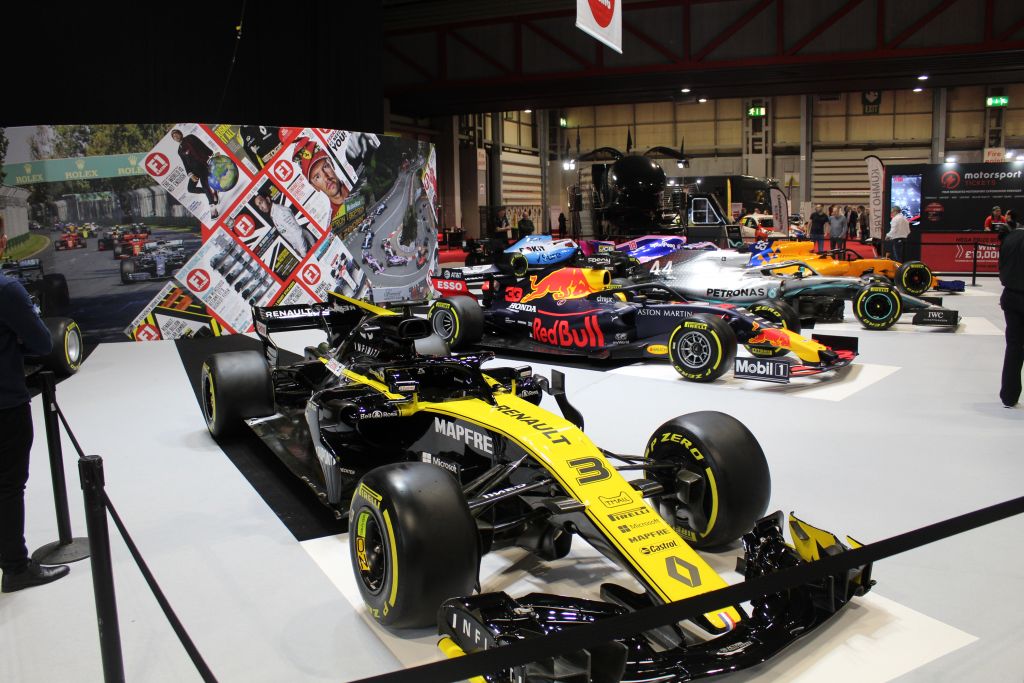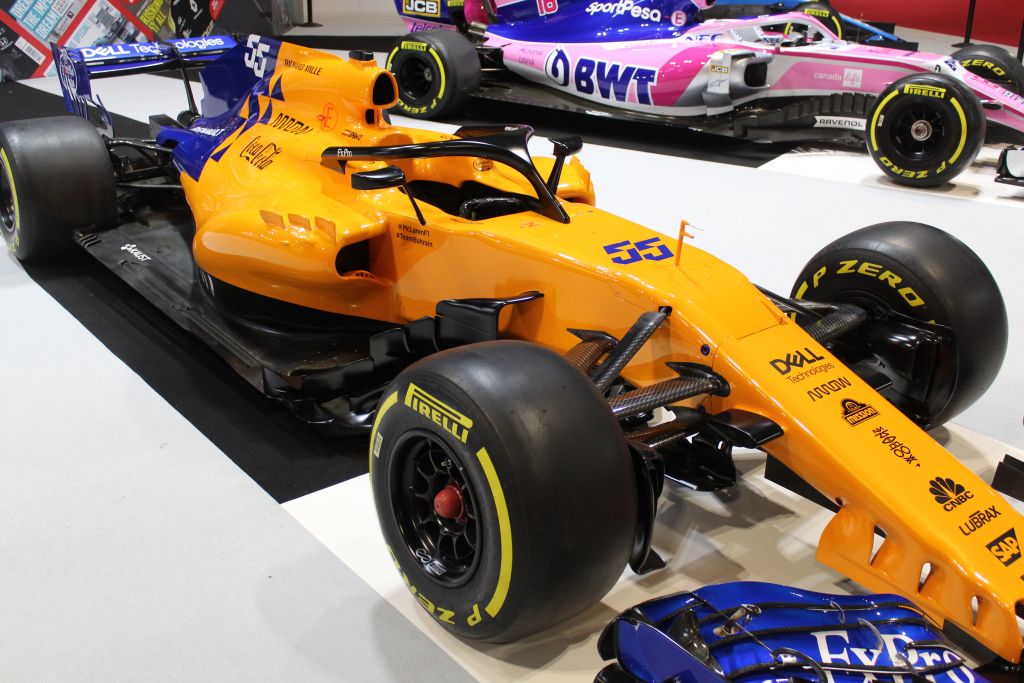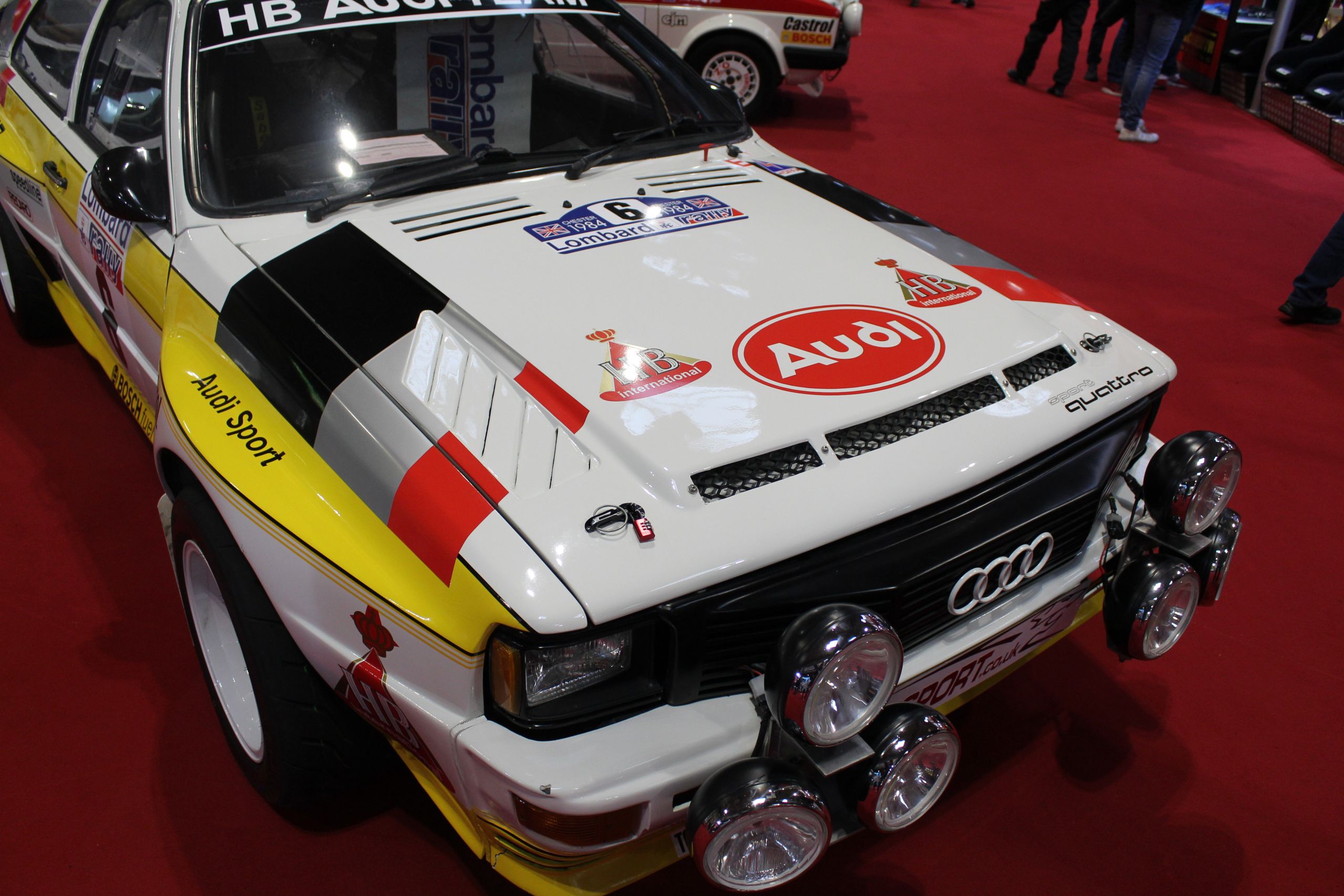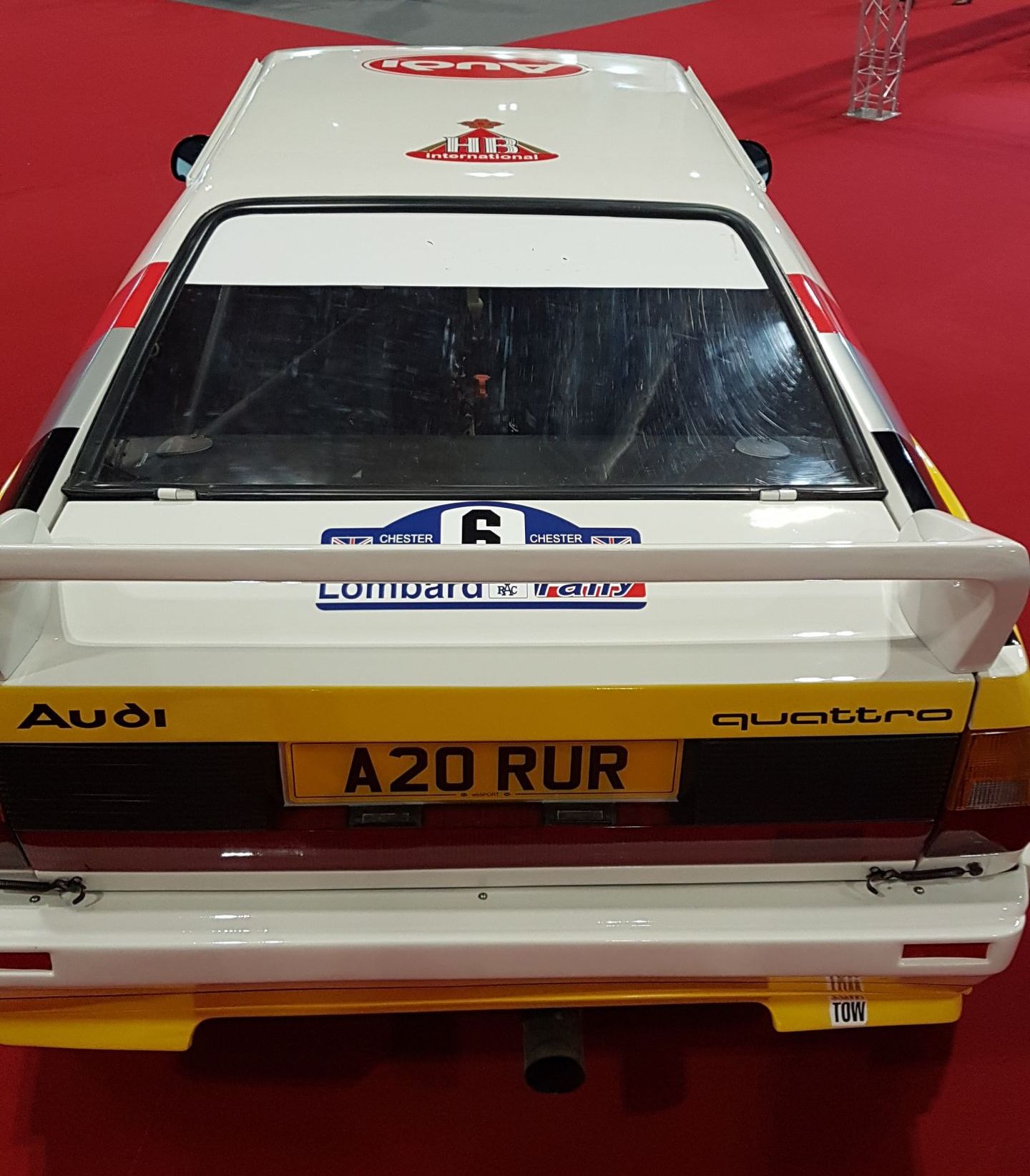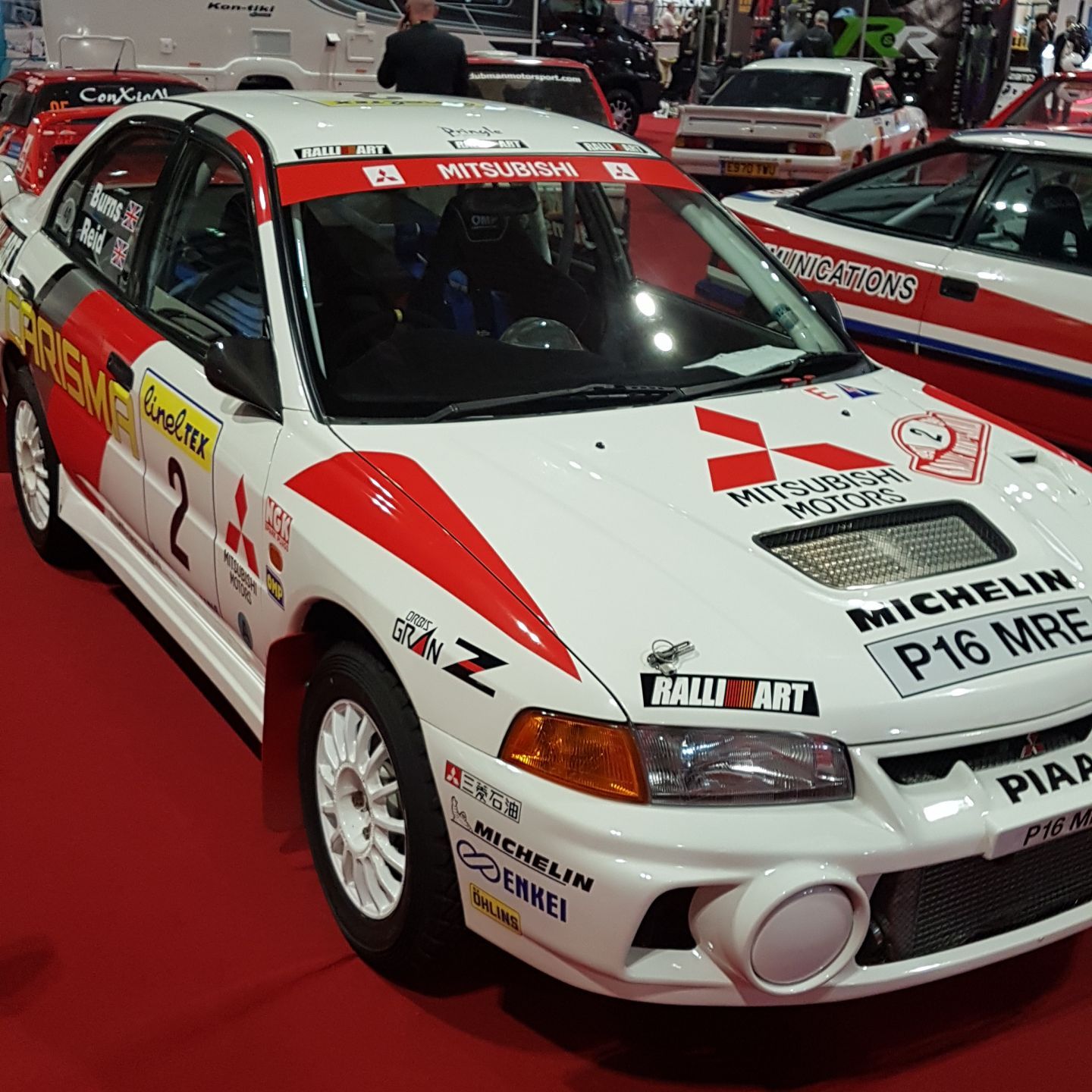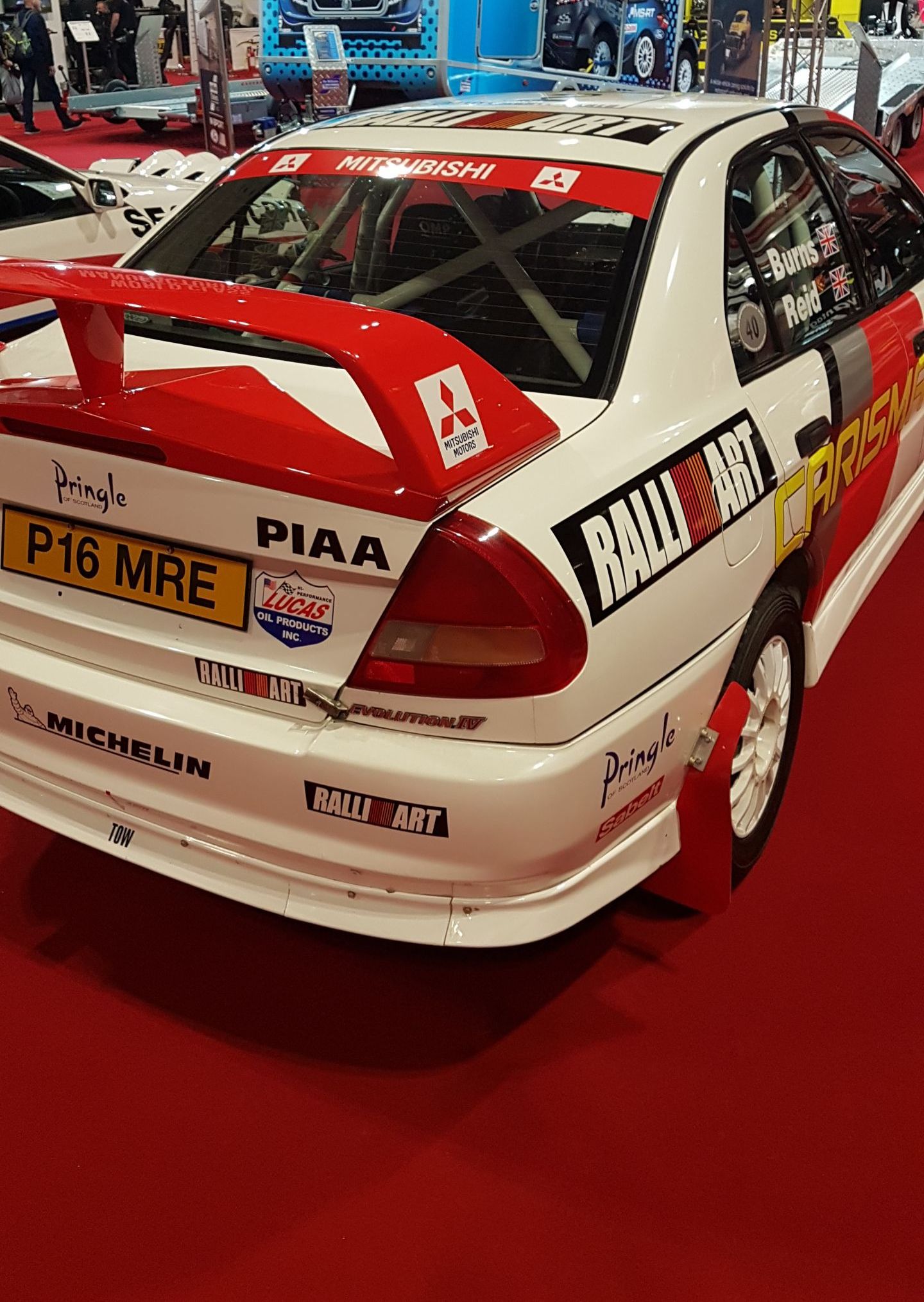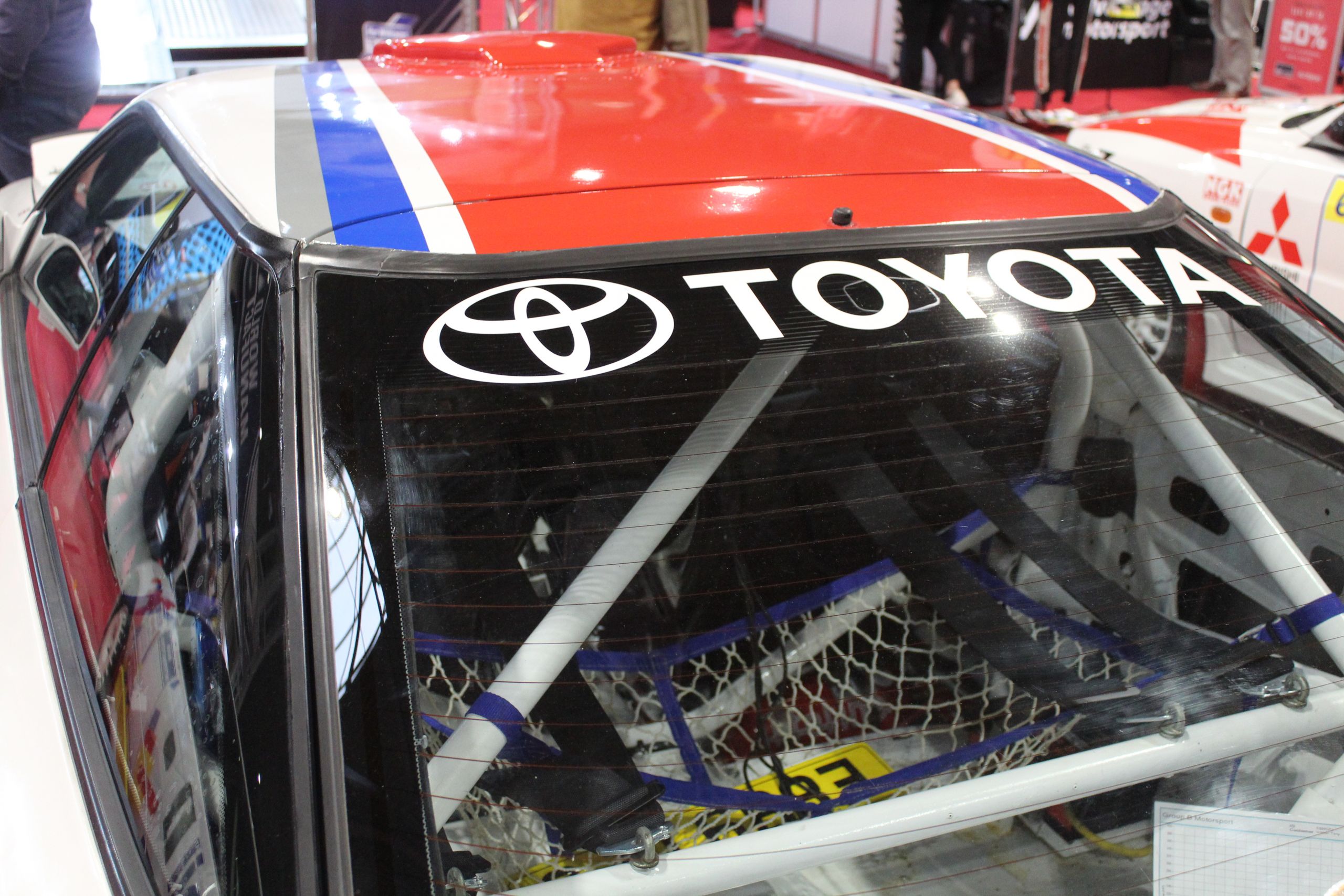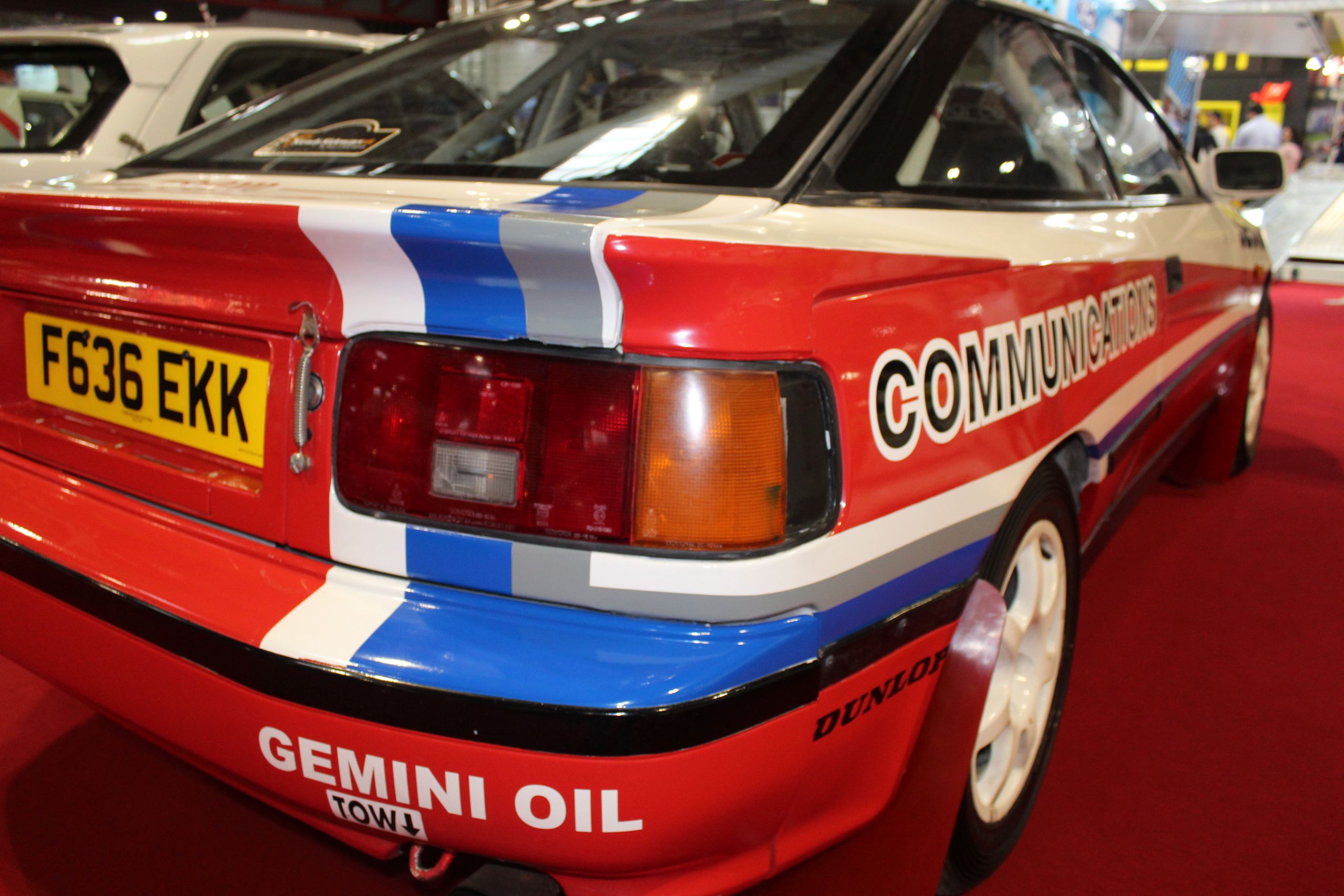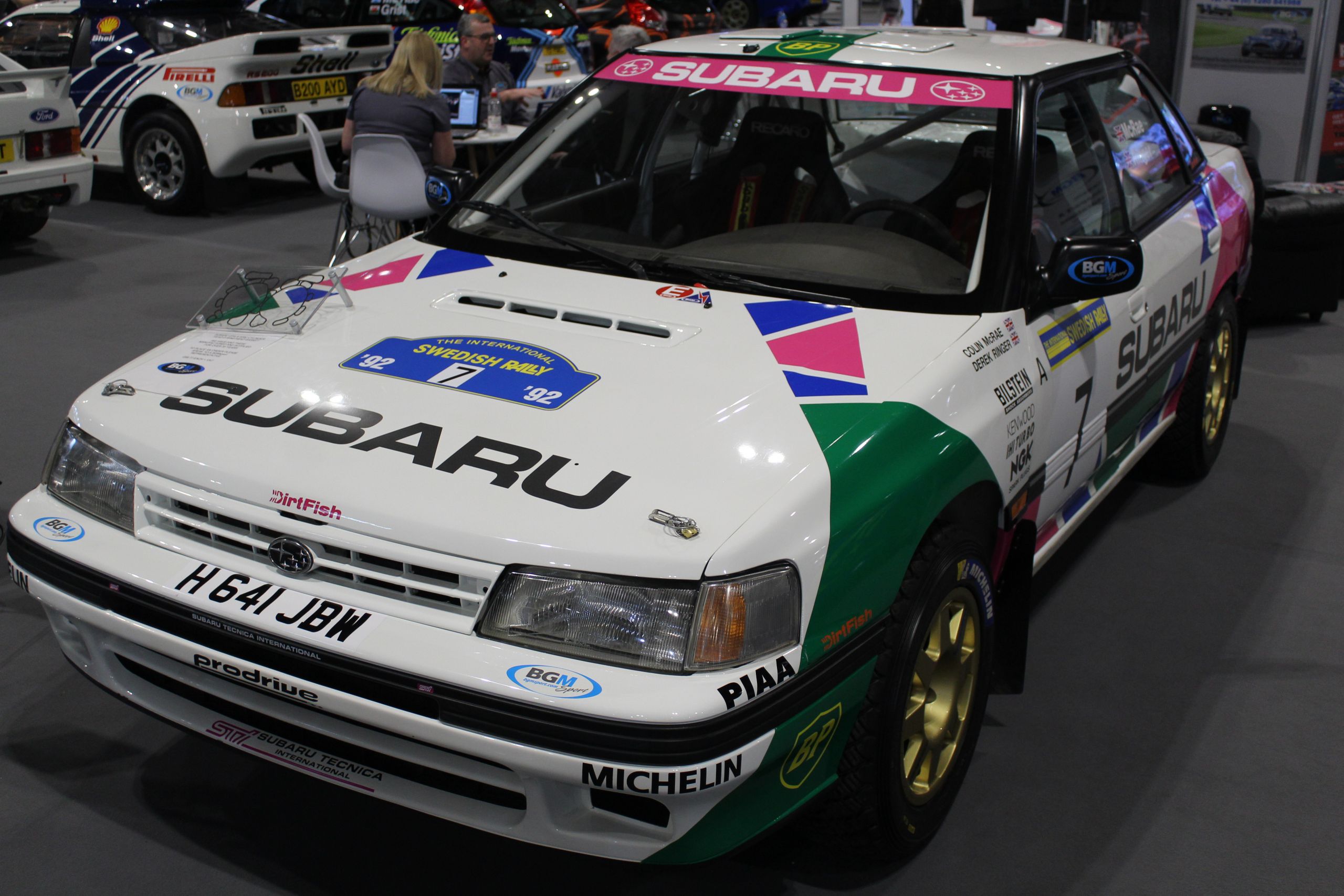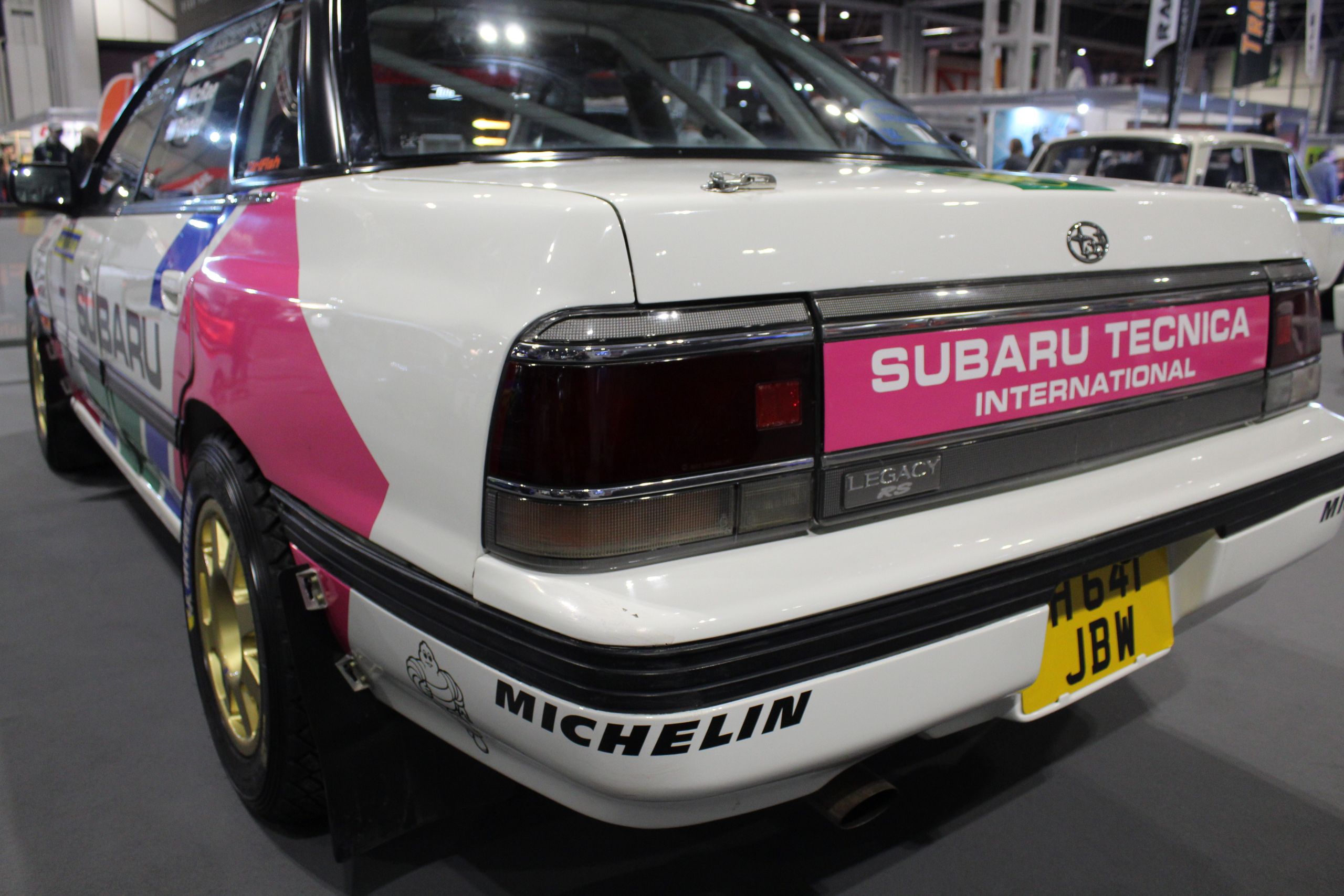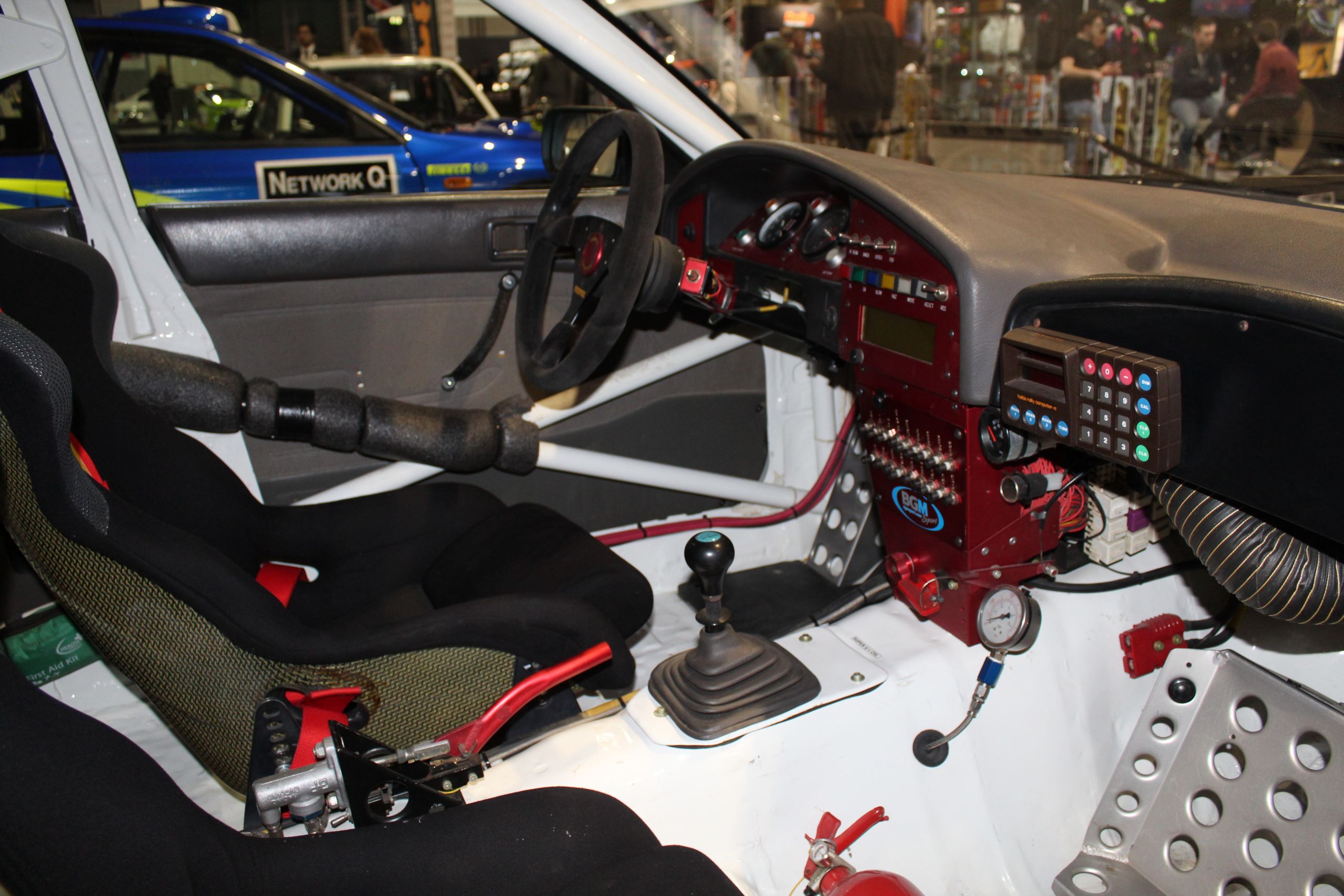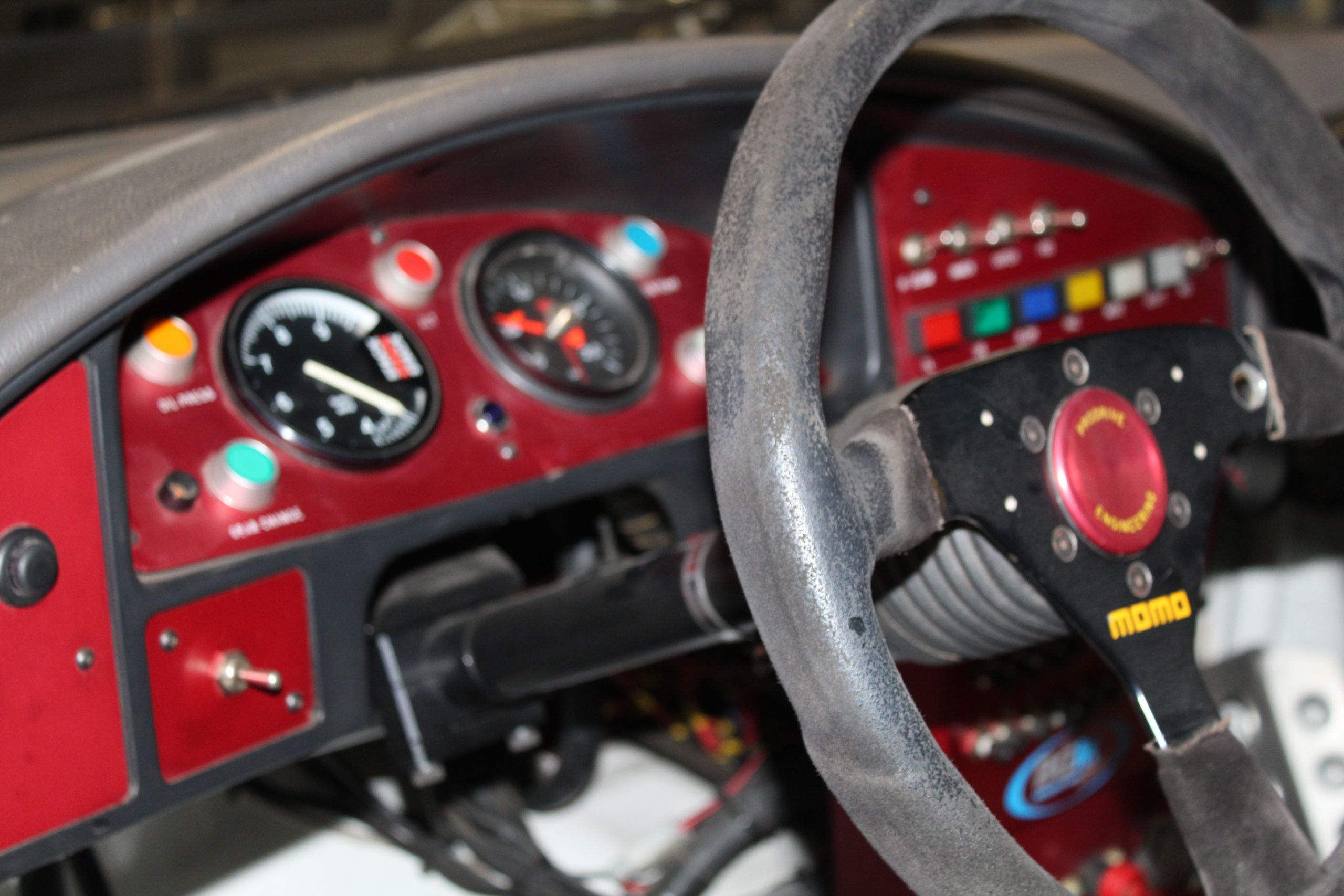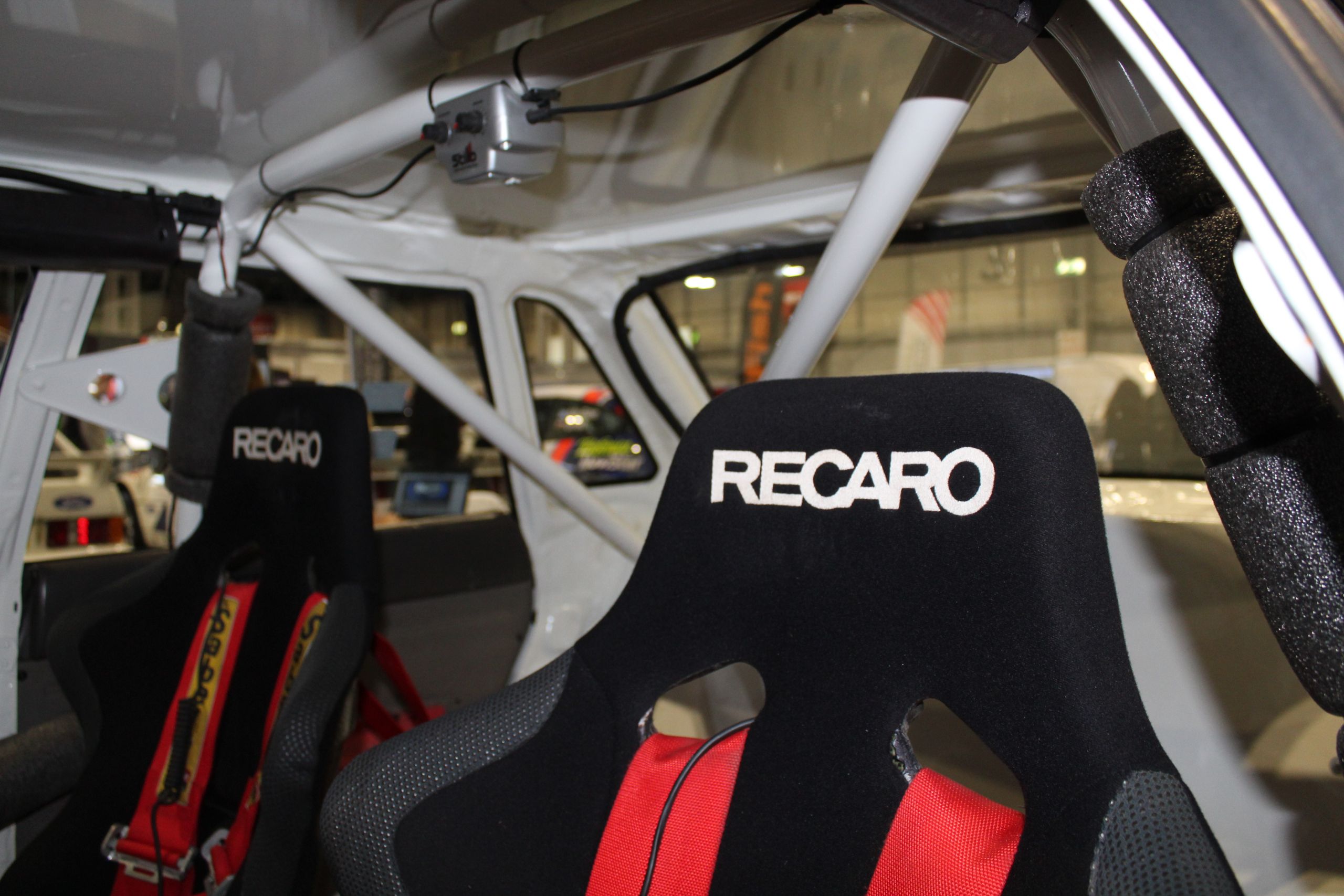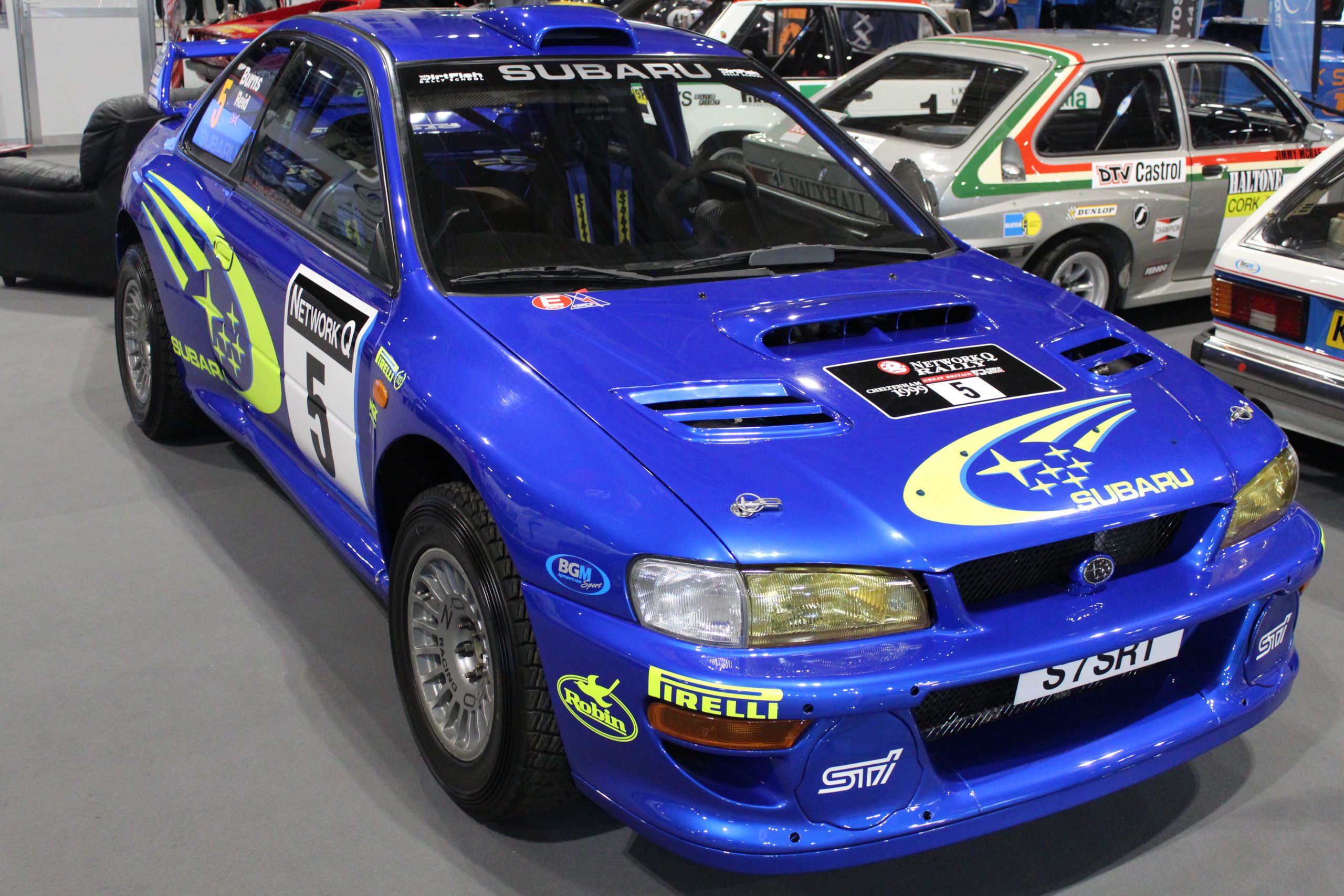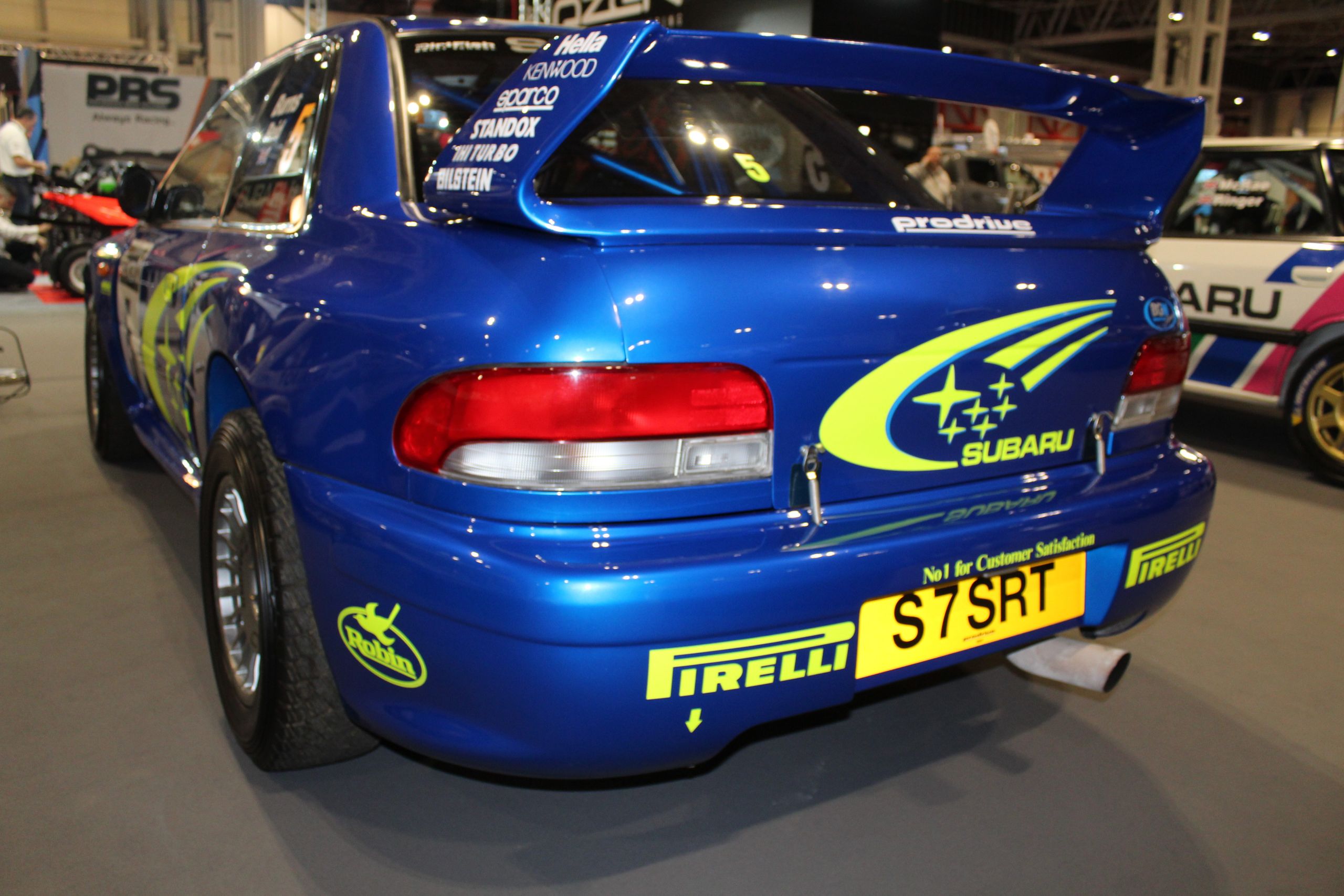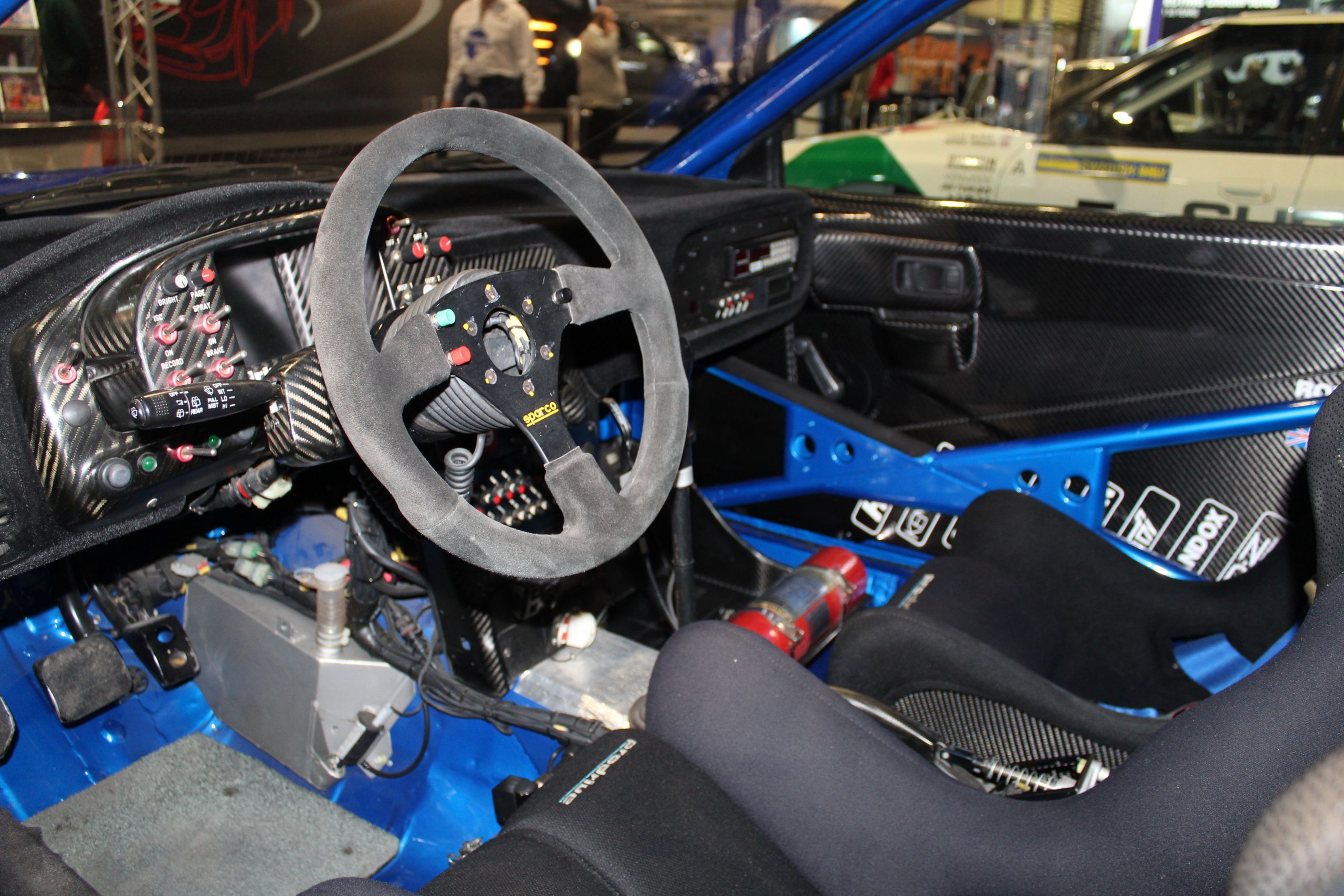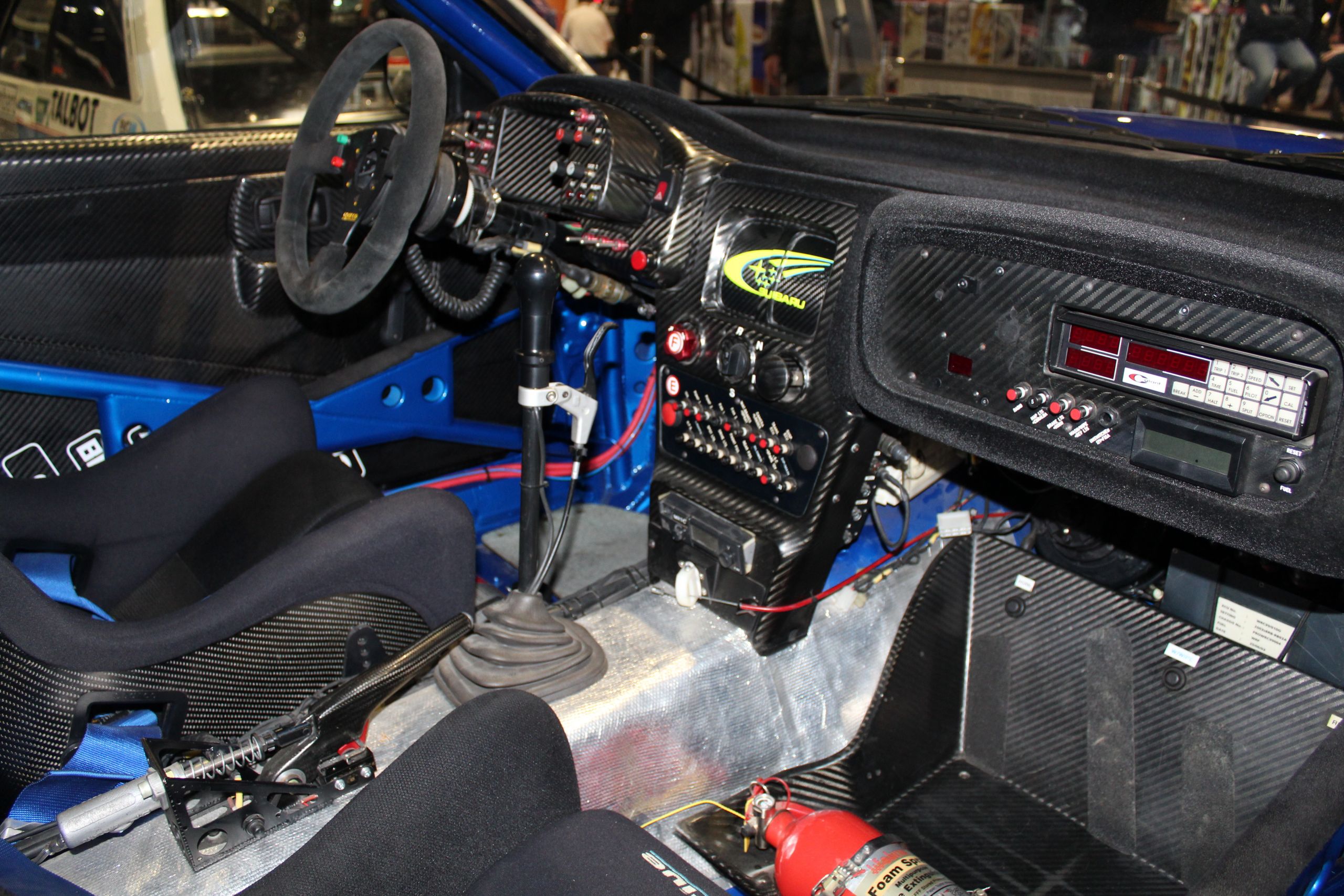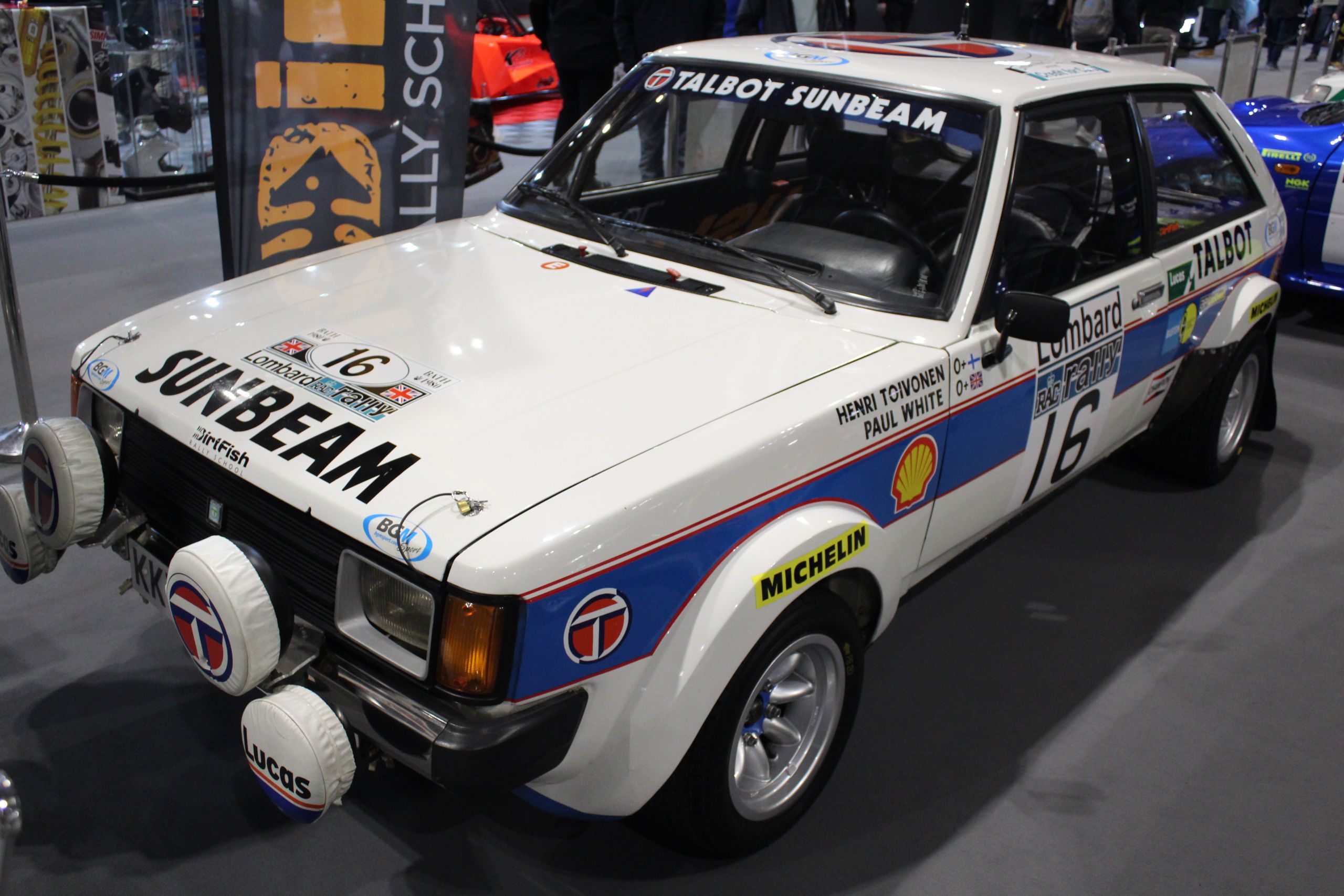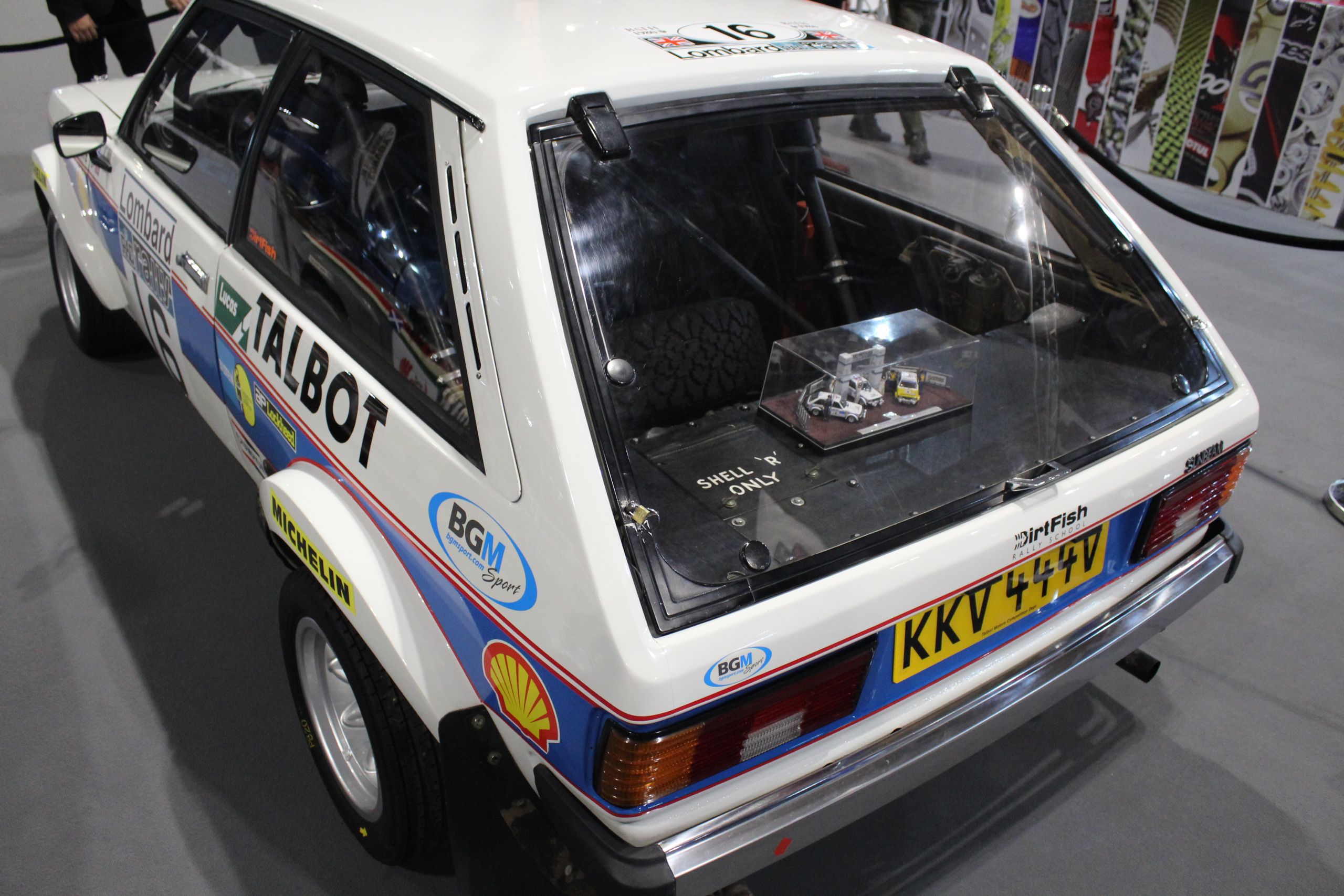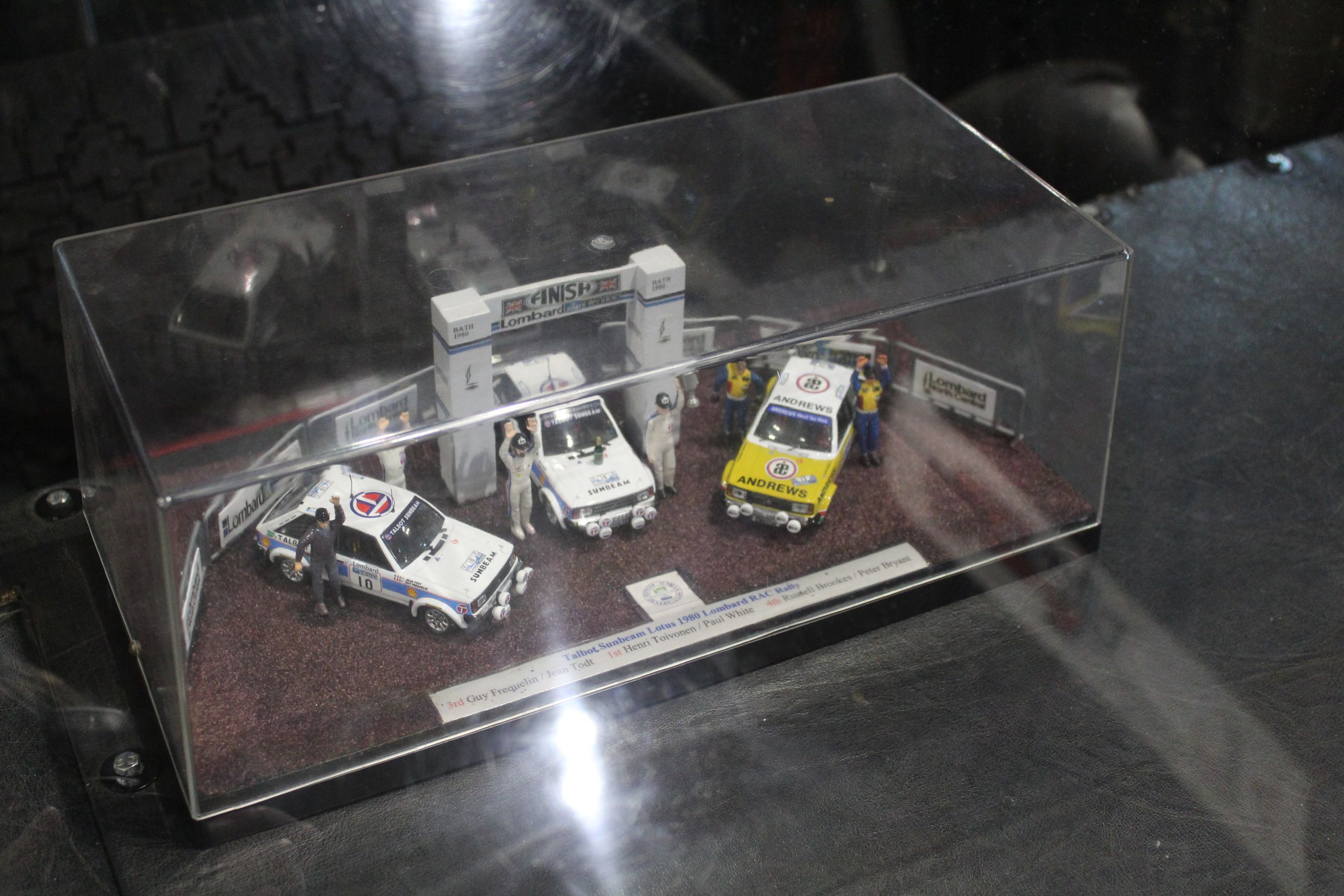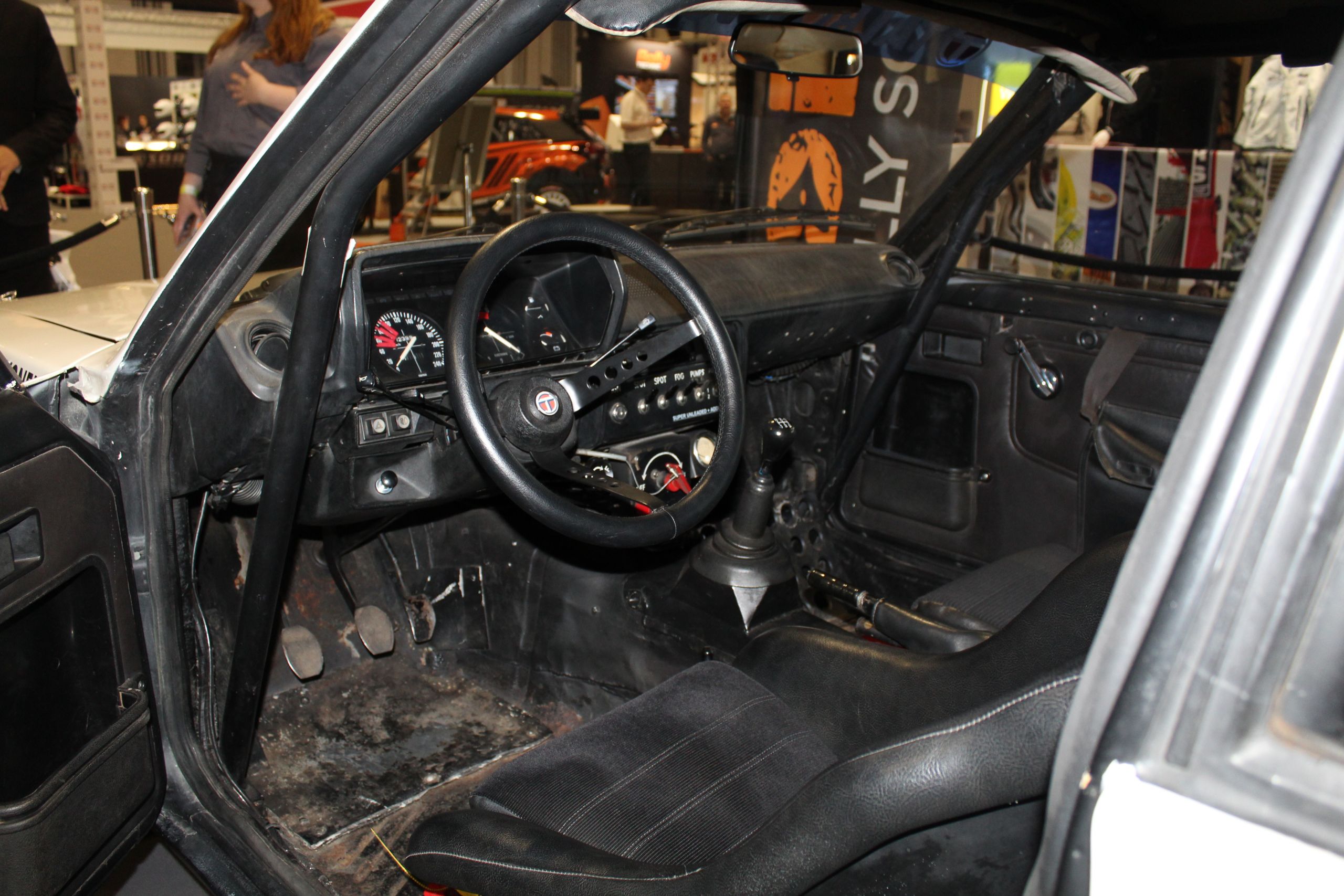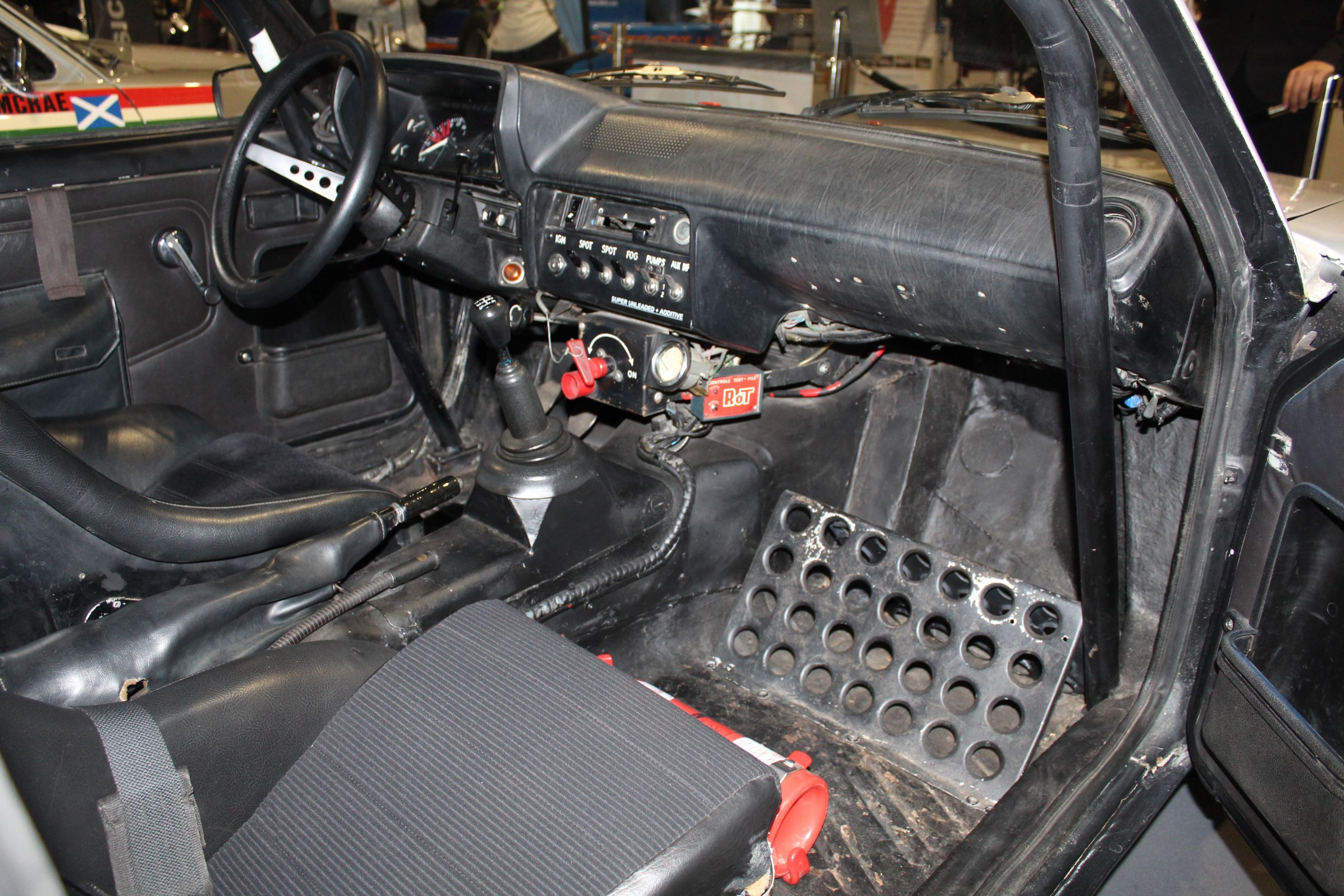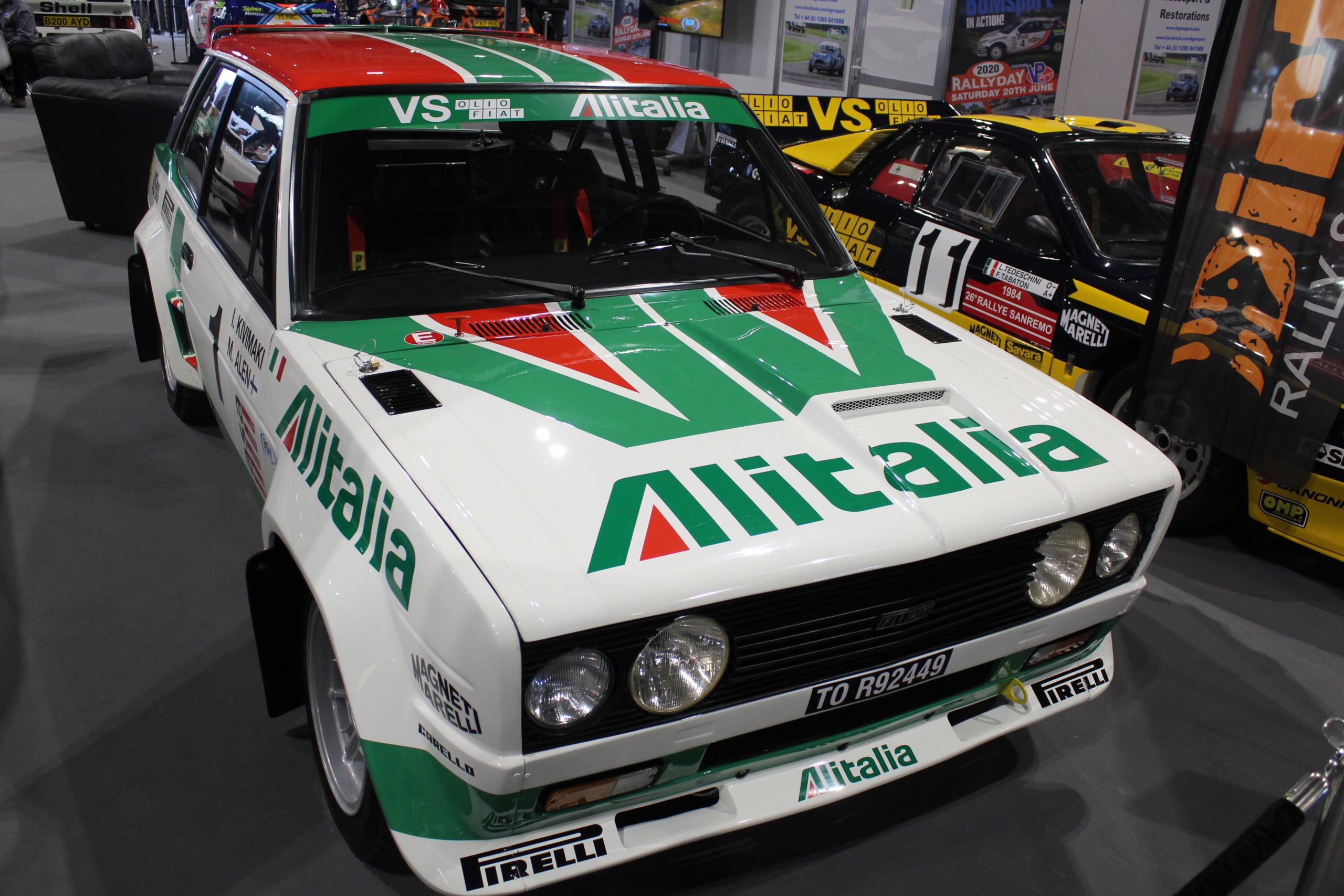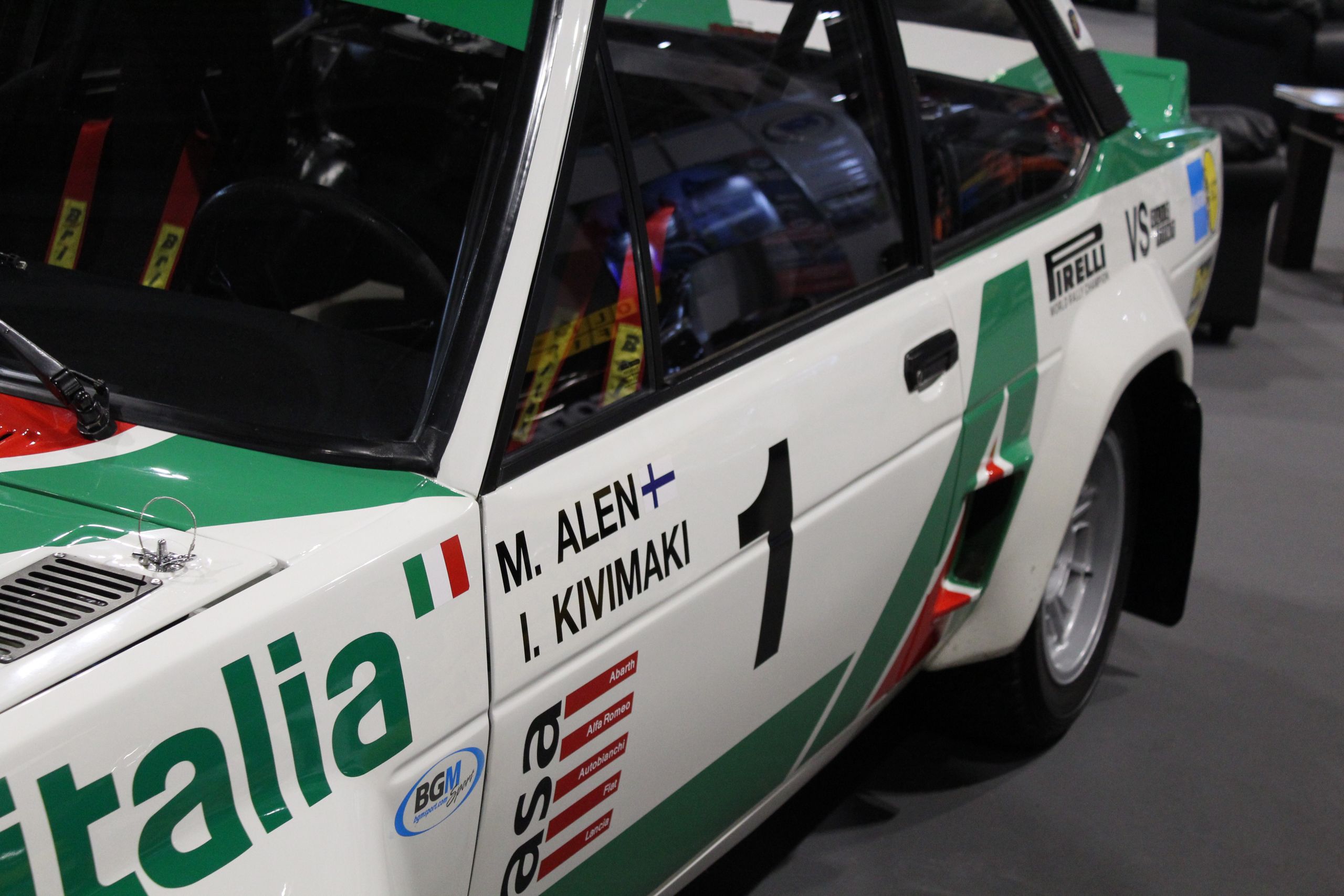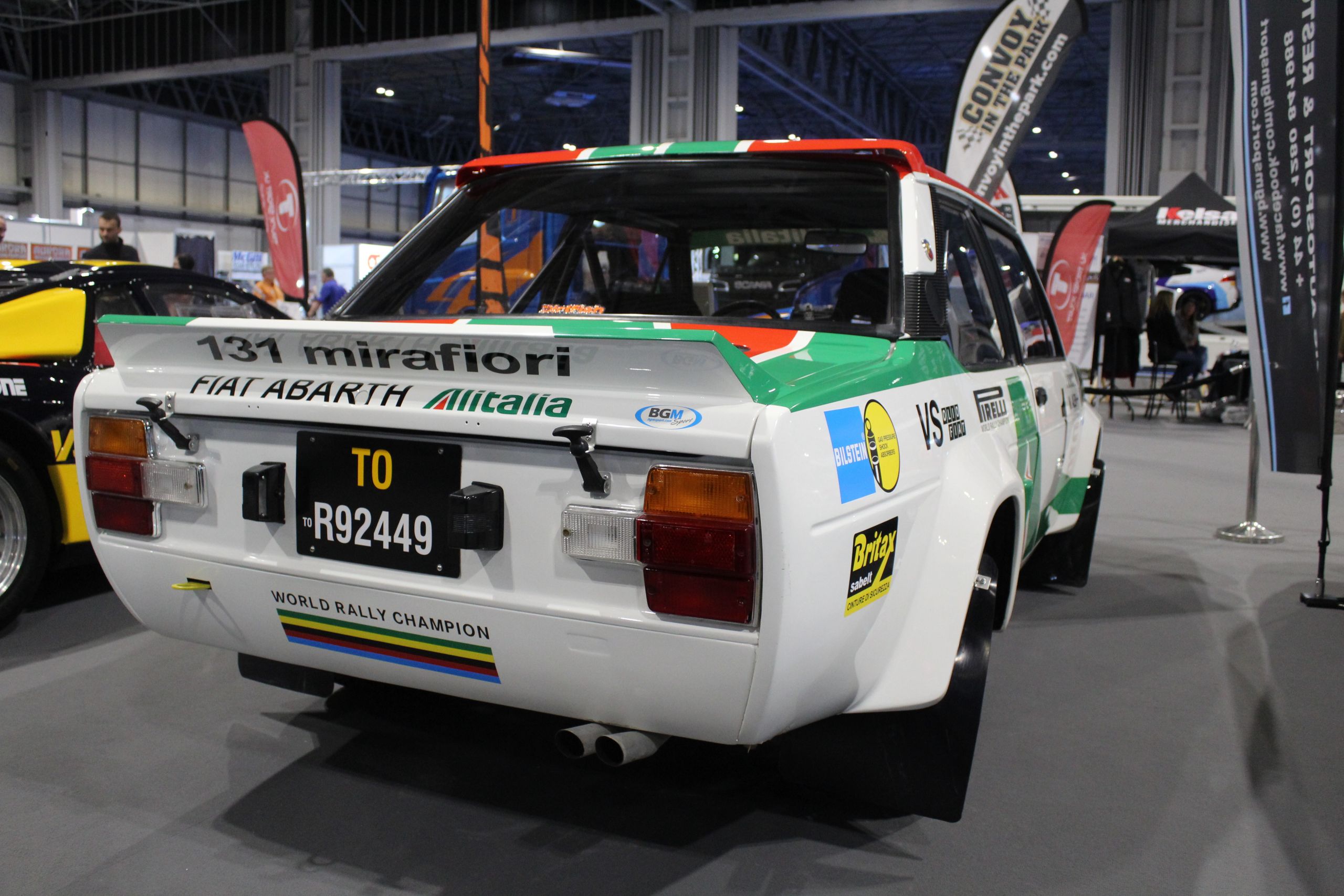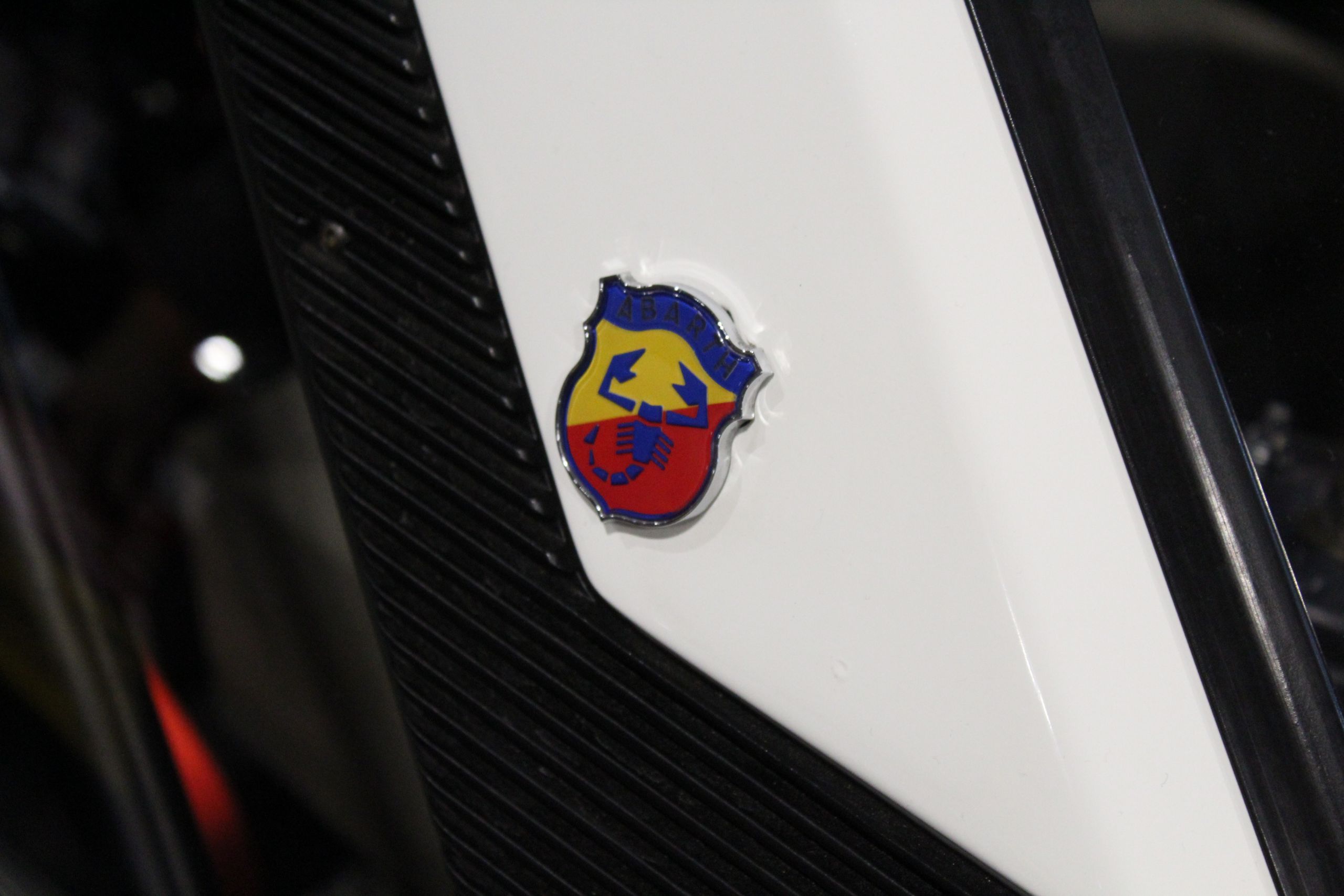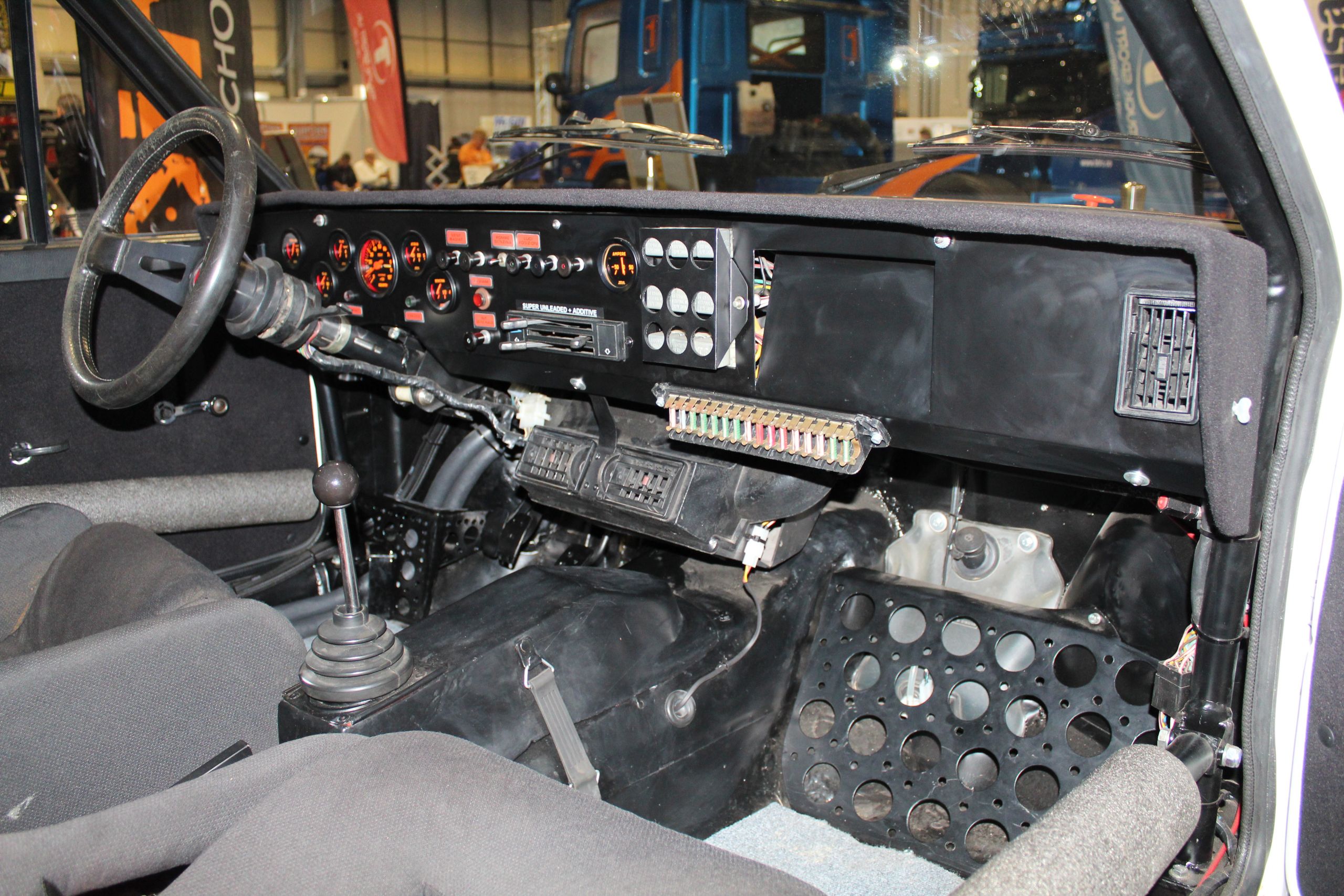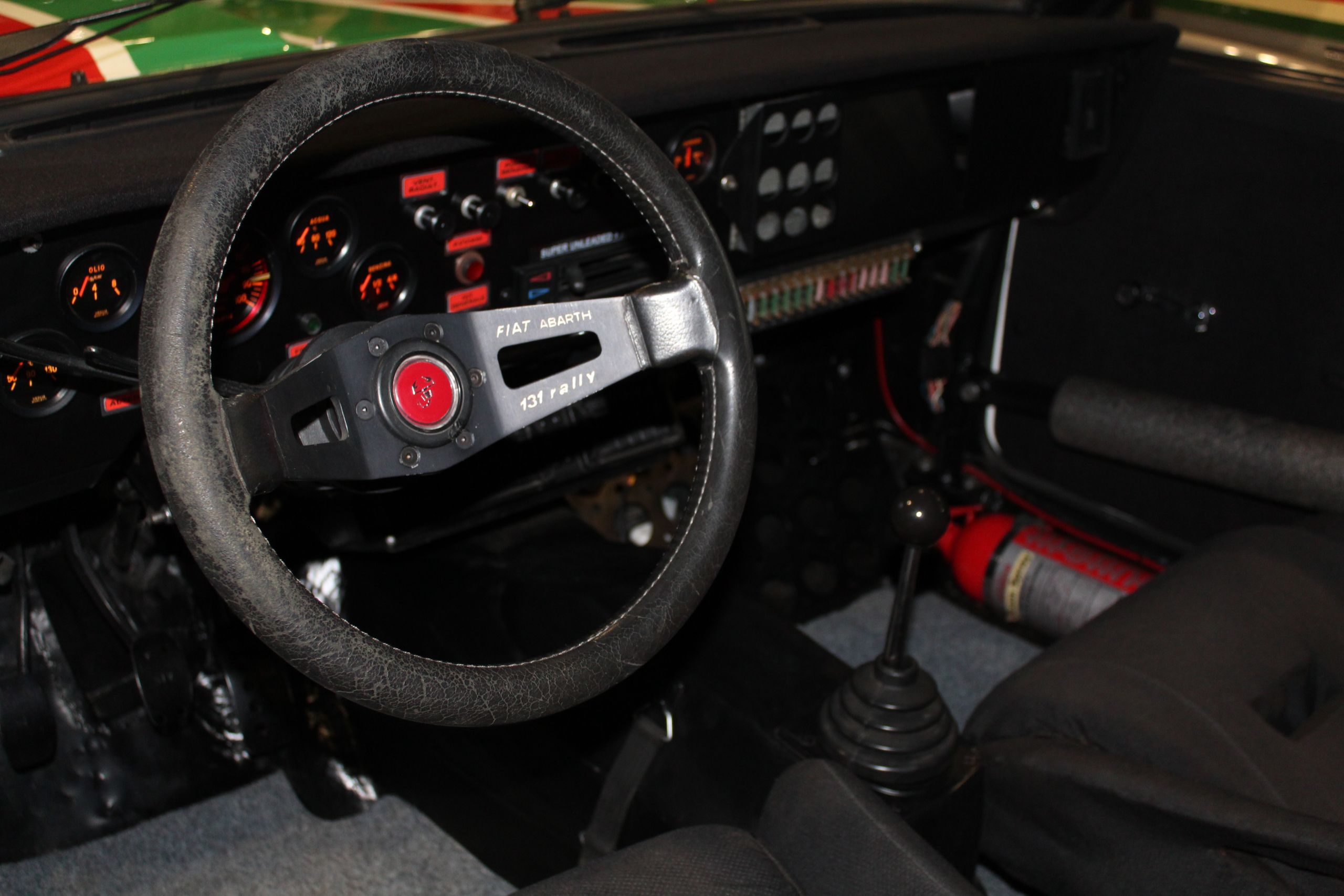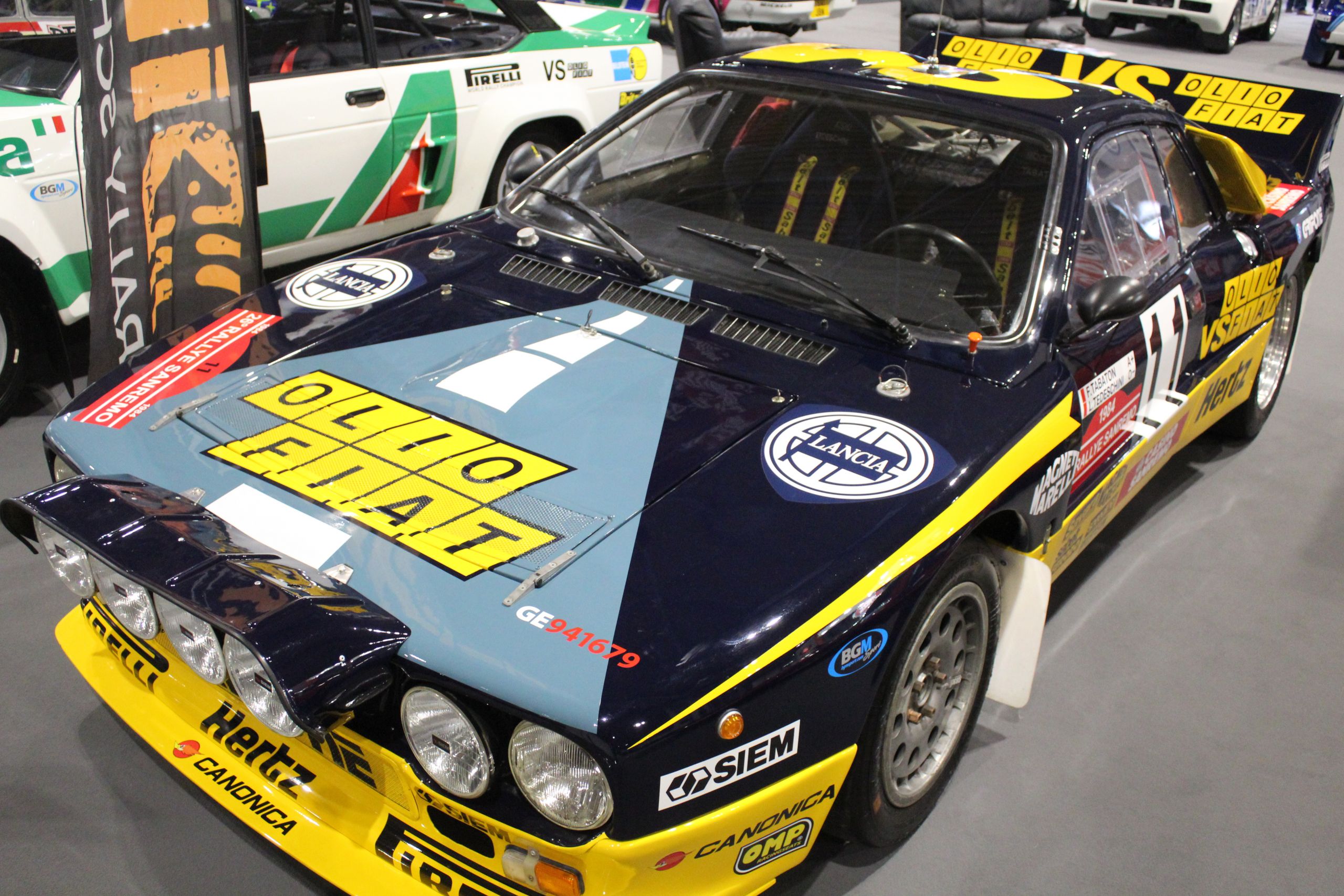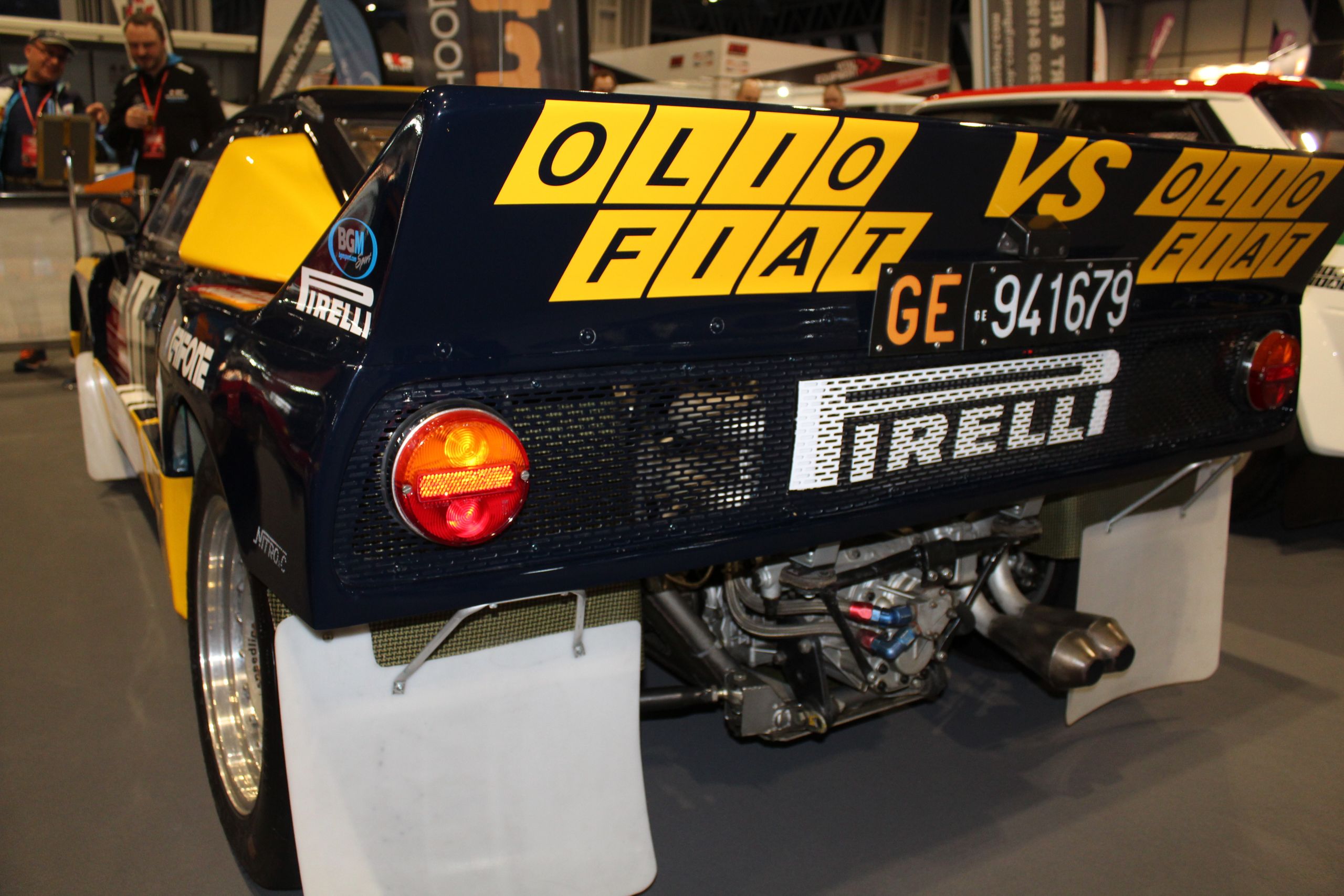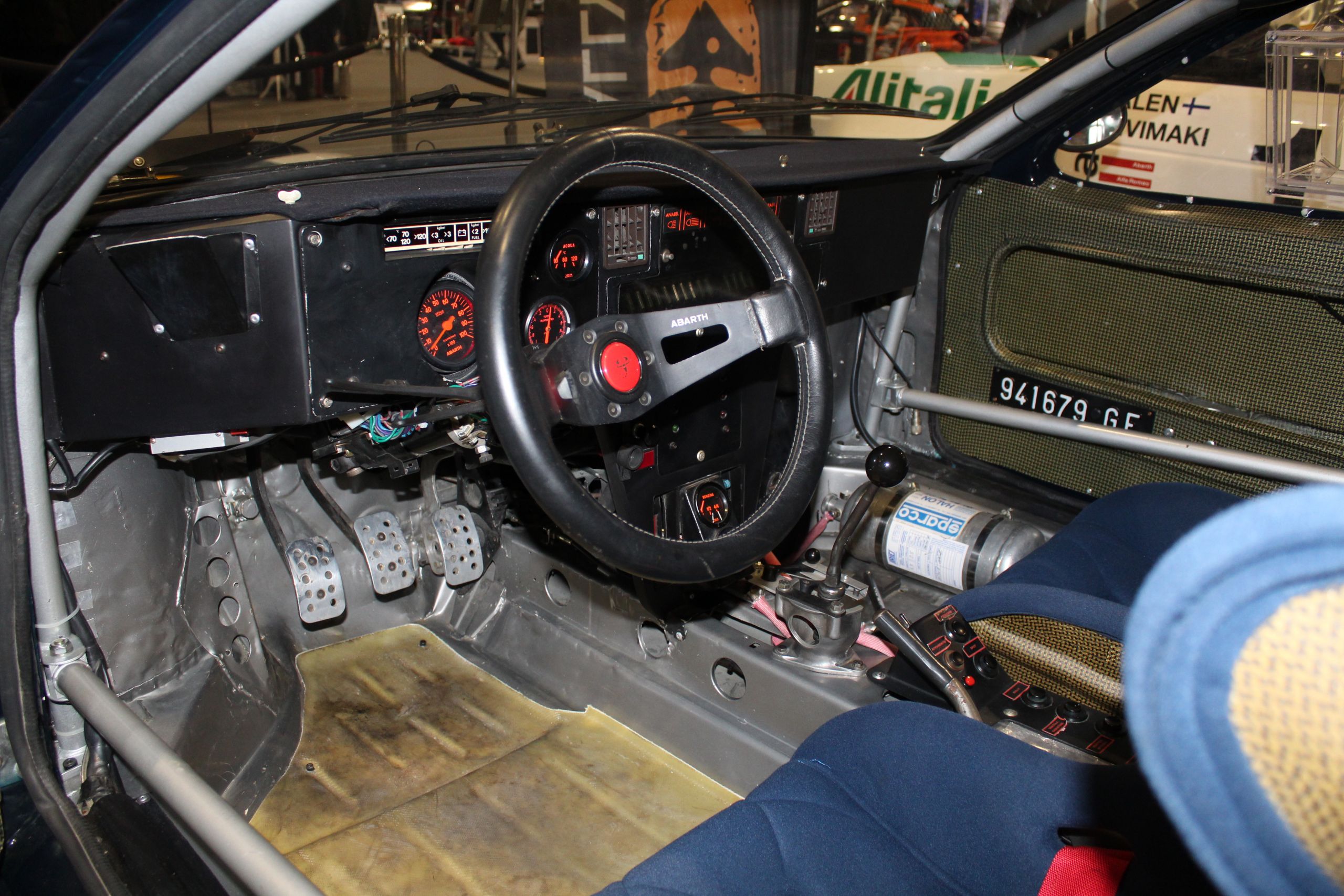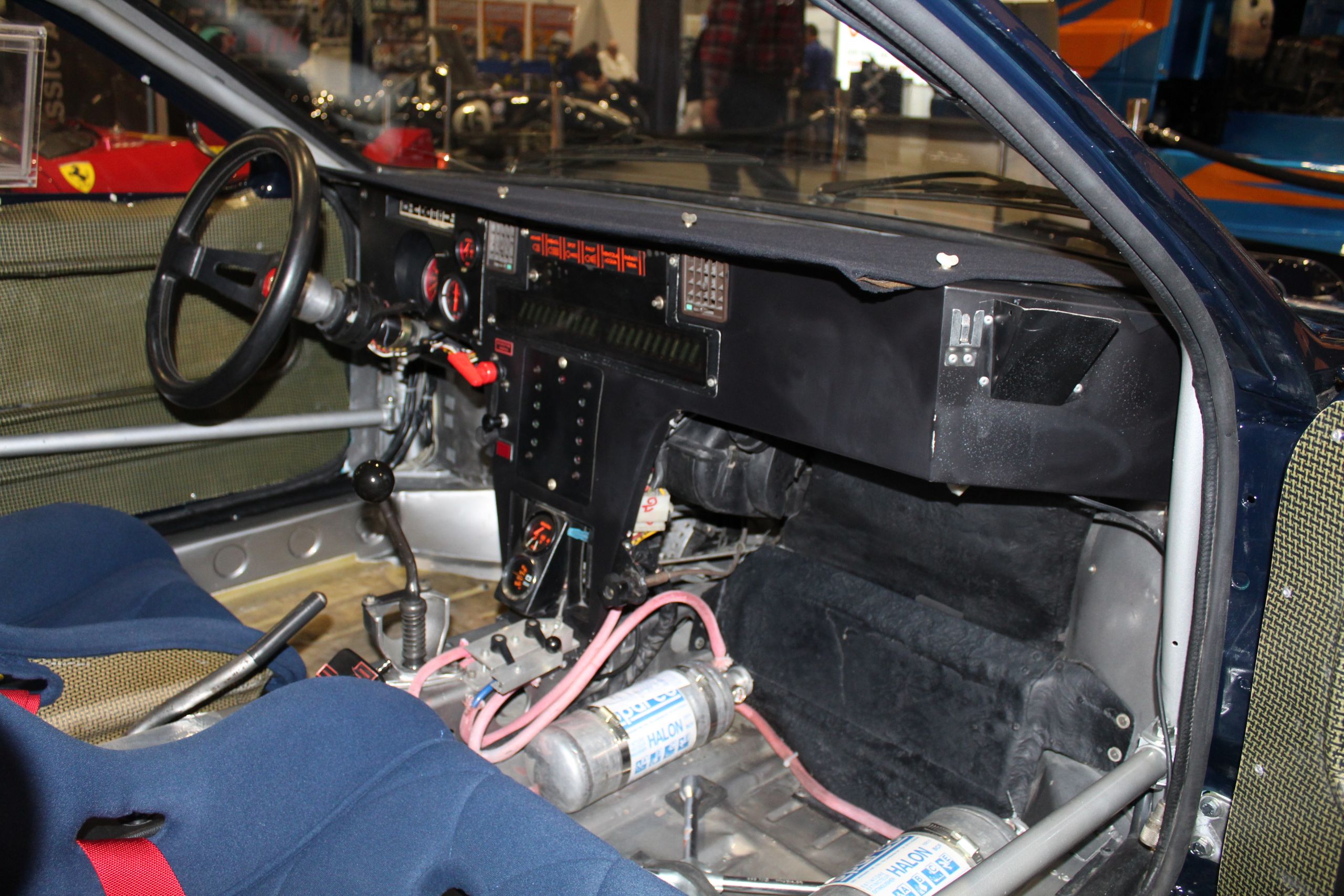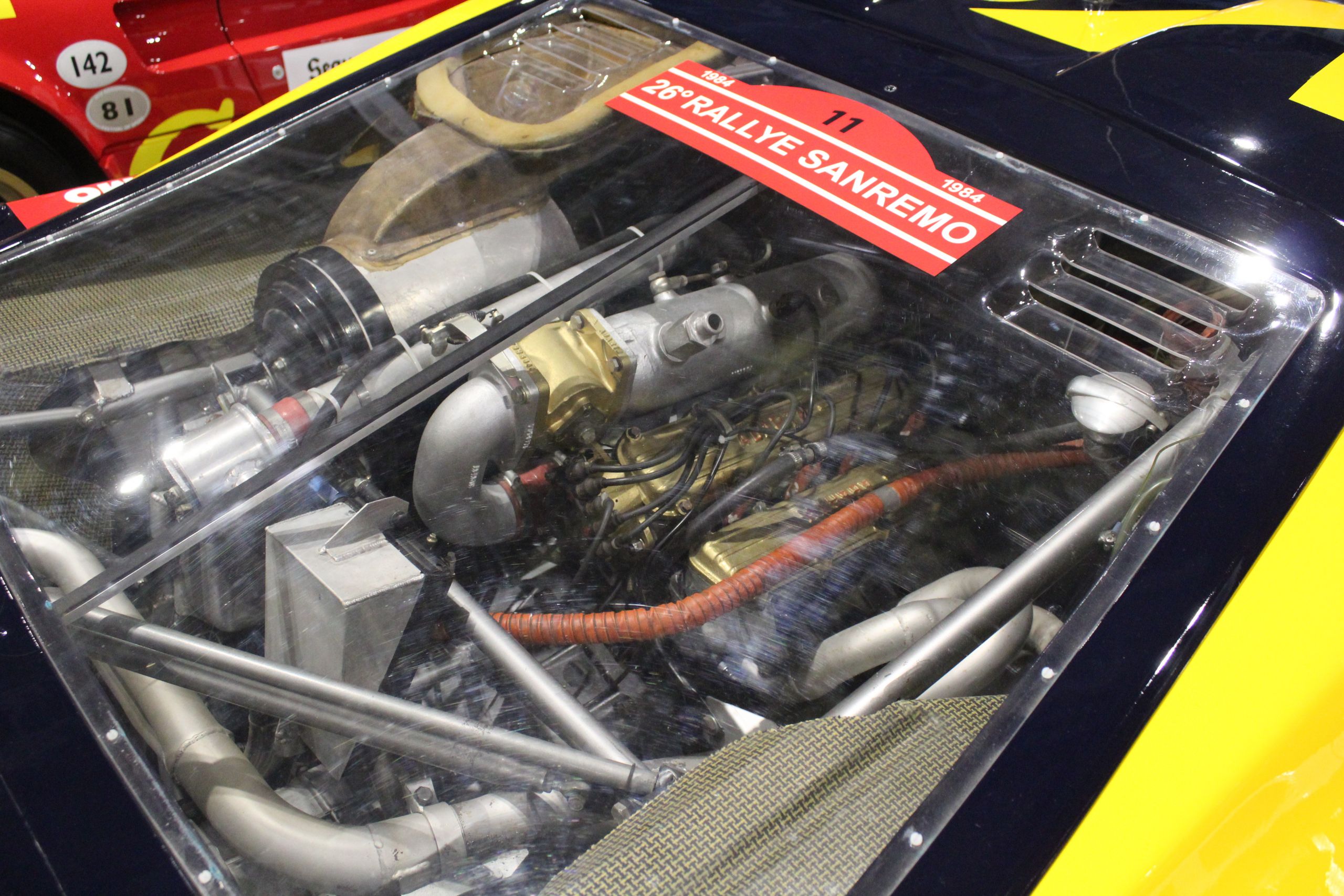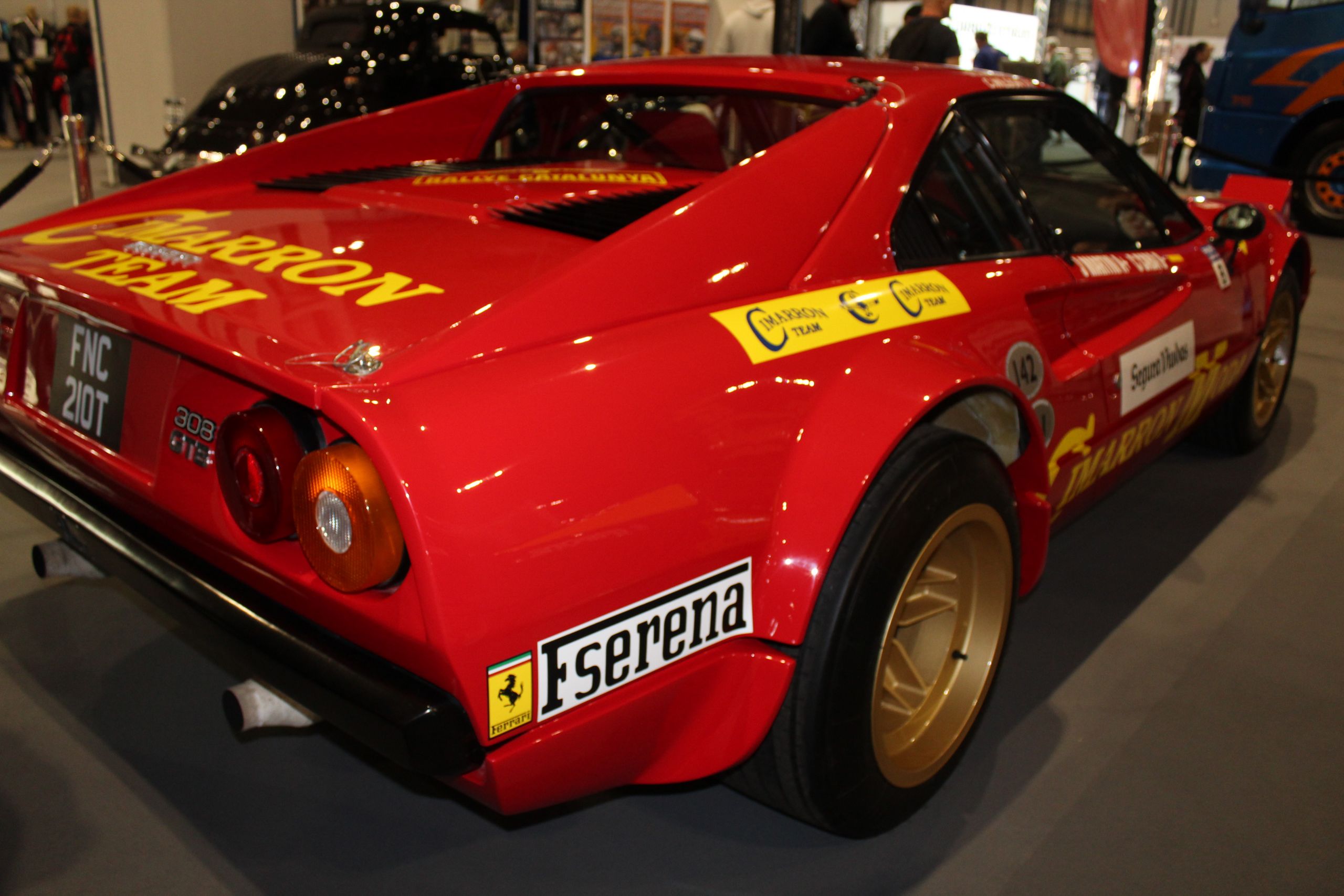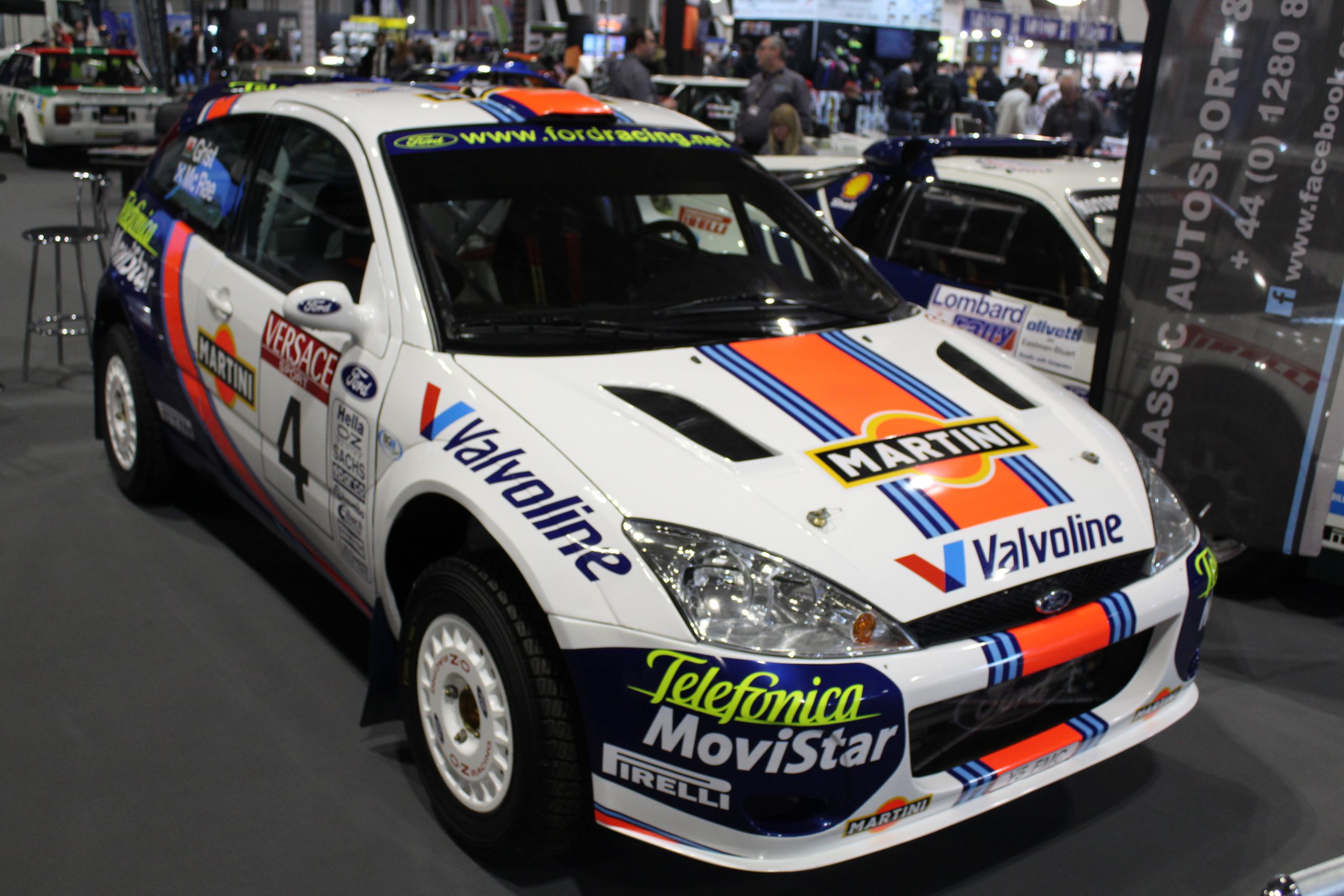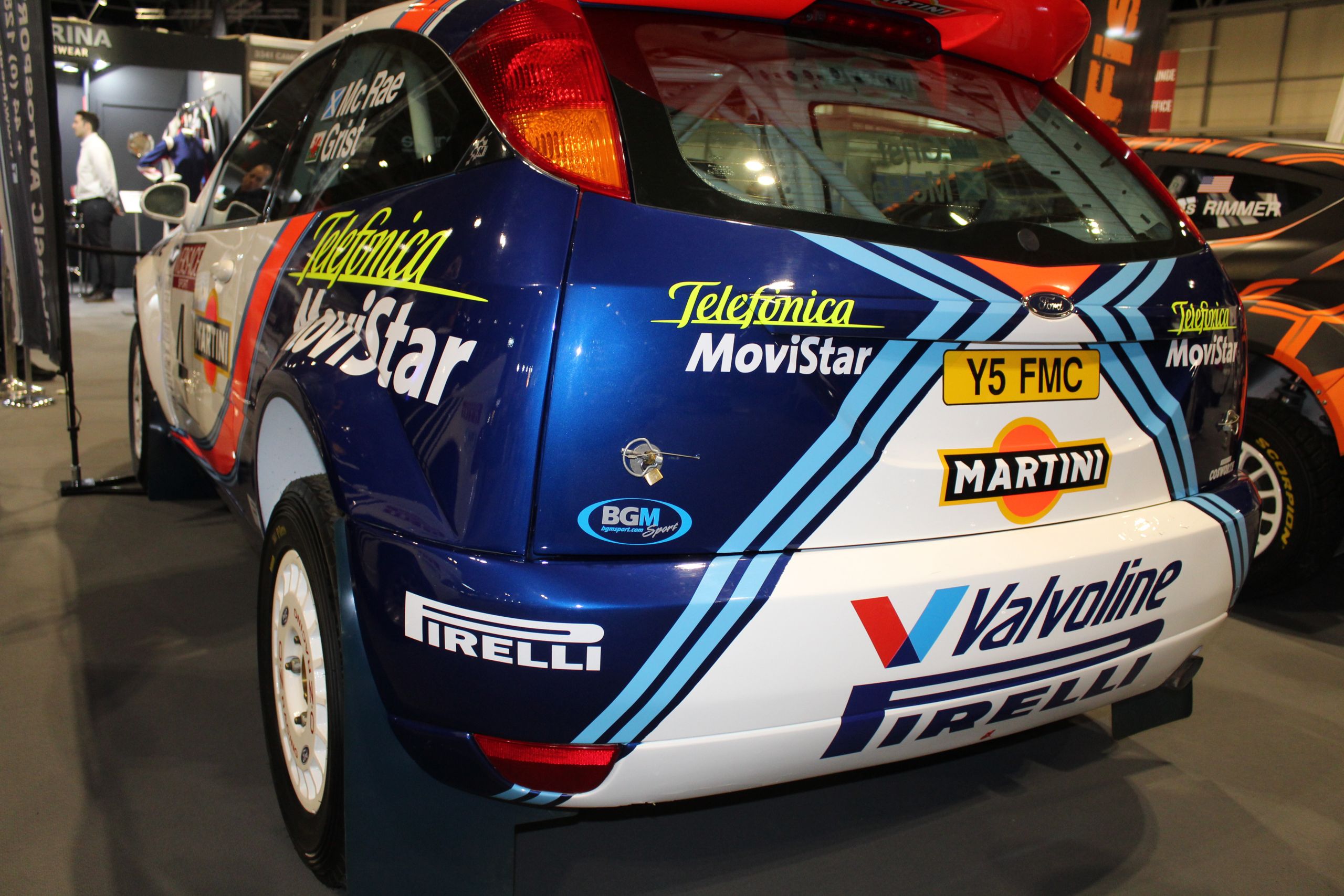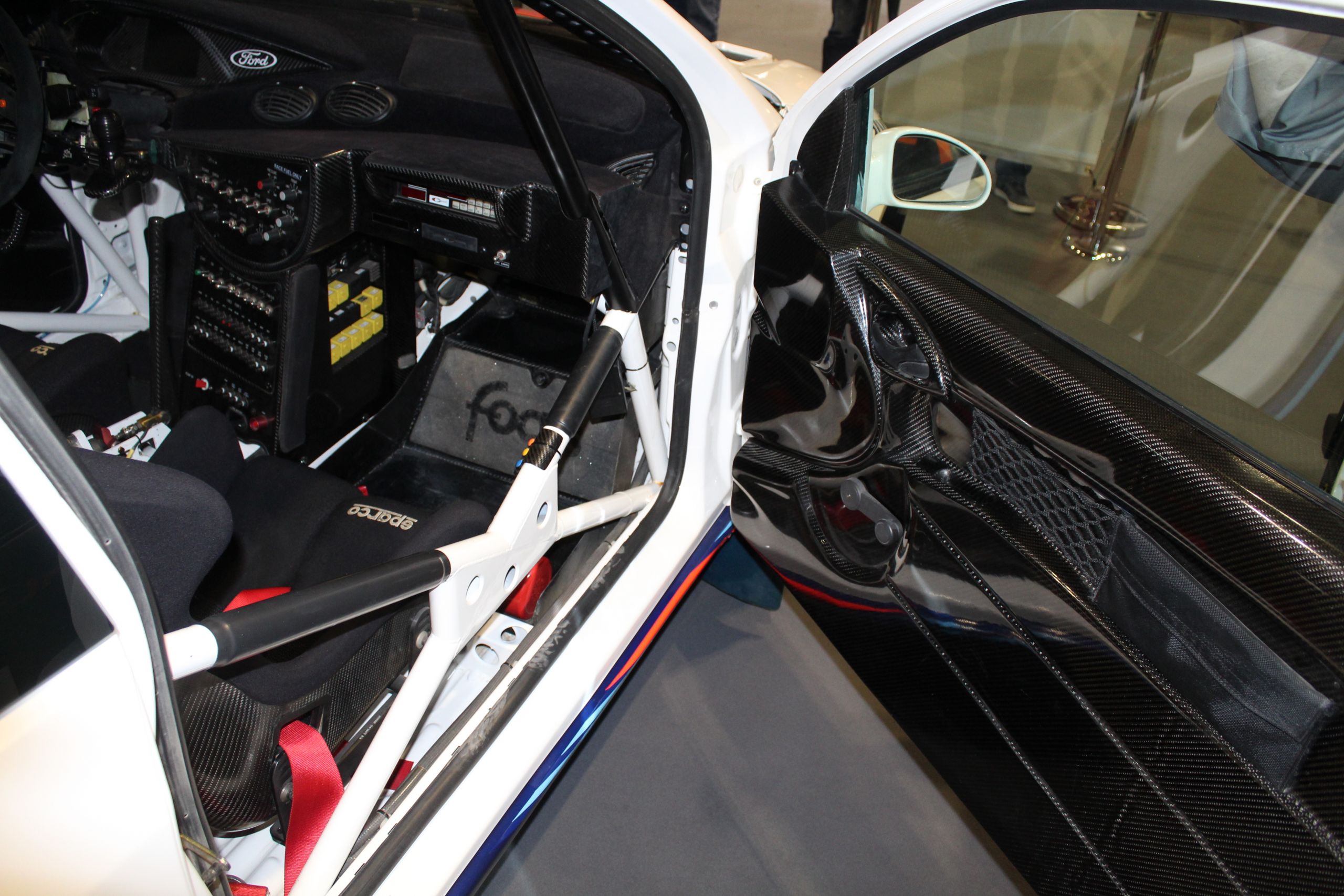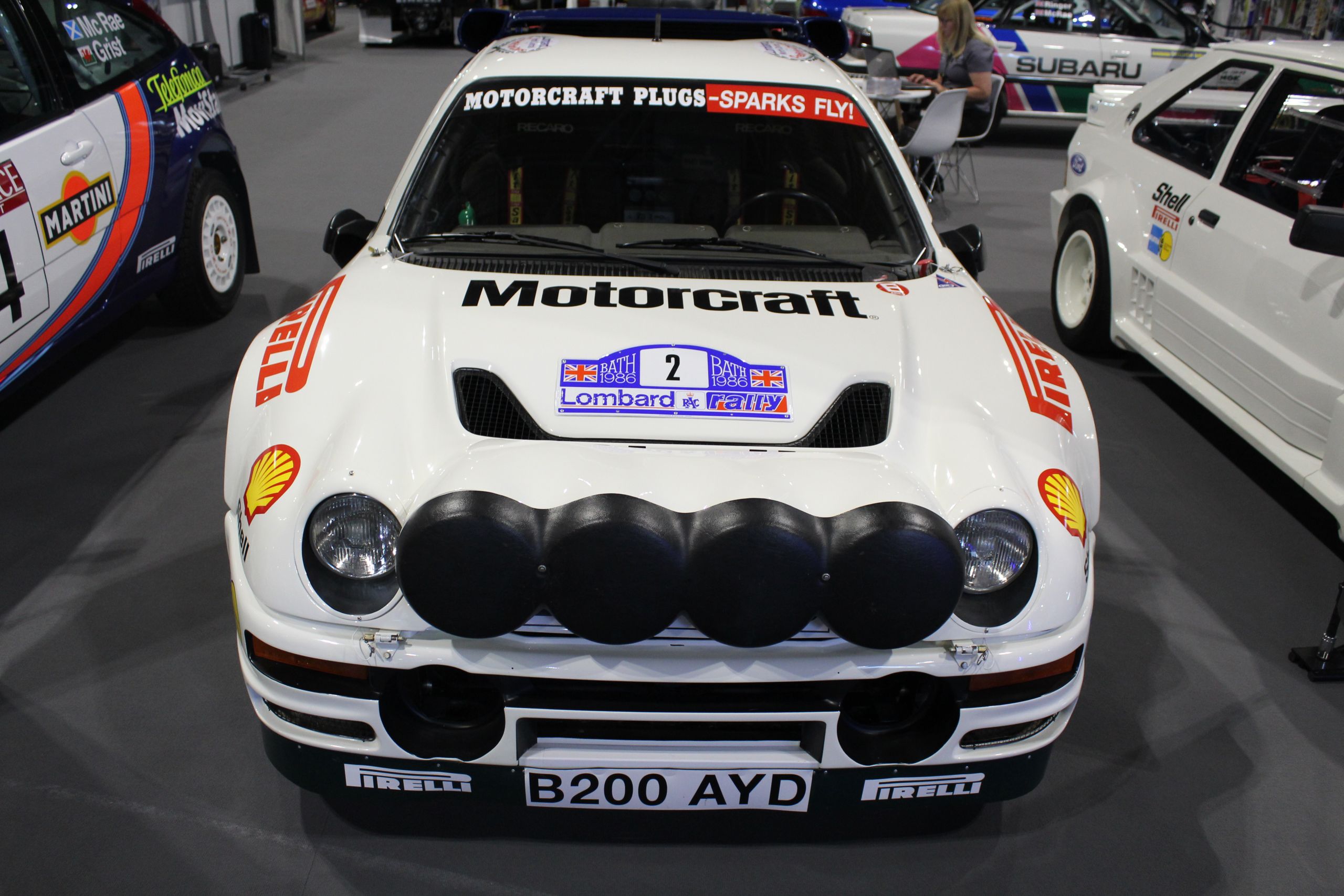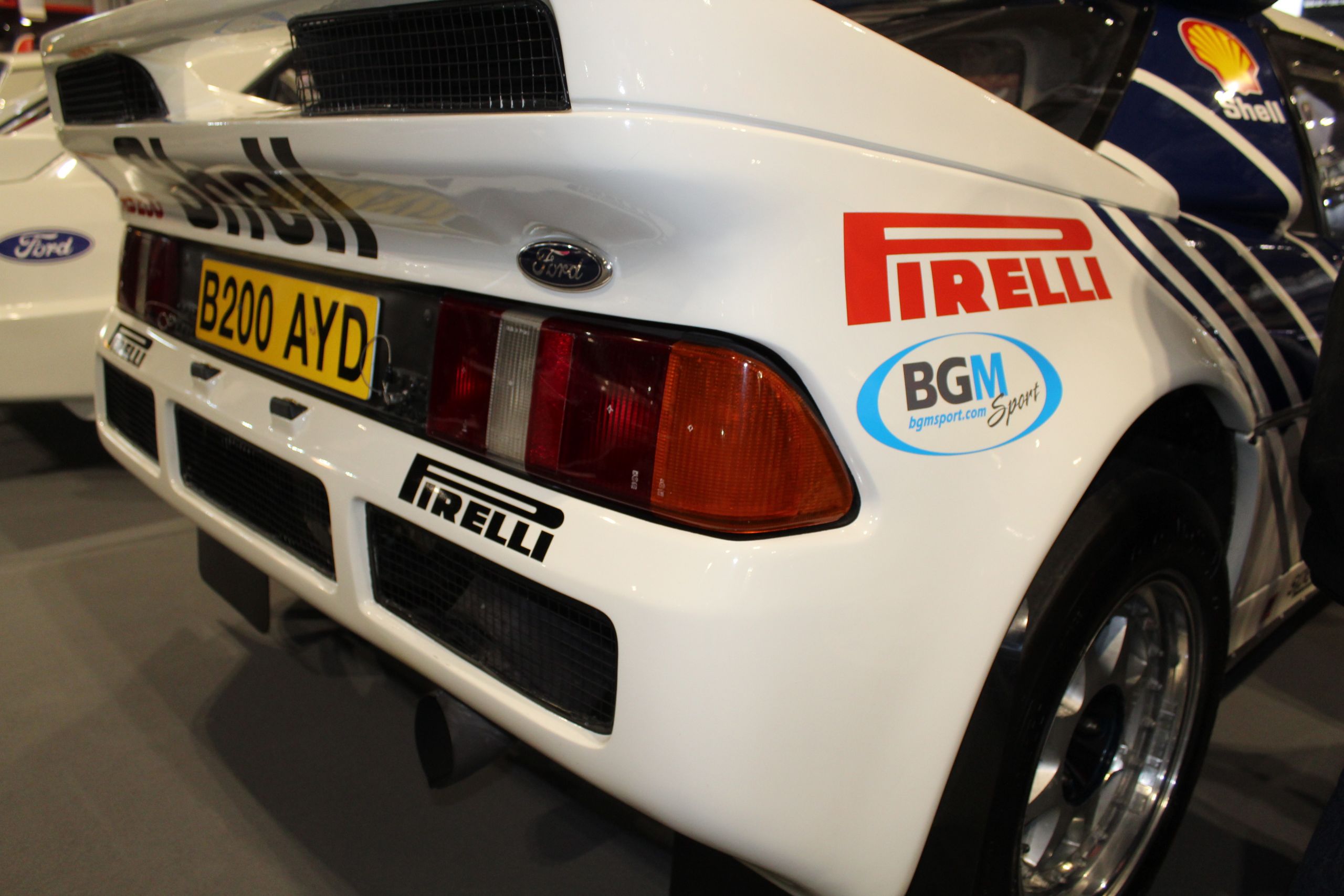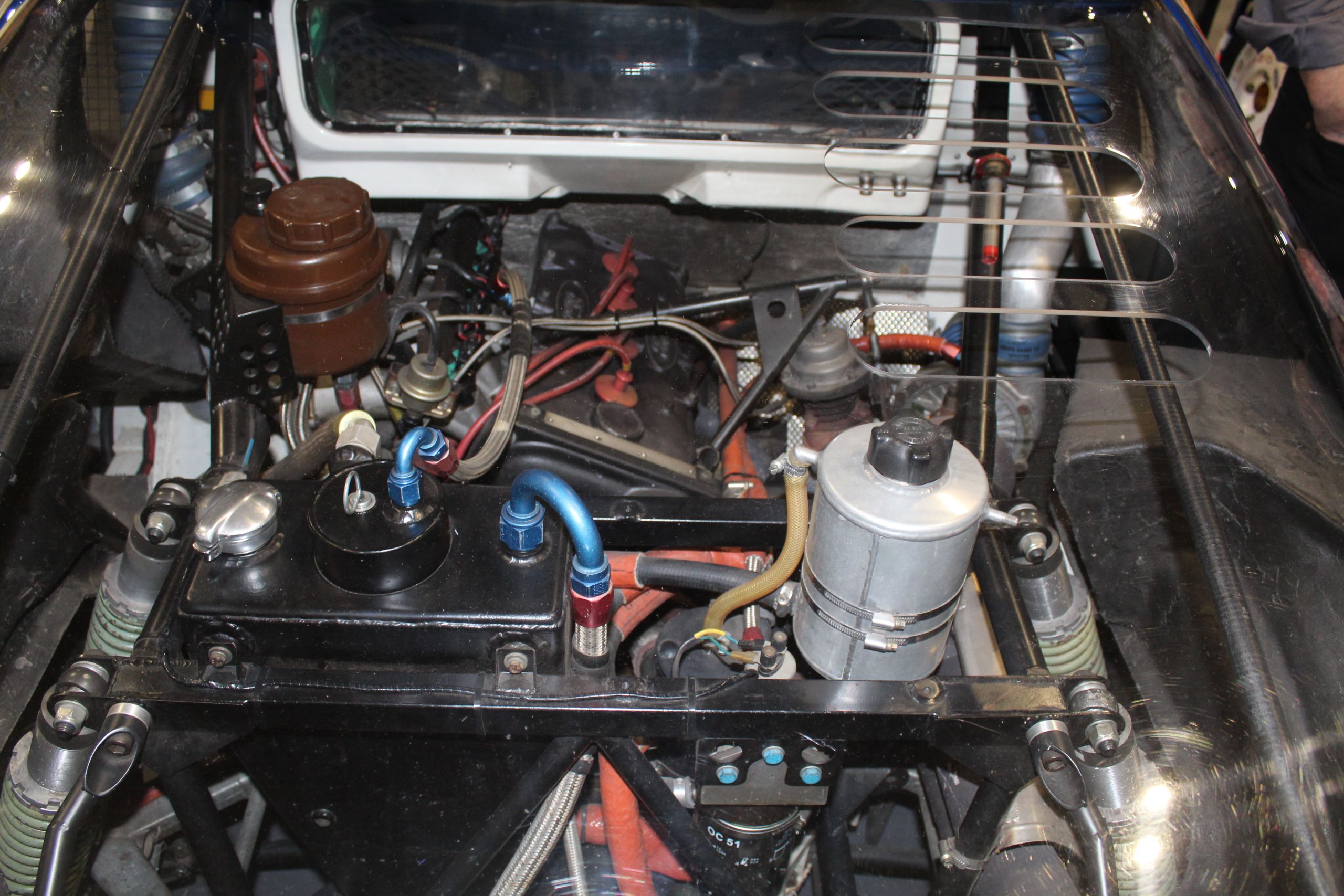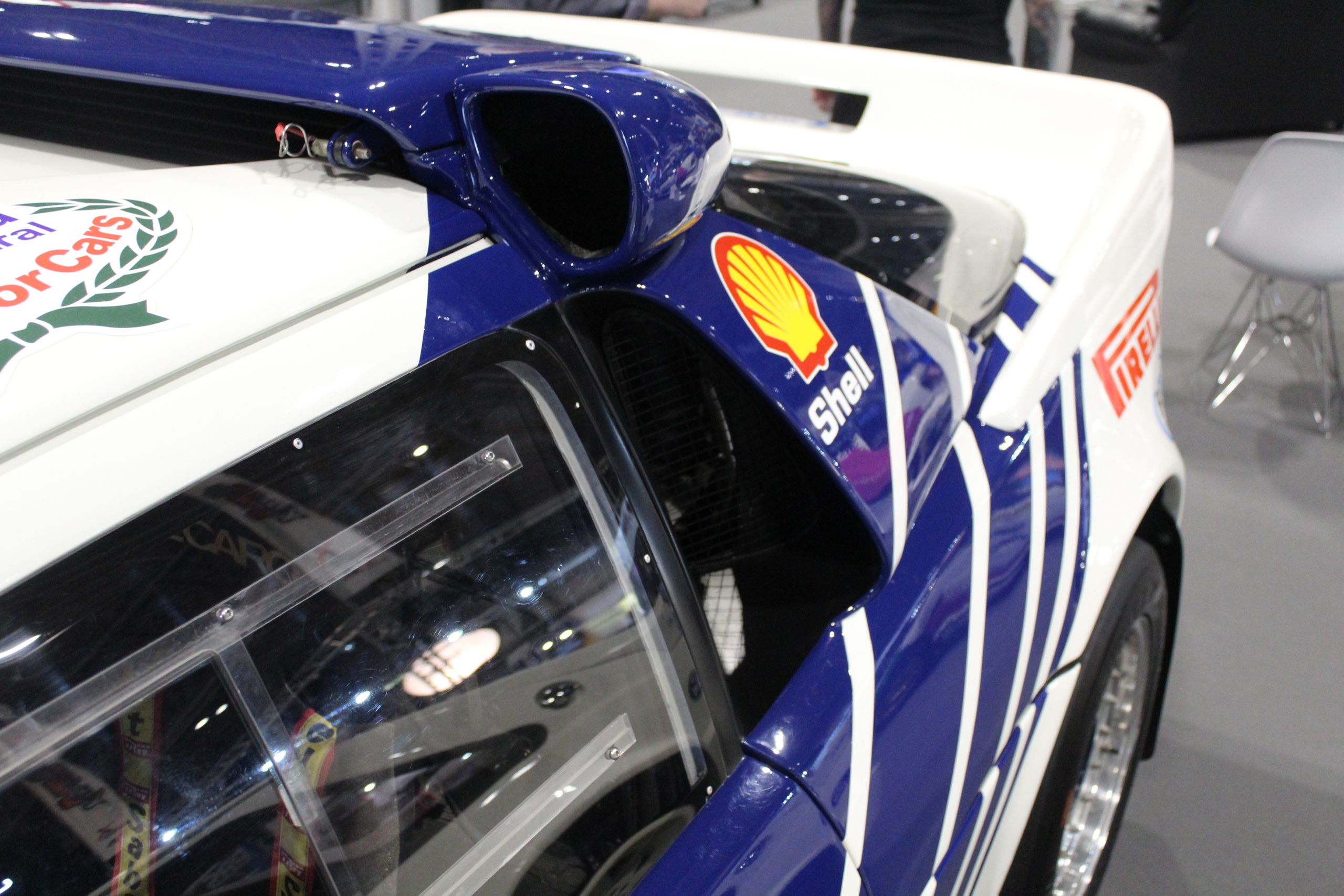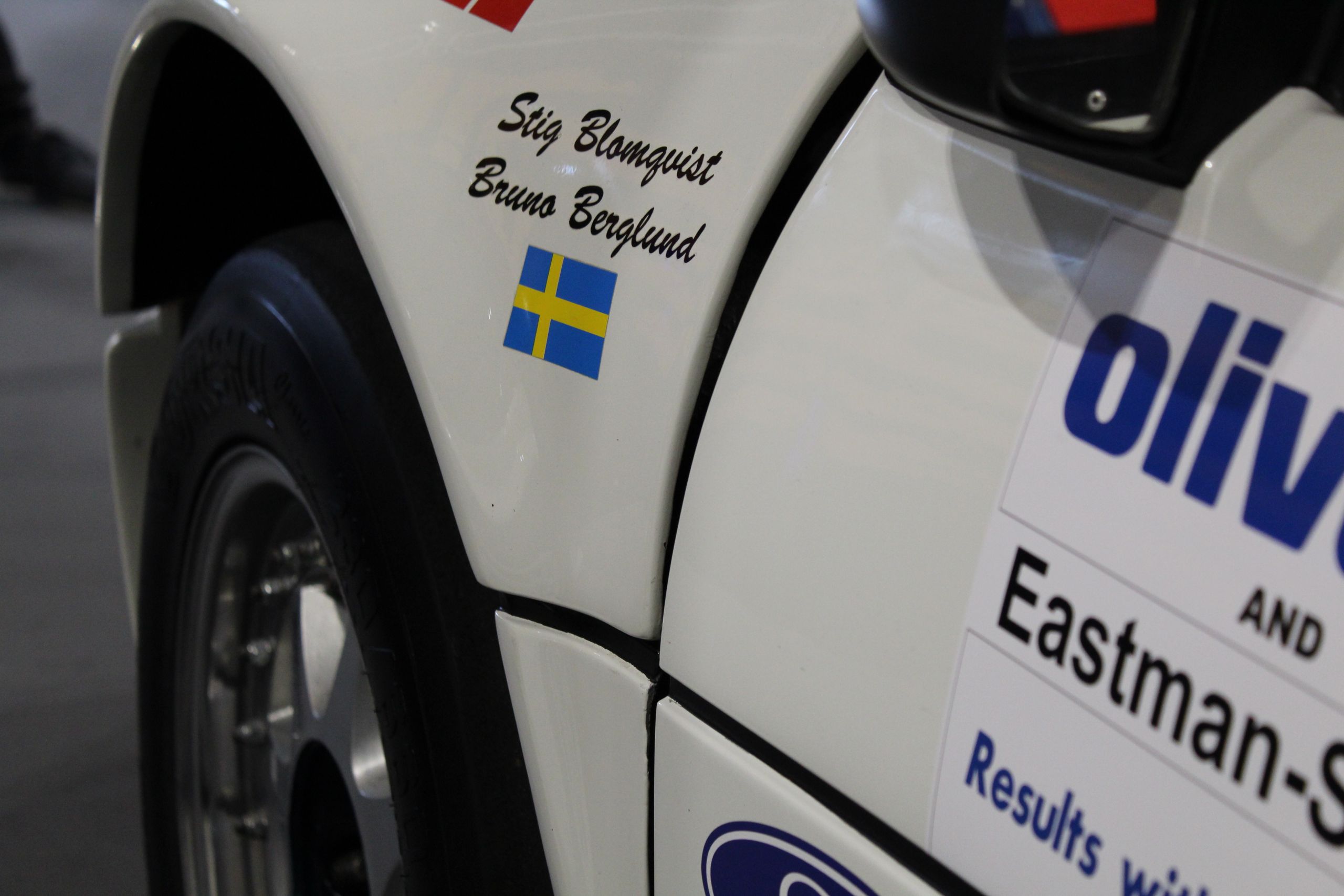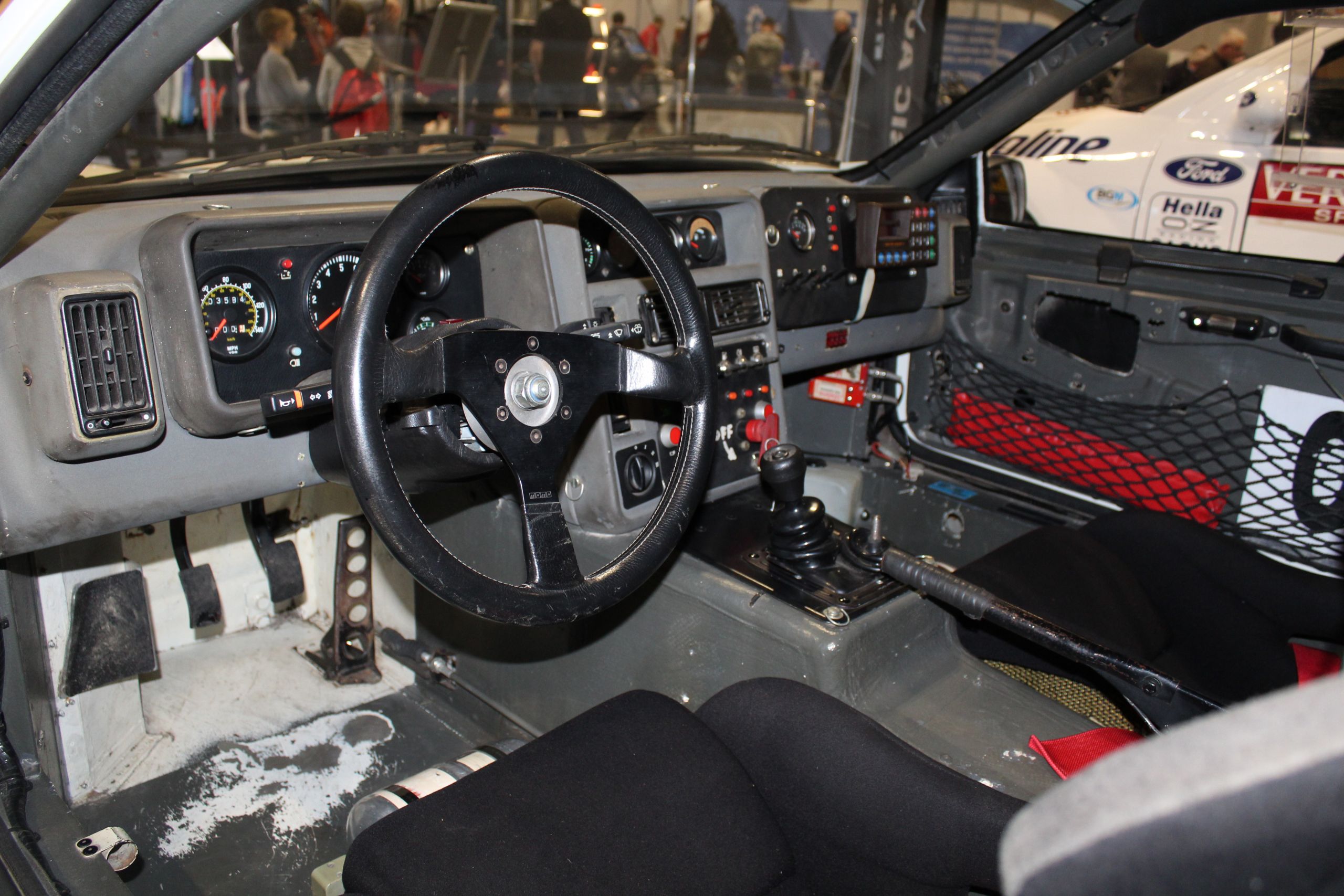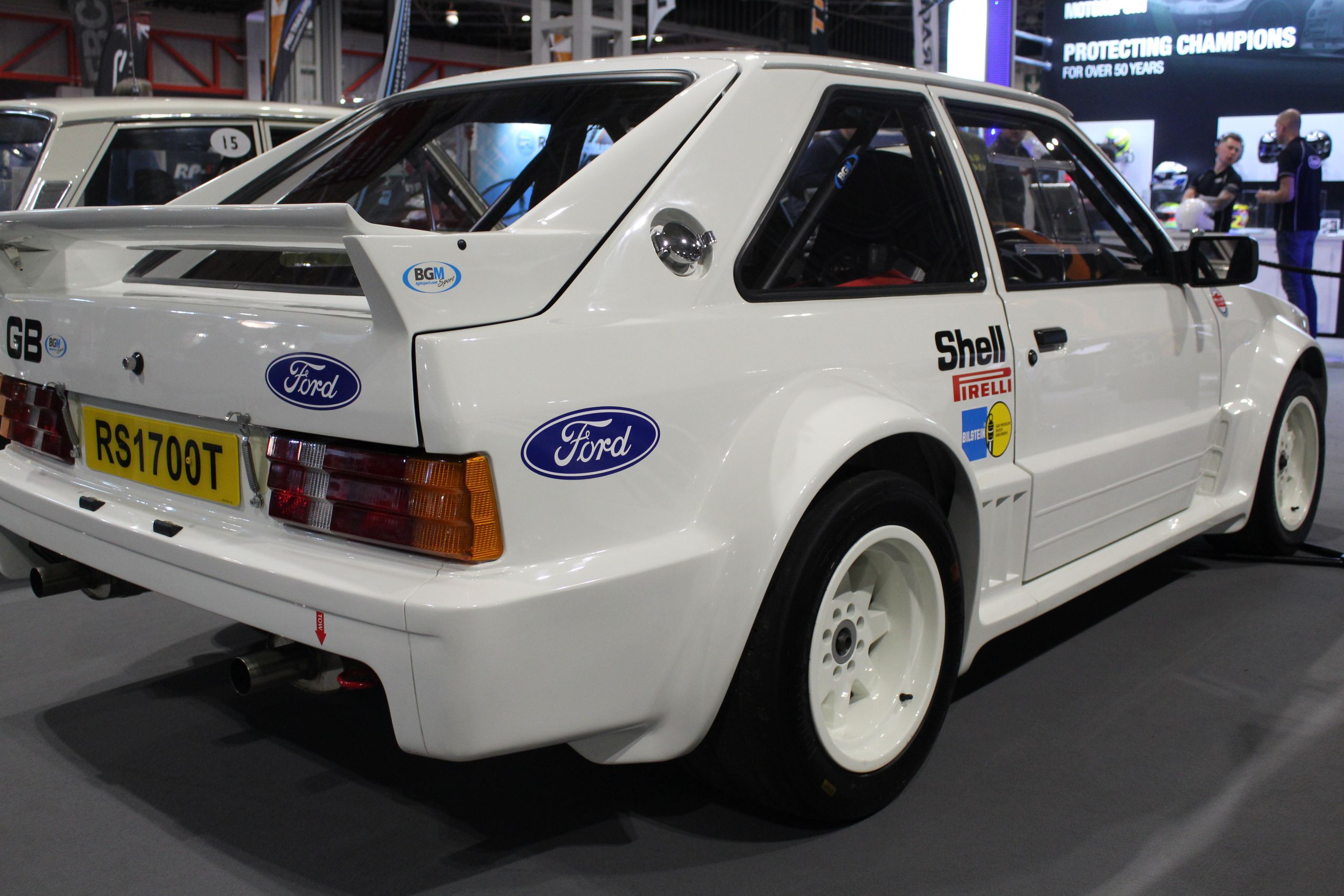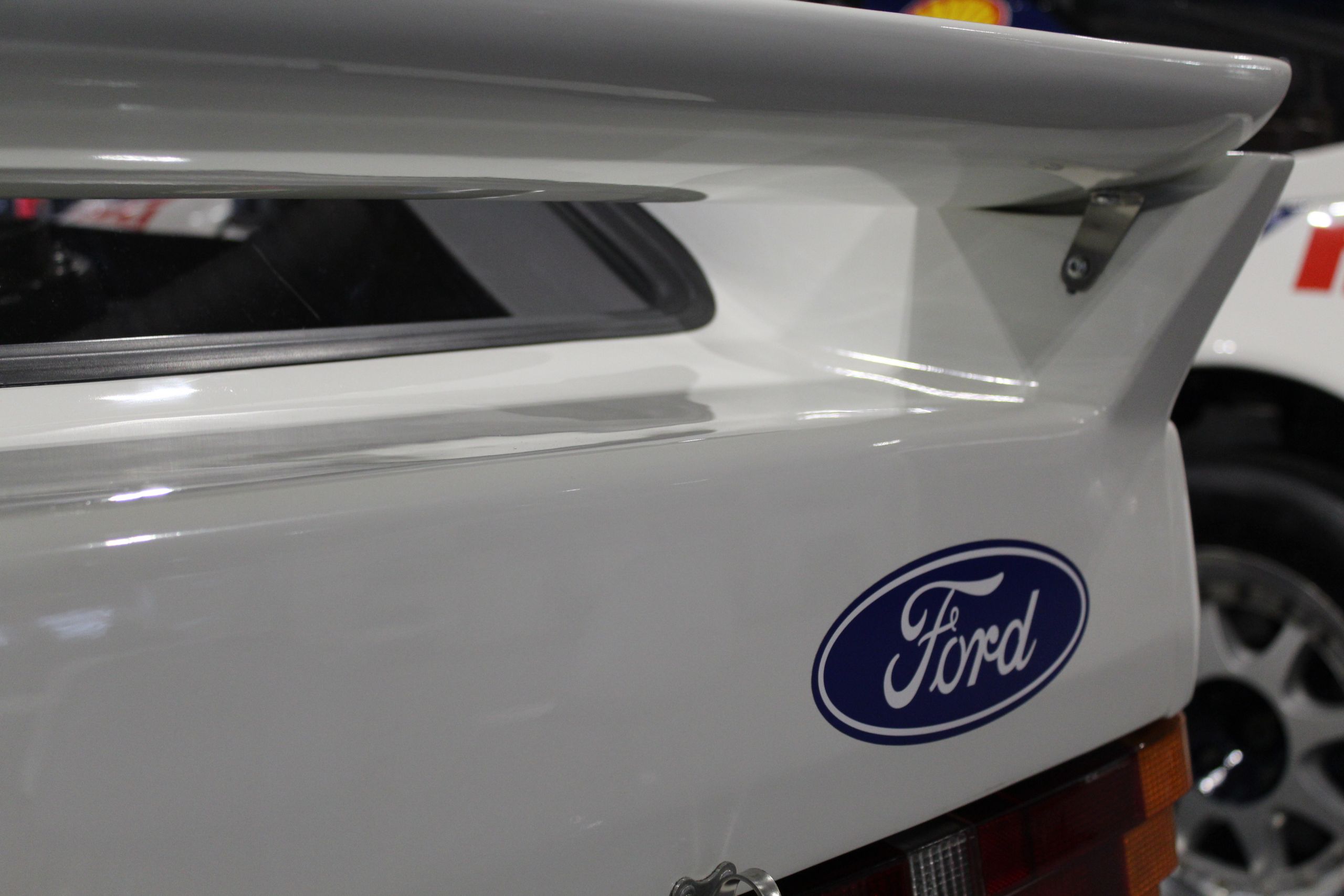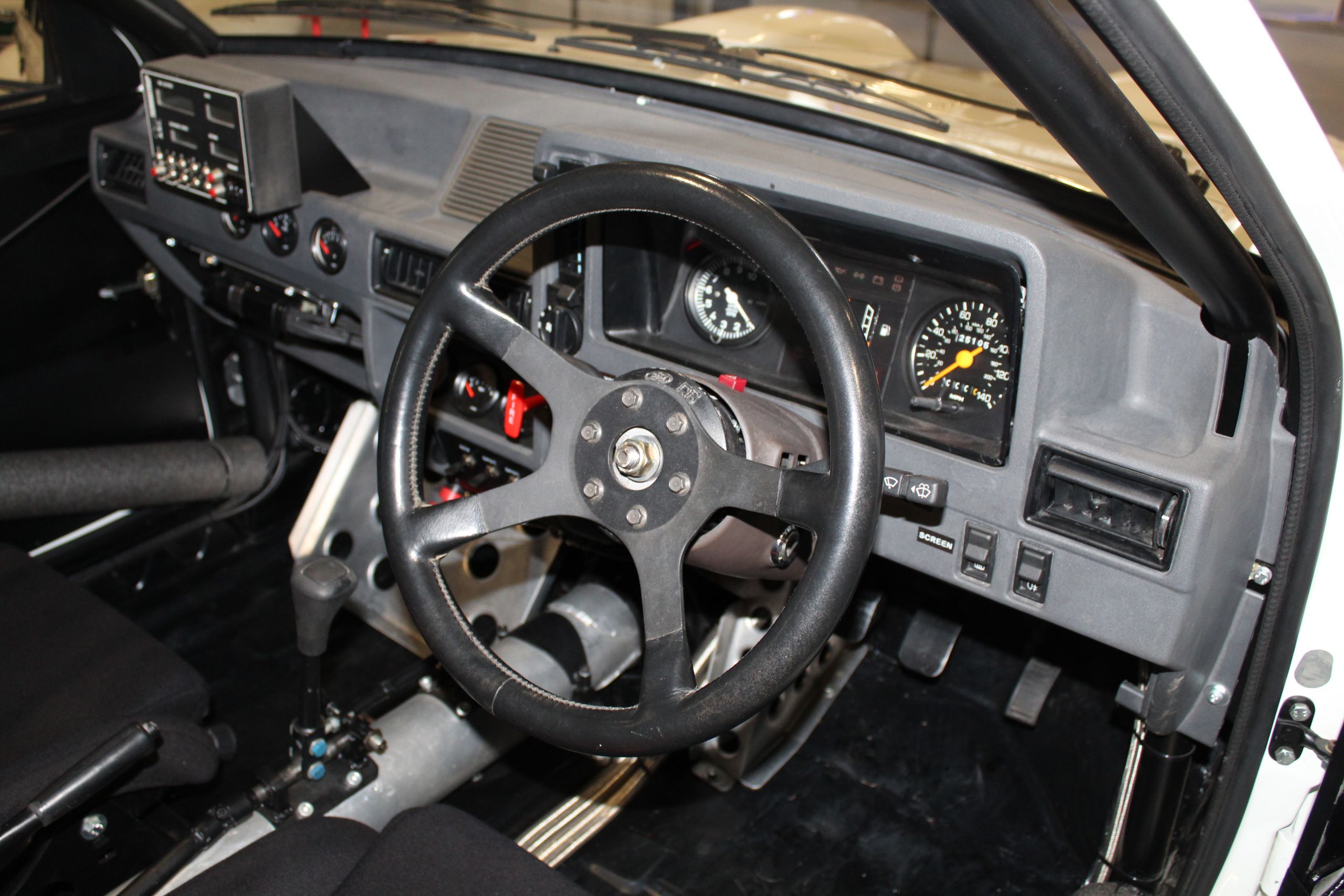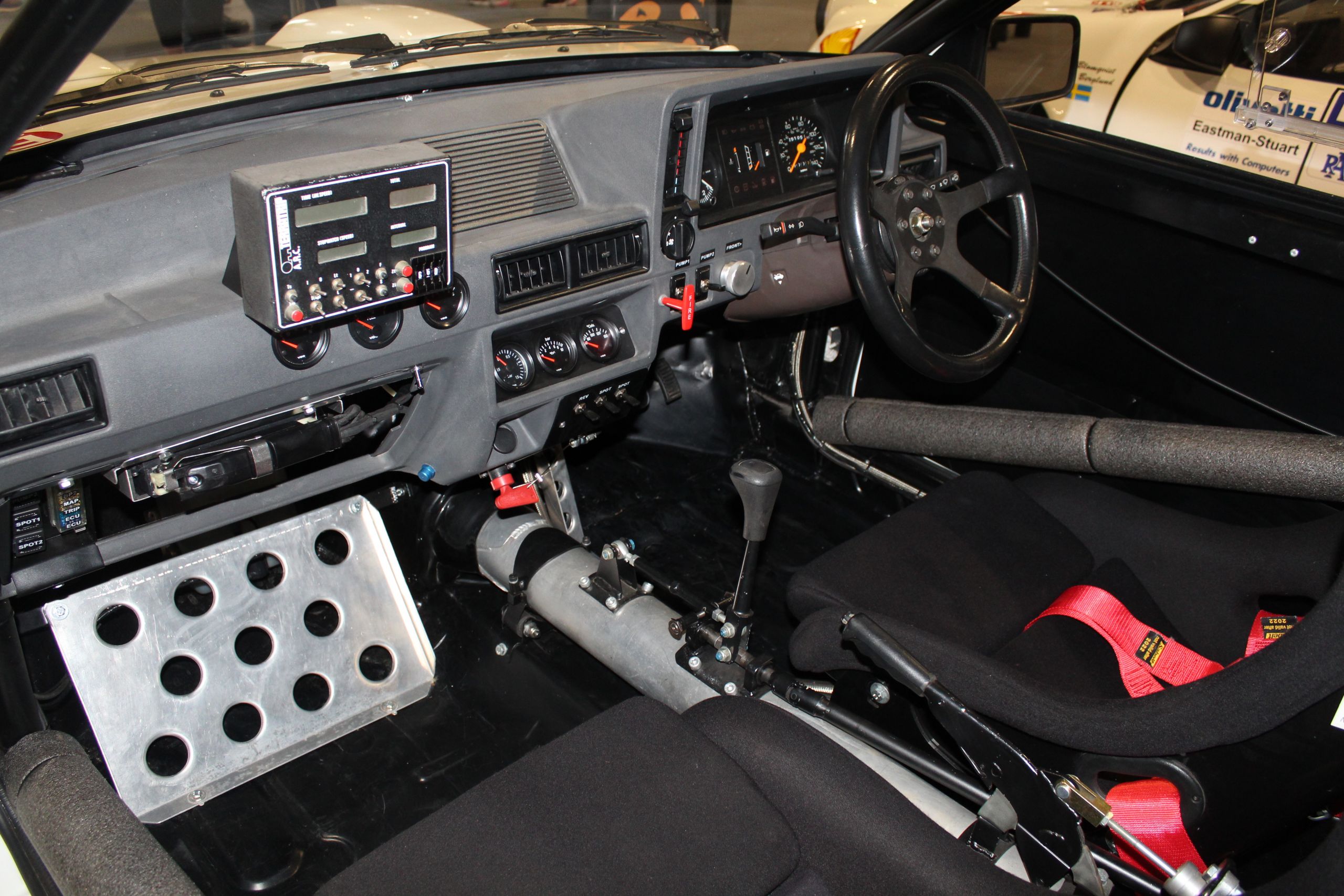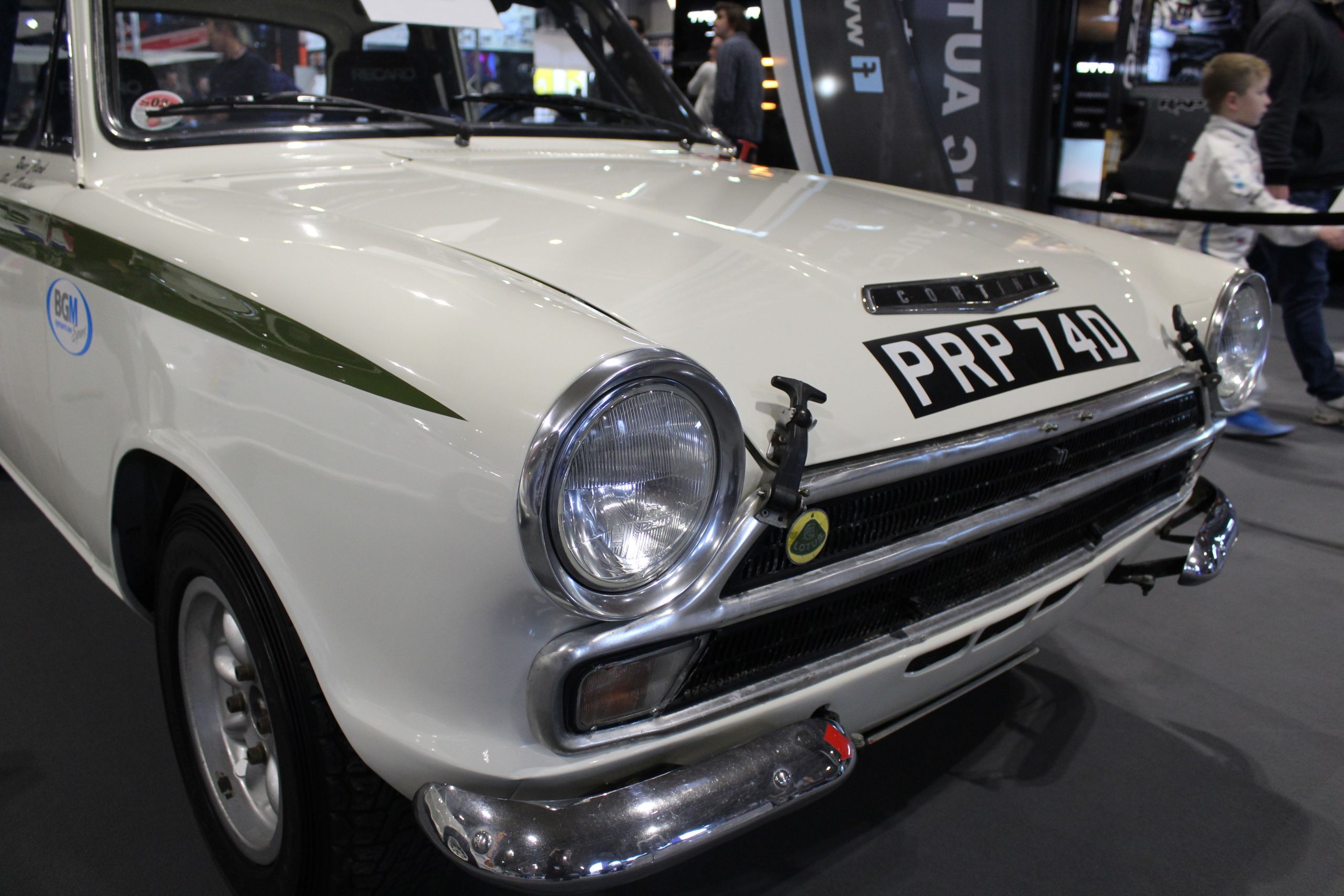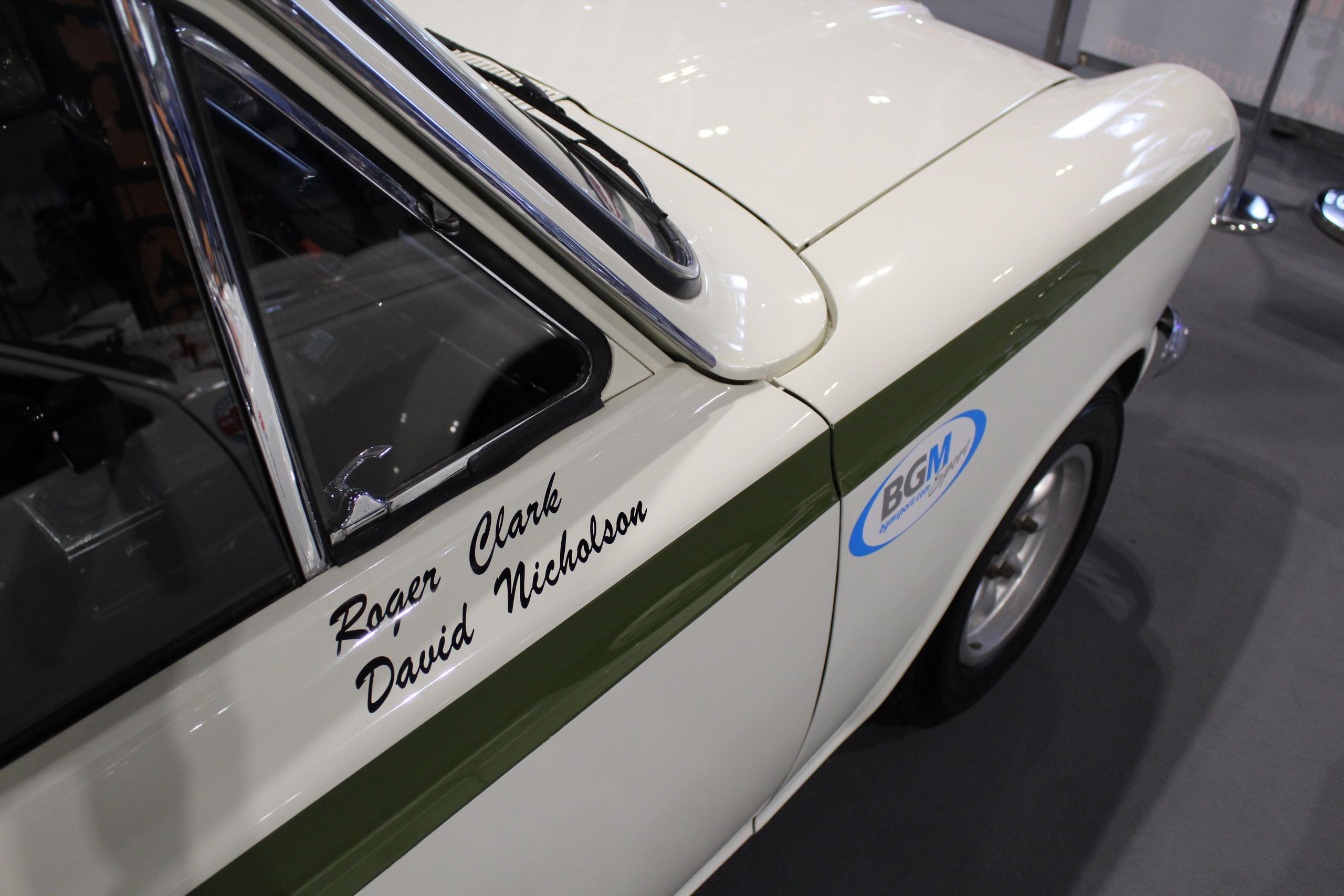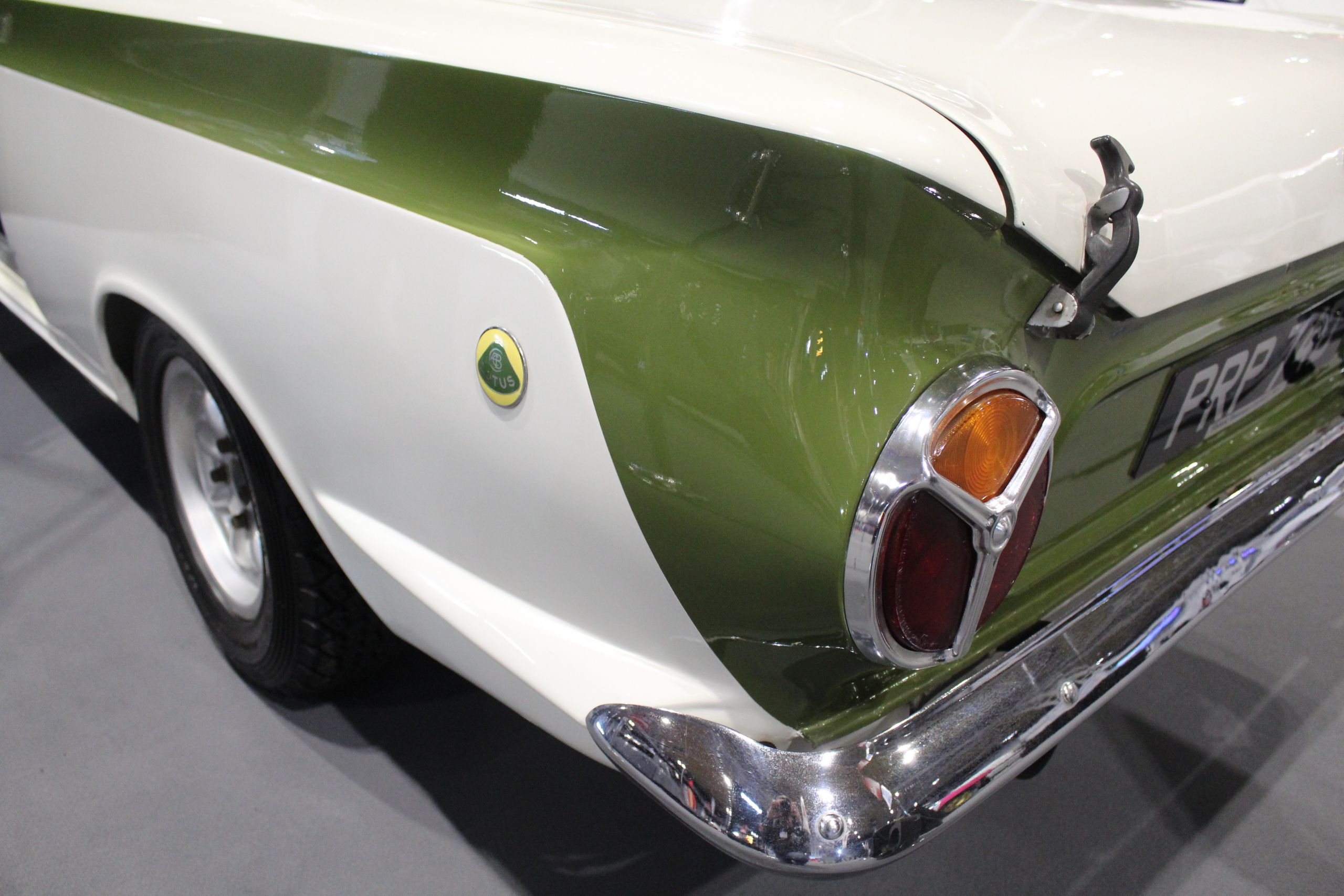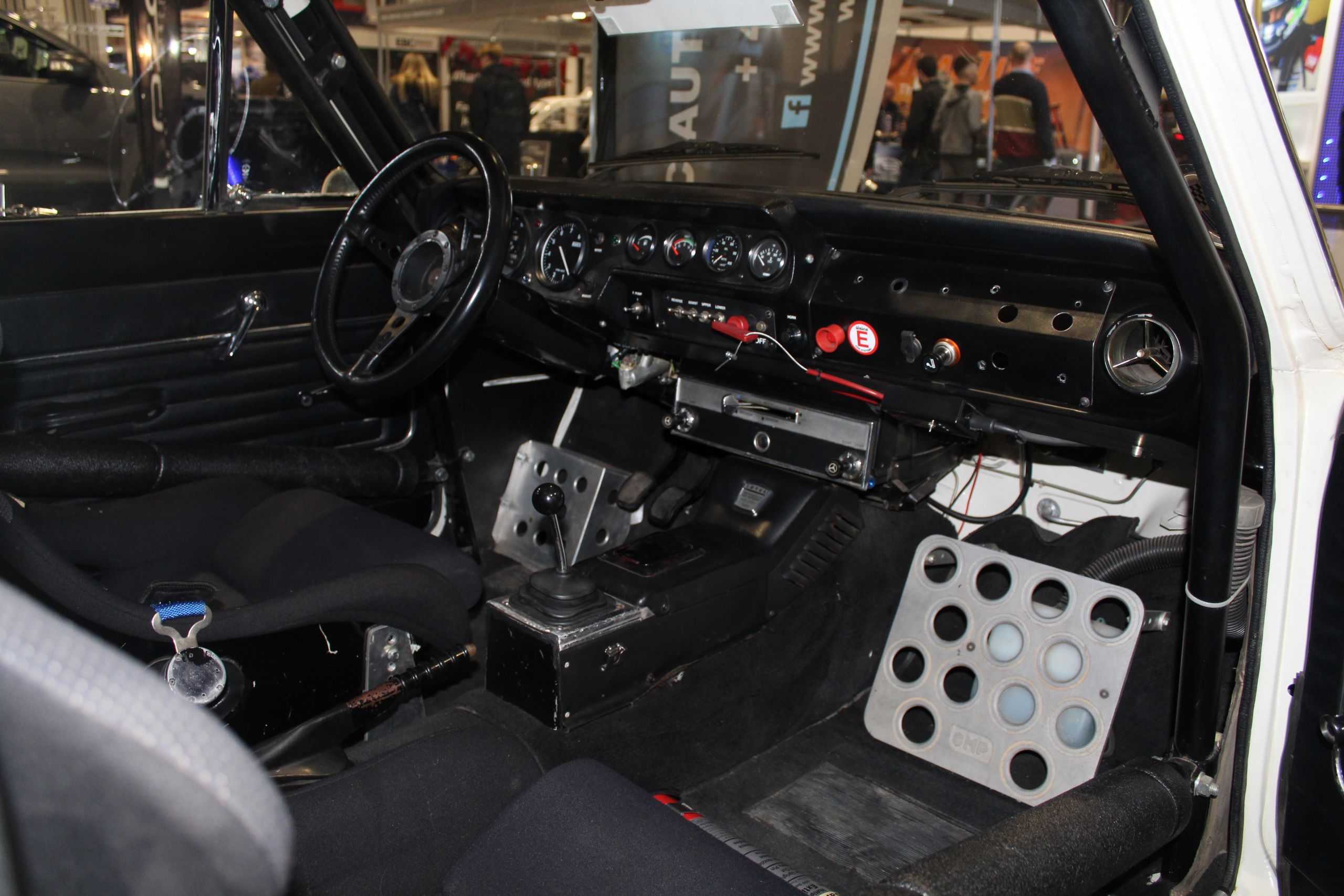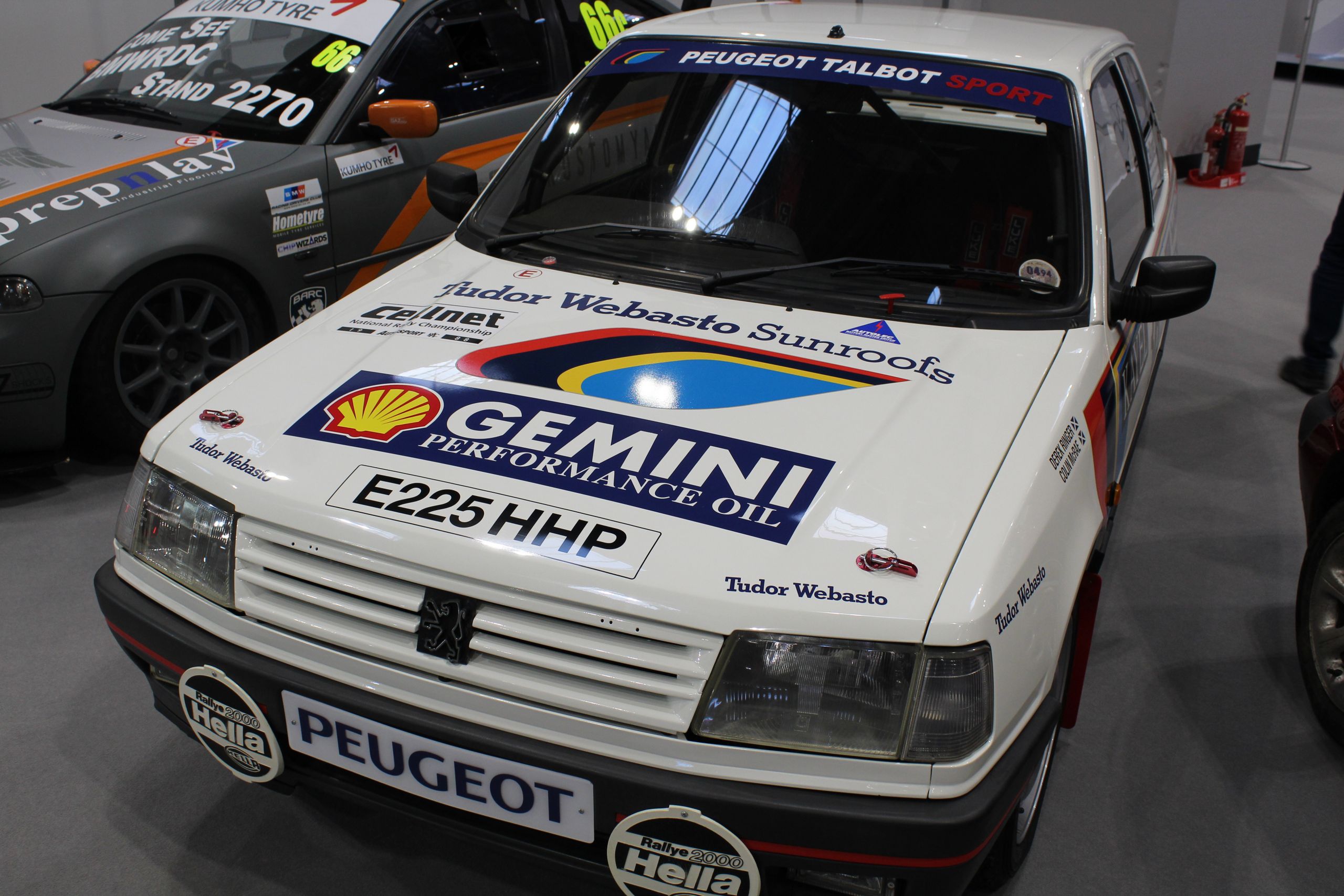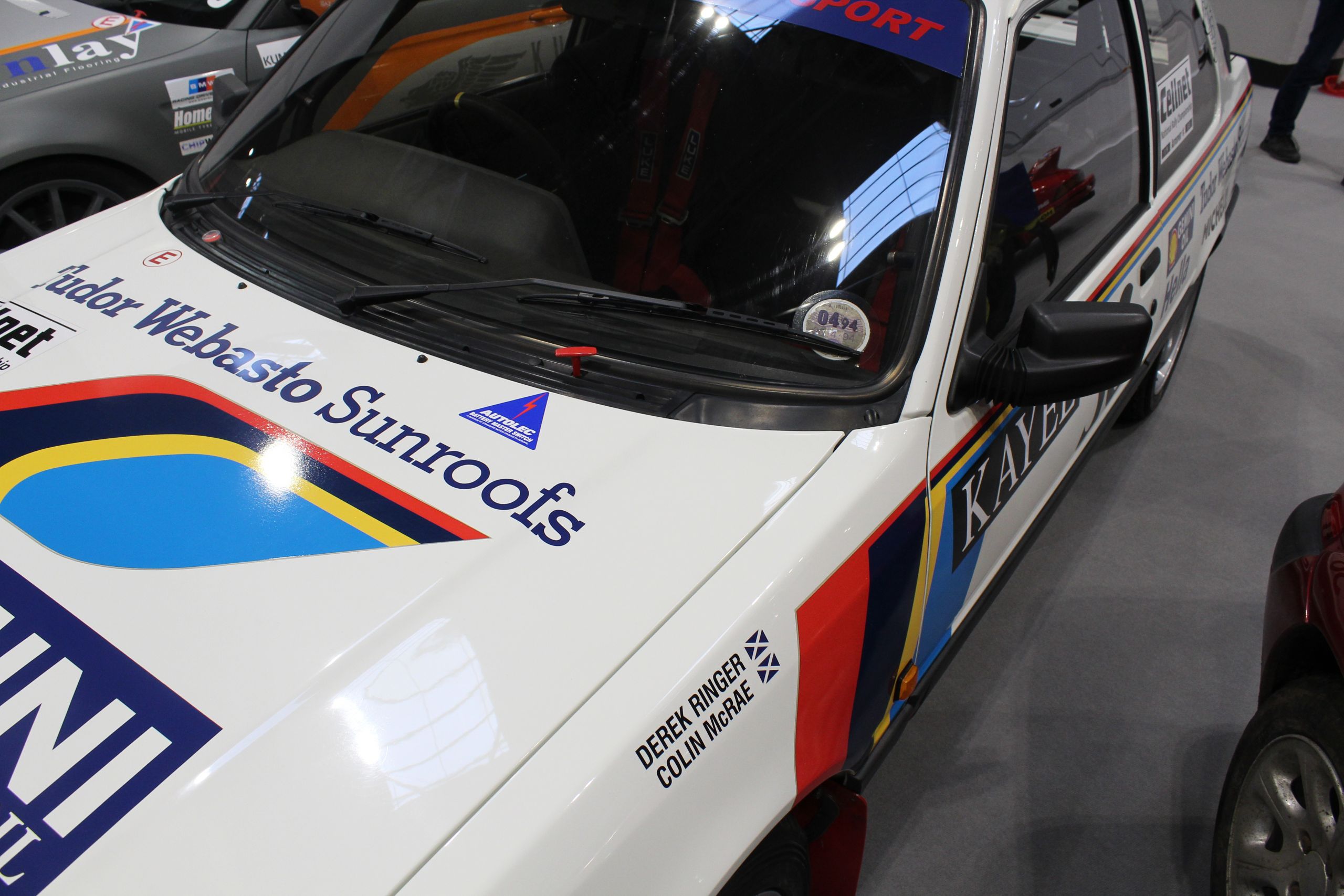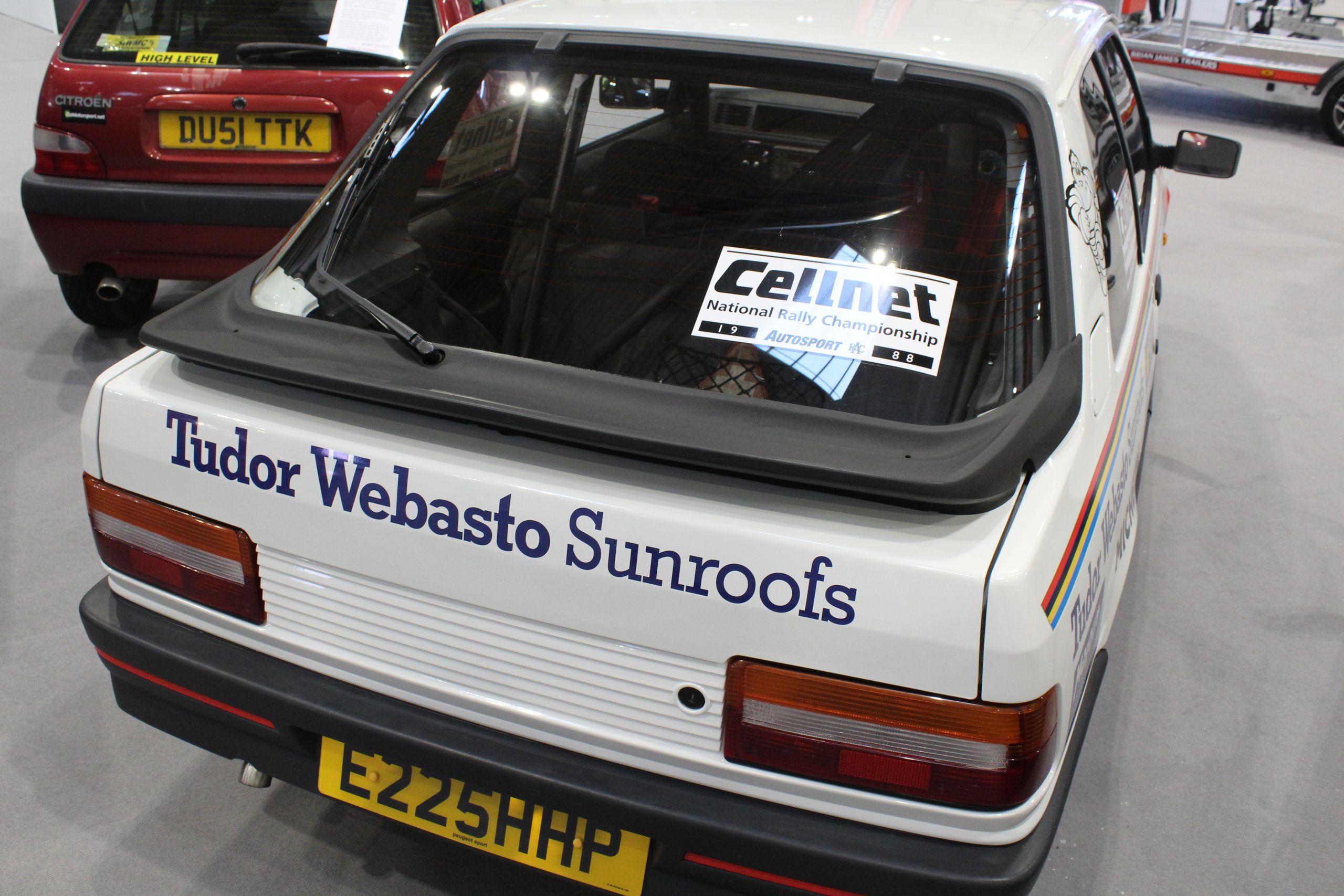Le Man is a circuit full of history and prestige. Today, it delivered a stunning race as we watch a phenomenal season unfold in front of us.
Jorge Martin will be leaving France with both a medal and a trophy, after claiming a double victory in Le Mans. He has taken a stunning win which showcased both his speed and his intelligence. At the start of the race, he slotted in behind Pecco Bagnaia and stayed close on his tail, letting Bagnaia dictate the pace whilst he calculated and weighed up his options, before making the move on lap 21.
Despite leading for those 21 laps today, Bagnaia ended up settling for 3rd. He was also bested by Marc Marquez on the very final lap of the race, as he recreated yesterday’s amazing result with another 2nd place today – the perfect gift for Gresini’s 1,000th race. However, it was a much trickier race than yesterday’s sprint for Marquez as he fought his way through the grid and found himself involved in numerous battles with the likes of Enea Bastianini, Maverick Vinales and Fabio DiGiannantonio.
Pedro Acosta, the only rookie on the grid this year, has ended his points scoring run with a DNF today. He made an aggressive move when fighting for 3rd place with Aleix Espargaro and DiGiannantonio – three into one at turn 8 was never going to end well!
It was a promising day for home hero Fabio Quartararo – he has been much more on the pace throughout this weekend but sadly crashed out halfway through the race. He and the crowd alike were visibly disappointed but there are plenty of promising signs to take away from today.
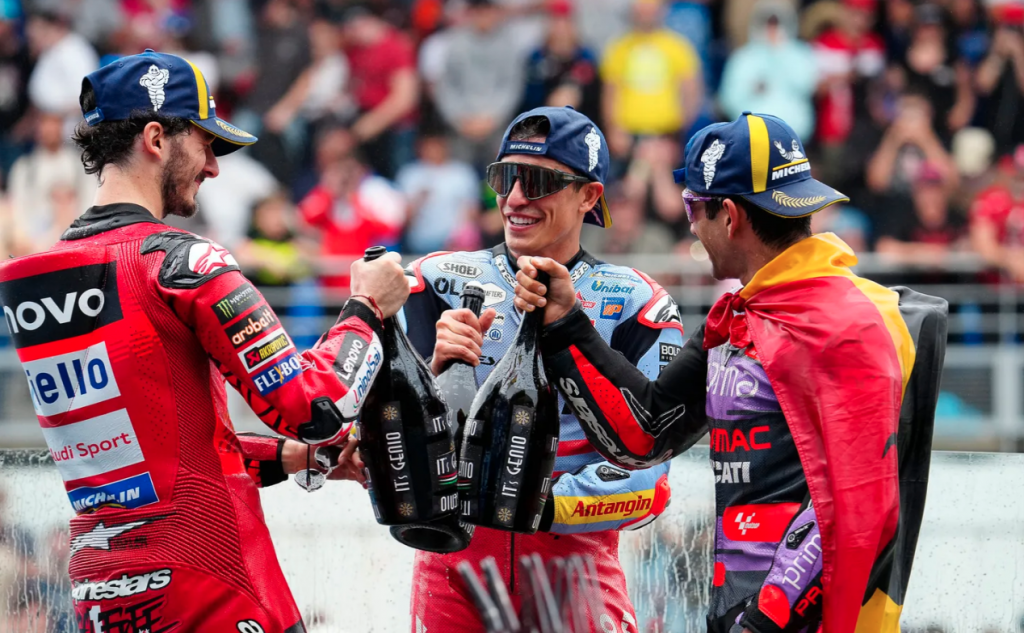
AS IT HAPPENED
Compared to yesterday’s sprint race, today’s feature race started under slightly cooler conditions, with the wind picking up. But it could have been worse – We were predicted rain today, but that thankfully didn’t appear.
As the lights went out, Pecco Bagnaia was quick to jump to the front of the grid, having started in 2nd. It was another good start for Marc Marquez, but not quite as impressive as yesterday – today, he gained 5 places in the opening corners, leaping up to 8th.
It was a difficult start for both Marco Bezzecchi and Maverick Vinales. Bezzecchi’s front tire jumped up on the start line and left him vulnerable to the rest of the grid who swallowed him, leaving him in 9th – 4 places down on his starting position. Vinales went deep into turn 1 and was forced to go very wide. He journeyed in to the run off area and rejoined the field in 5th, losing 2 places.
So as the grid finished the first lap, it was Bagnaia leading from Jorge Martin and Aleix Espargaro. Fabio DiGiannantonio was in 4th, with Vinales in 5th. The top ten was rounded out by Pedro Acosta, Enea Bastianini, Marc Marquez, Marco Bezzecchi and home hero Fabio Quartararo respectively.
Bagnaia was eager to try and put some clean air between himself and Martin but the Prima Pramac rider just wouldn’t let the Ducati escape. He was happy to sit in behind the reigning championship and allow him to dictate the peace whilst he calculated the right time to make a move.
On lap 3, we had our first crasher, with Pedro Acosta going down at turn 8. He was fighting with Espargaro and DiGiannantonio for 3rd but Acosta was just too aggressive in to the corner. As he went down, his back wheel was hit by DiGiannantonio who, somehow, impressively kept his bike upright! This is the first race of the season where the rookie has failed to score points.
First big mistake of the #MotoGP rookie! ❌@37_pedroacosta crashed out at Turn 9 when he was battling against @FabioDiggia49 and @AleixEspargaro for P3! 💥#FrenchGP 🇫🇷 pic.twitter.com/zTcfk5PKzQ
— MotoGP™🏁 (@MotoGP) May 12, 2024
The following lap, Bezzecchi’s horrible day came to an end as he crashed at turn 6. He was trying to get the cut back on Bastianini, who he was fighting with for 7th place.
A few laps later, Marquez was making moves on Vinales as they fight for 5th. Vinales made his bike as wide as possible as he defends and manages to keep hold of the position. Meanwhile, DiGIannantoni is continuing to fight with Espargaro for 3rd – he is clearly desperate to make a move. He eventually gets past at the La Chapelle corner on lap 8, the following lap.
At this point in the race, the top riders were all battling in pairs, with Bagnaia and Martin fighting for 1st, DiGiannantonio fighting for 3rd as well as Vinales and Marquez battling for 5th. These battles continue until lap 10, and that allows Bastianini, in 7th, to catch up and join the fight. By lap 11, just 2 seconds covered the top 7 riders.
On the same lap, Espargaro goes wide at Garage Vert whilst fighting with Vinales. This sees him gifting 4th place to his Aprilia team mate, only for Marquez to quickly rob him of 5th place as well.
The following lap sees Bastianini making a very late move on Espargaro and pushing him completely off the track. Bastianini is gifted 6th as a result, but he is quickly slapped with a long lap penalty for cutting turn 9 as he recovers from the battle.
At the halfway point of the race, it felt like things were starting to settle down. Martin was still in 2nd but stuck close to the rear tire of Bagnaia in 1st. There was then a 0.9 second gap to DiGiannantonio in 3rd and Vinales in 4th. Marquez was 0.3 seconds behind in 5th, with Bastianini in 6th. Home hero, Fabio Quartararo was having a solid race so far in 7th, just ahead of Espargaro, Miguel Oliveira and Franco Morbidelli in 8th, 9th and 10th respectively.
The calm doesn’t last for long as, on lap 17, it was heartbreak for the French crowd as Quartararo crashes out at turn 9 on lap 17.
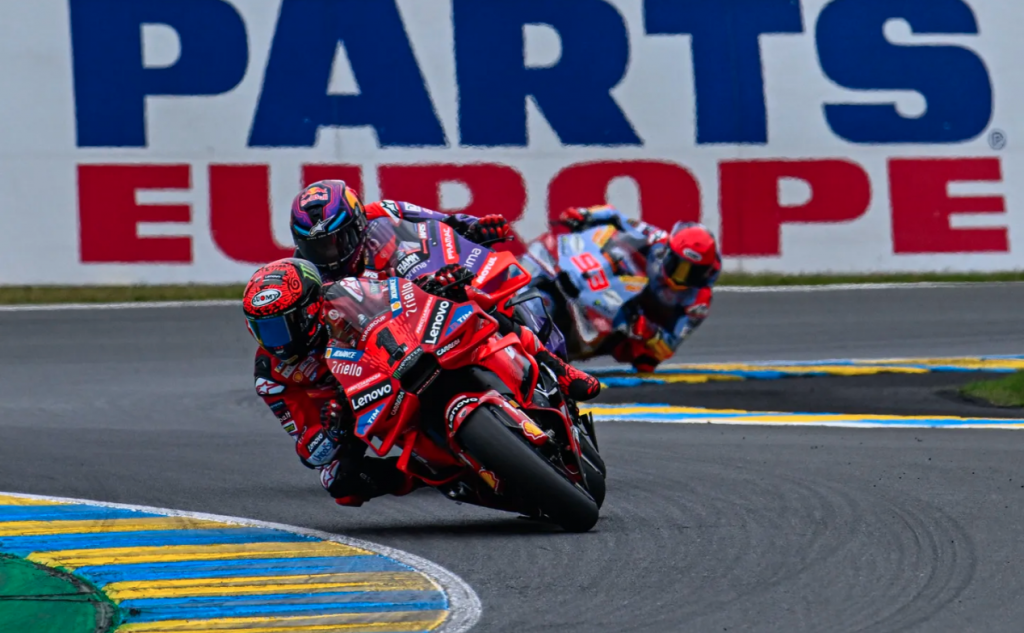
Meanwhile, Marquez makes a move on DiGiannantonio for 3rd. DiGiannantonio just refuses to give up the place and gives us a masterclass in brave defending. The continued battle almost gives Vinales the opportunity to take 4th from Marquez. This close battle continues for a few laps and, eventually, Marquez makes a move for 3rd place that sticks. As DiGiannantonio tries to make the cut back, he goes too wide and lets Vinales up to 4th. The Gresini rider is then forced to rejoin in 5th but, unfortunately, the stewards decided that he didn’t lose enough time when rejoining the field and was handed a long lap penalty.
With Marquez now released into some free air, he starts chasing down the leading pair who are 2 seconds down the road. Martin is closer than he has ever been in the race so far and looking like he is ready to set up a move, with just a handful of laps remaining.
At the start of lap 20, Martin makes his first move on Bagnaia but the reigning champion is quick to cut back and regain the place. The following lap is when Martin makes exactly the same move, again at turn 2, but this time makes the move stick and firmly shuts the door on Bagnaia. This fighting means that the gap to Marquez has now been cut in half, and he is just over a second behind them and catching them at a rapid pace.
Locking horns like 🤯🤯🤯@88jorgemartin makes a move on @PeccoBagnaia but the Italian swiftly gets him back! 🔥#FrenchGP 🇫🇷 pic.twitter.com/c2fB85Xbsr
— MotoGP™🏁 (@MotoGP) May 12, 2024
As the laps continue to tick down, there is nothing between the leading group with Martin now leading from Bagnaia and Marquez.
None of the riders seem comfortable on their soft rear tires but it’s Marquez who seems to be handling these best. He is continuing to close on Bagnaia and on the final lap, with just four corners remaining, he eventually makes his move. With some stunning late breaking, he throws his Gresini up the inside of Bagnaia and manages to make the apex perfectly at turn 7 and 8. This gives Martin some breathing room at the front as Martin sets up defensive moves in the final corners, blocking Bagnaia before he can even think about making a move.
As they cross the line, Martin celebrates a stunning and well-calculated victory with a smash of his bike’s screen. Marquez is equally as thrilled with is performance and celebrates like it was a win.
FULL RESULTS
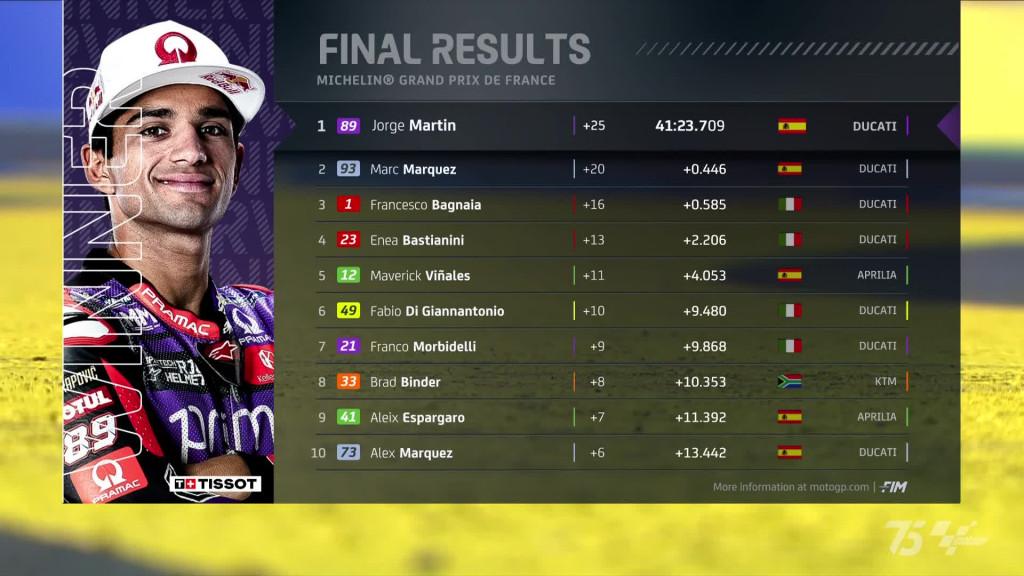
CHAMPIONSHIP STANDINGS
Martin has been able to extend his championship lead with today’s win – he was leading by 28 points but this has now increased to an impressive 38 points as he continues to enjoy a brilliant start to his season.
Bagnaia returns to 2nd in the standings but now has Marquez hot on his heels, as both riders leapfrog Bastianini.
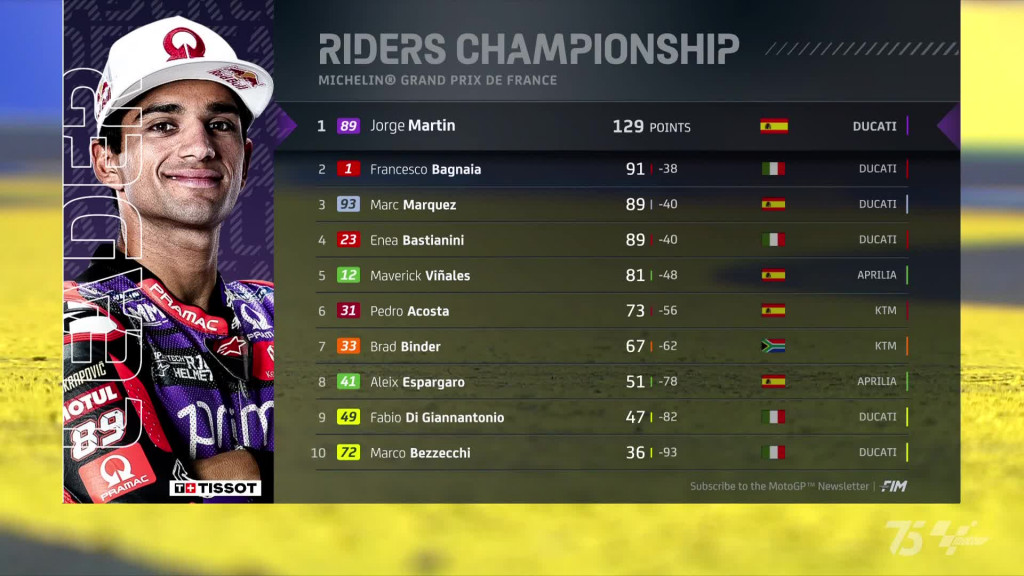
Feature Image Credit: MotoGP
